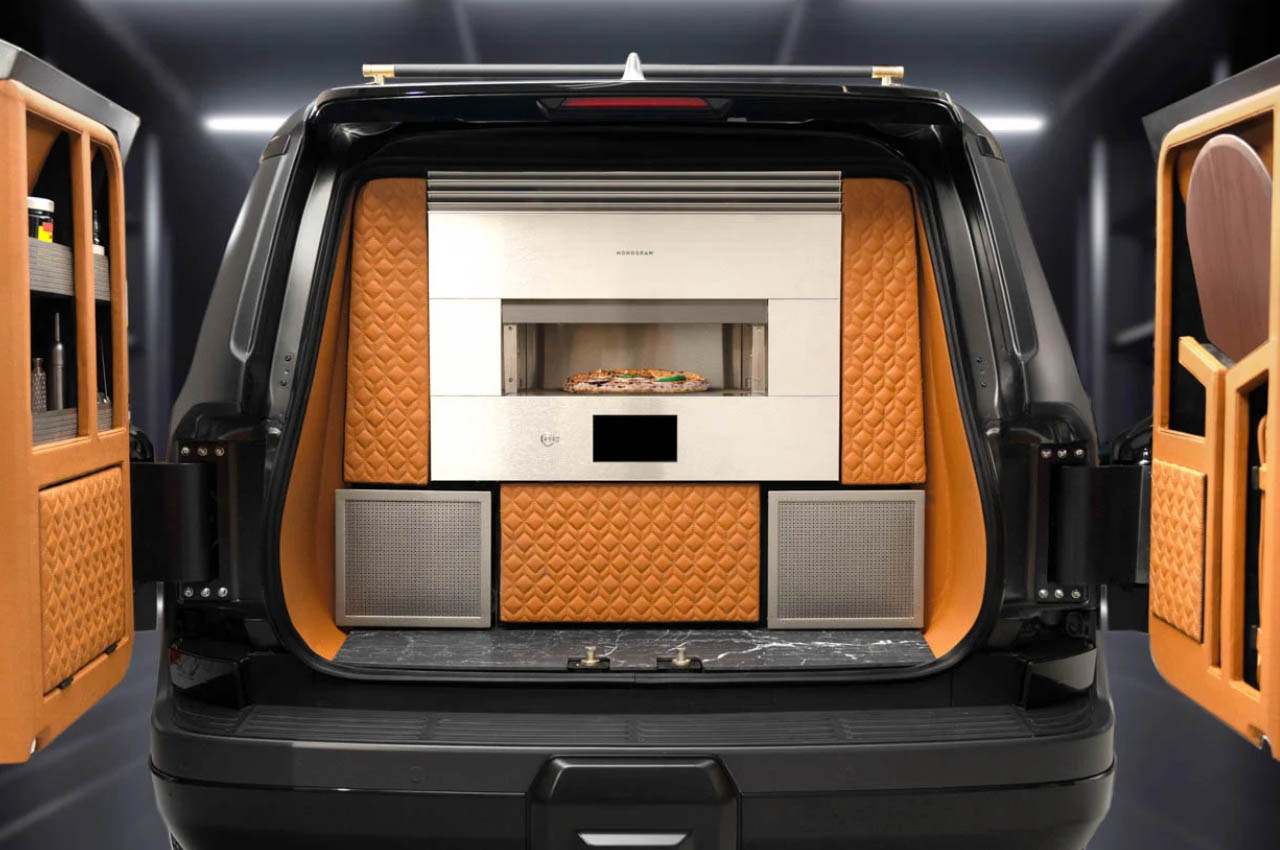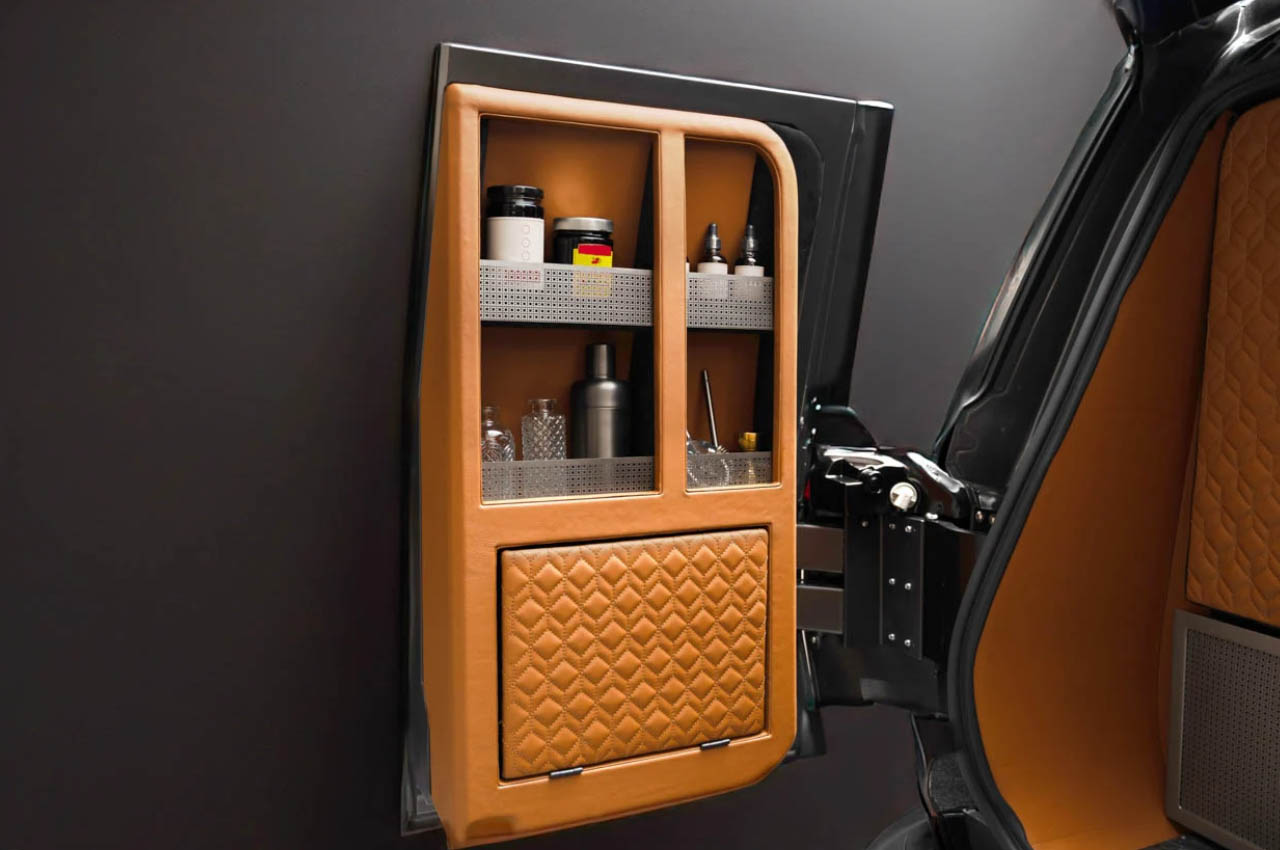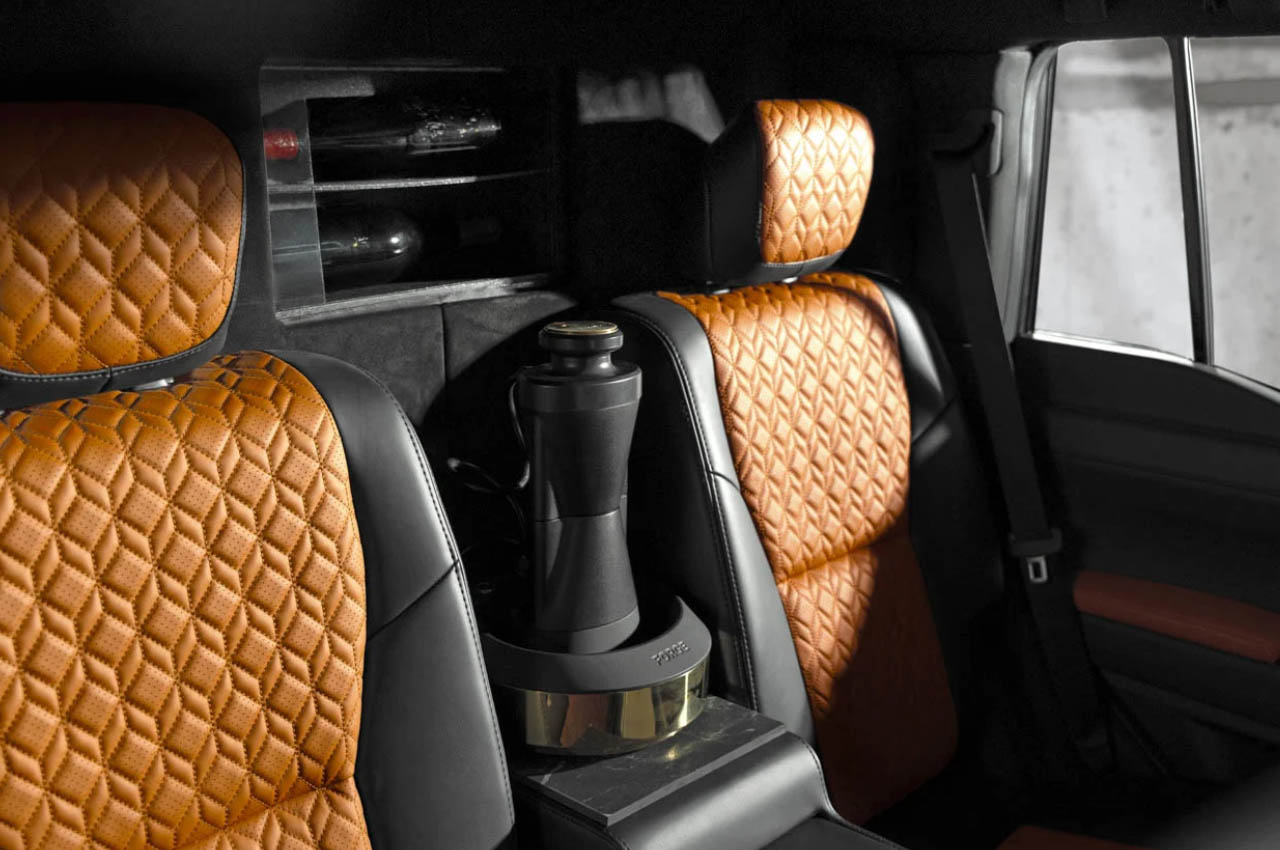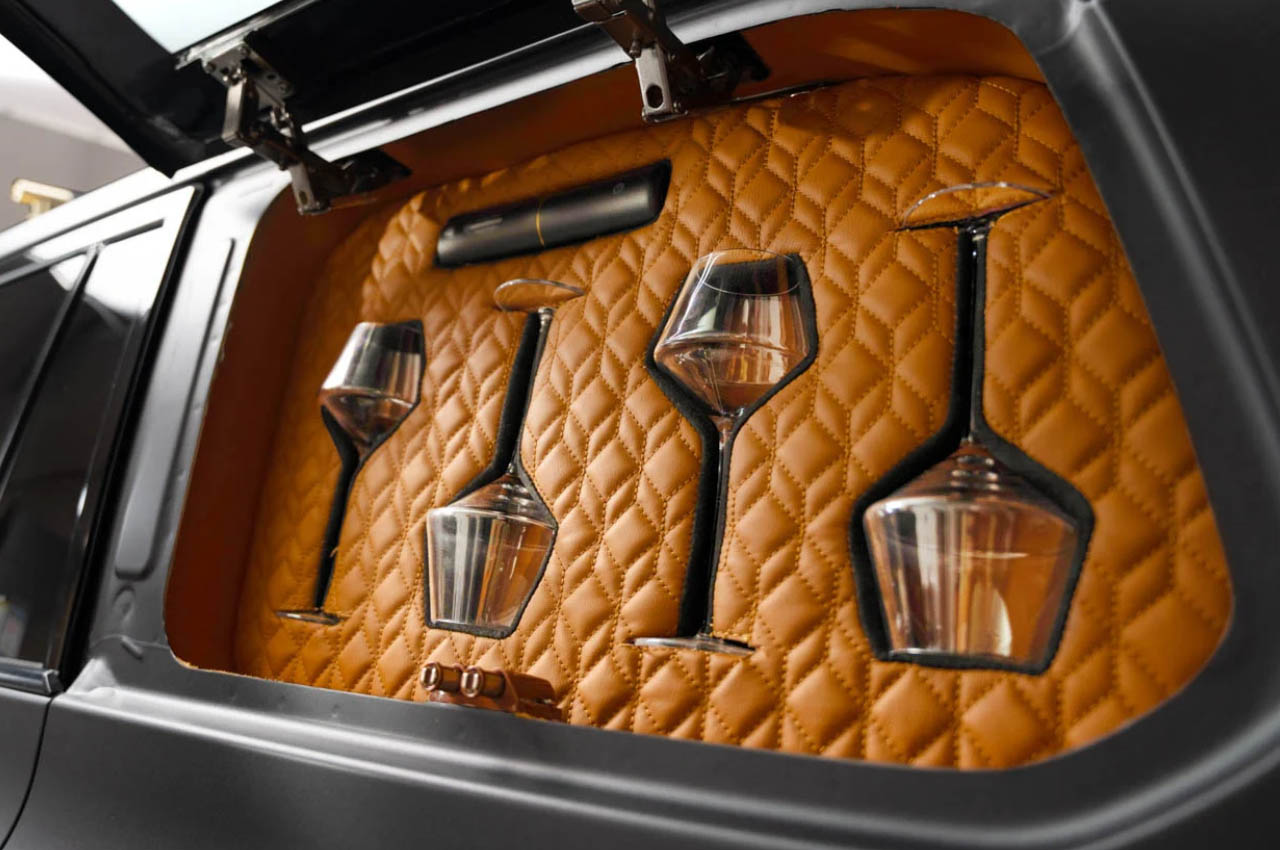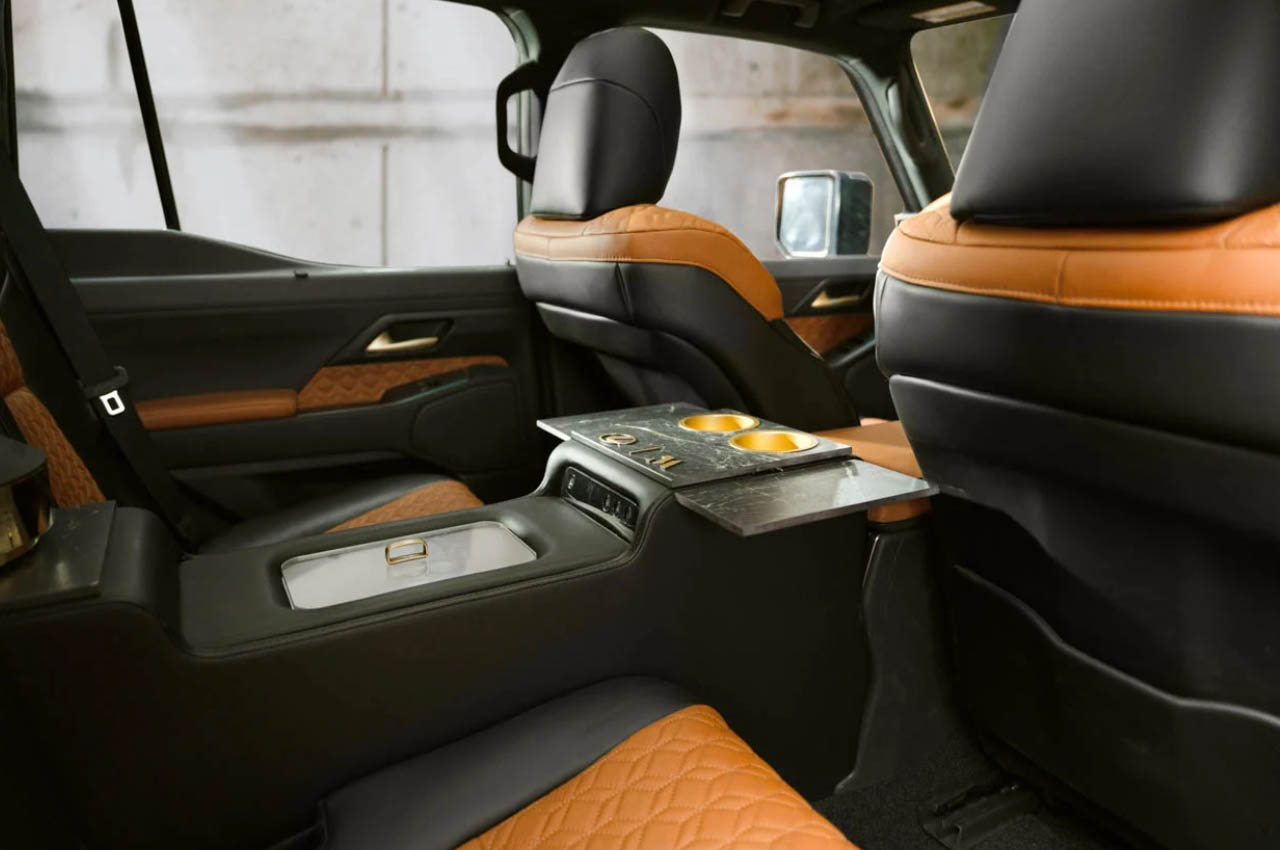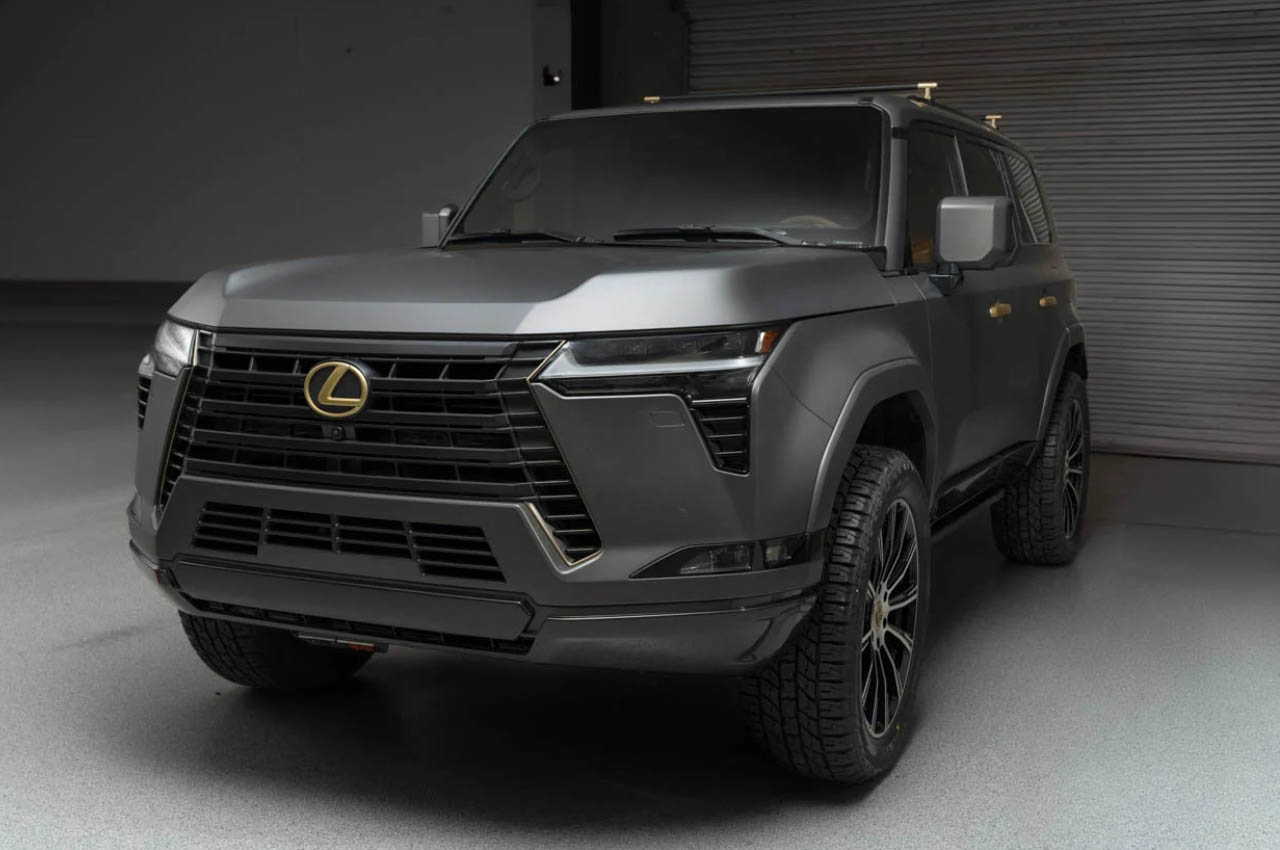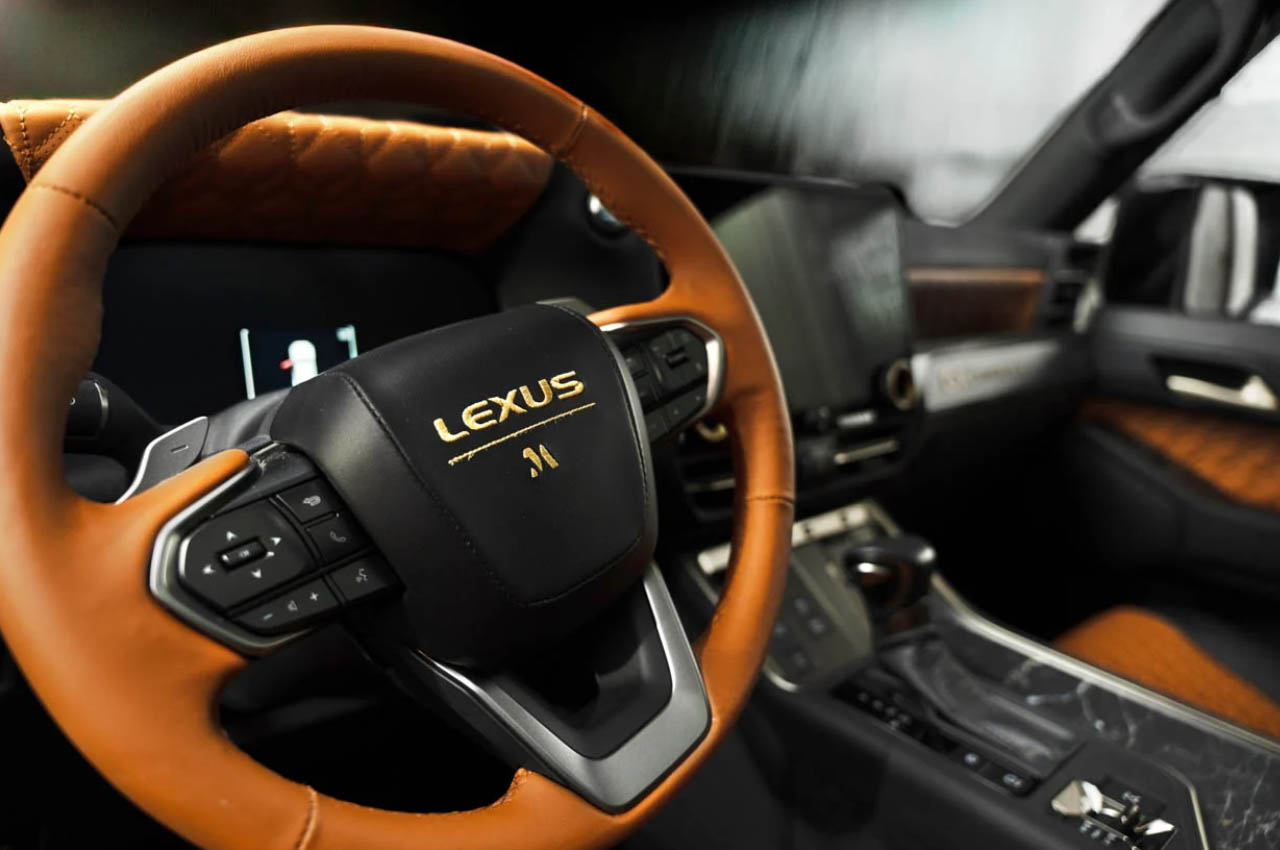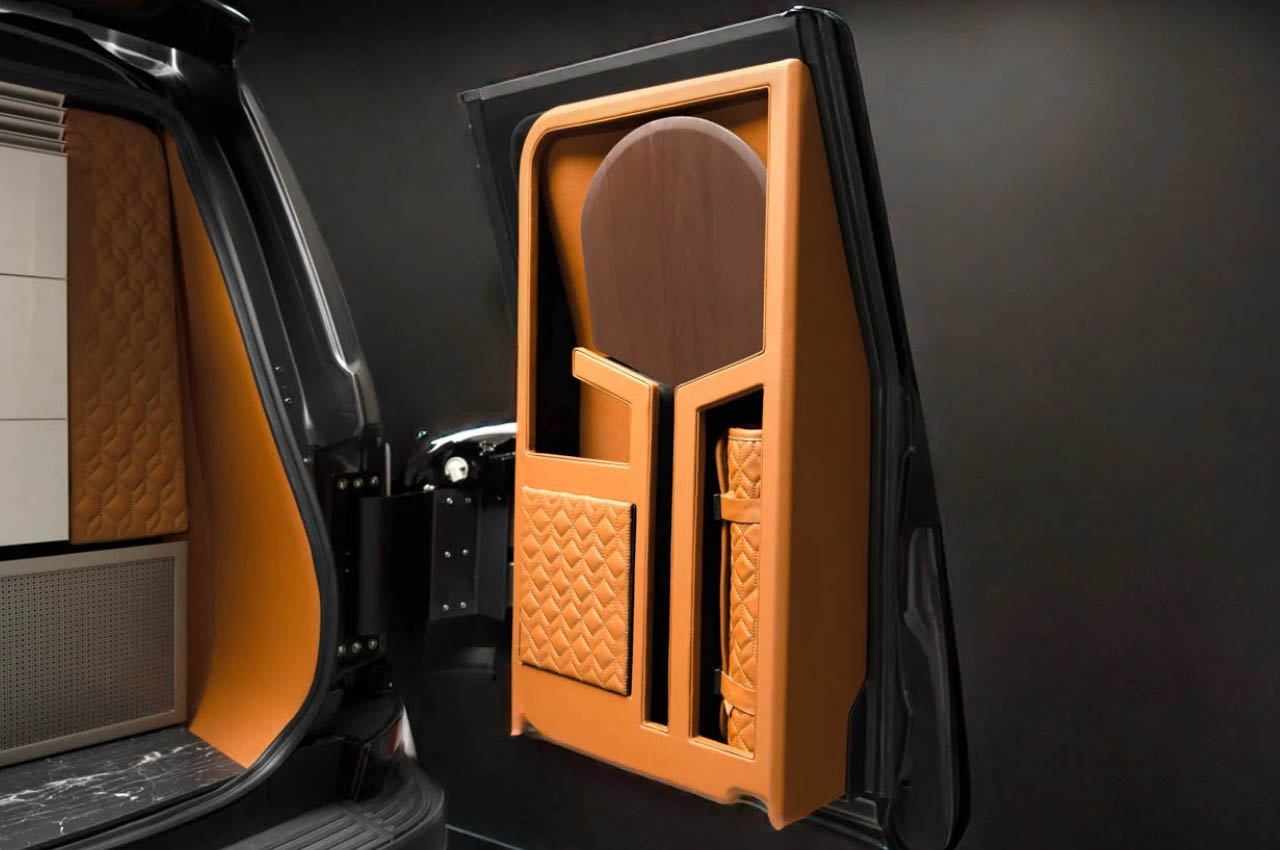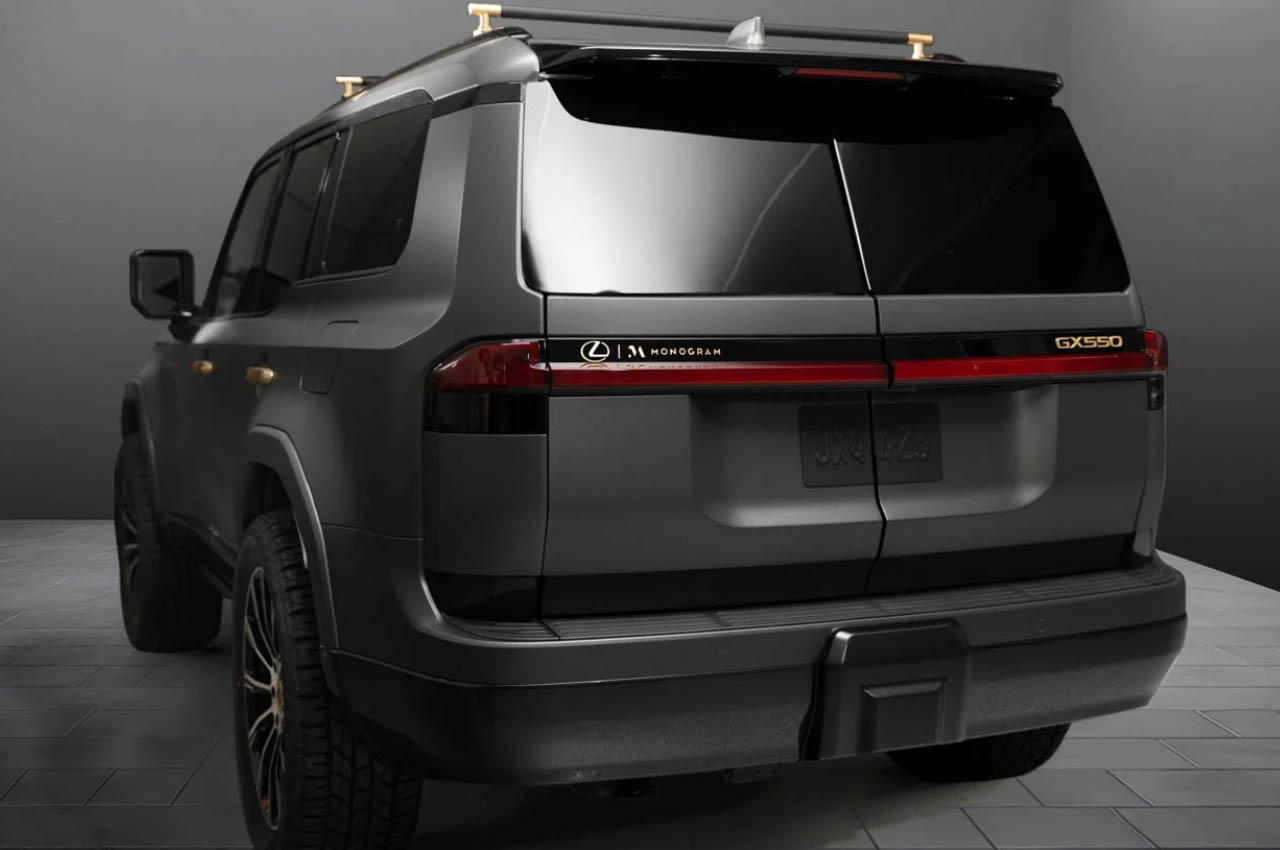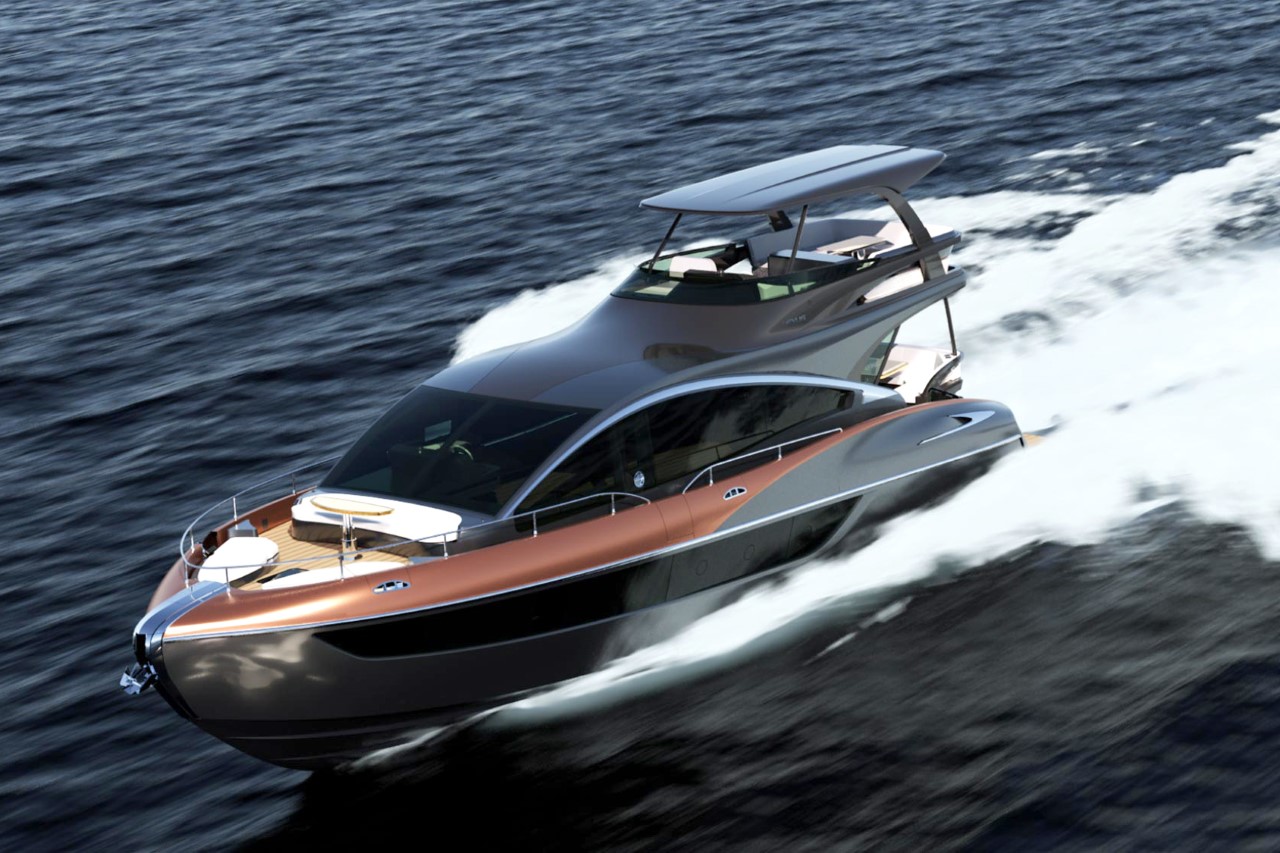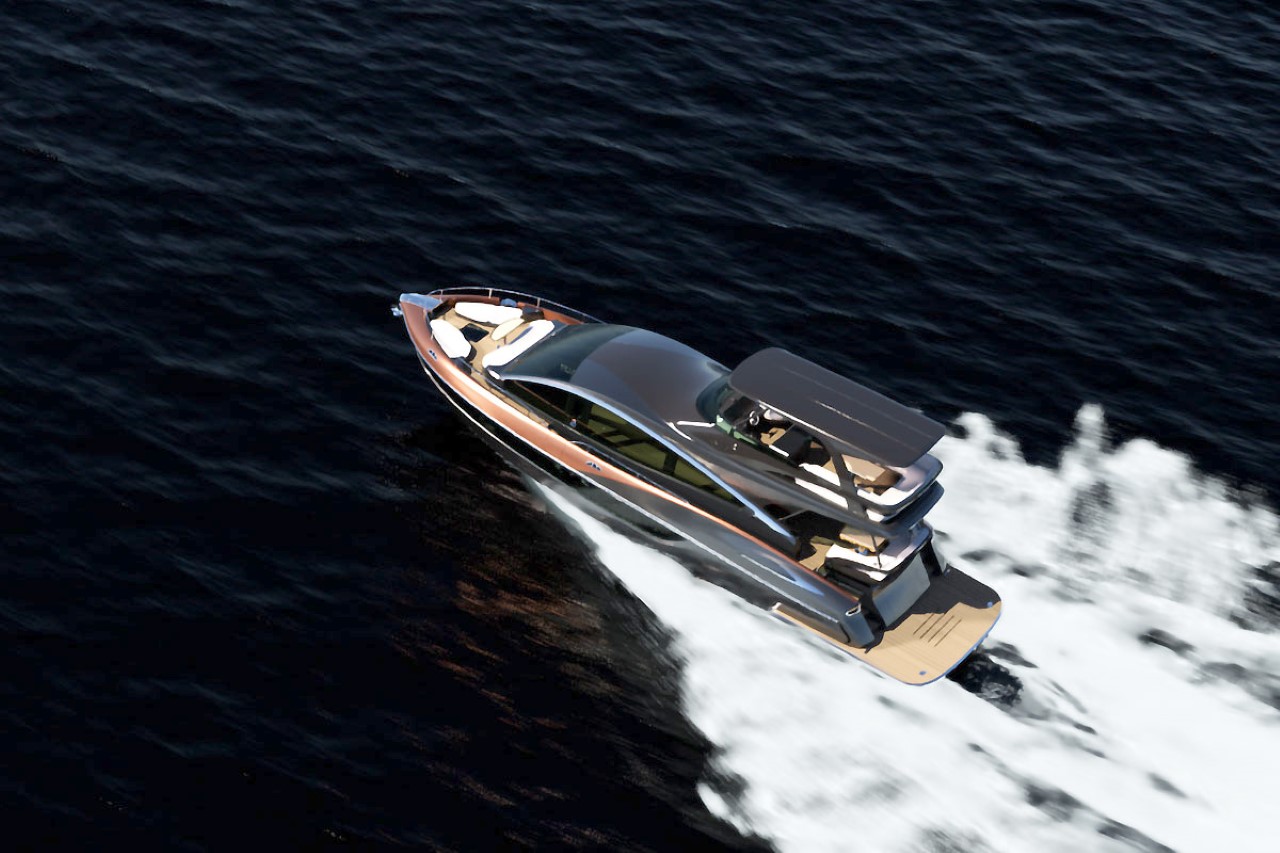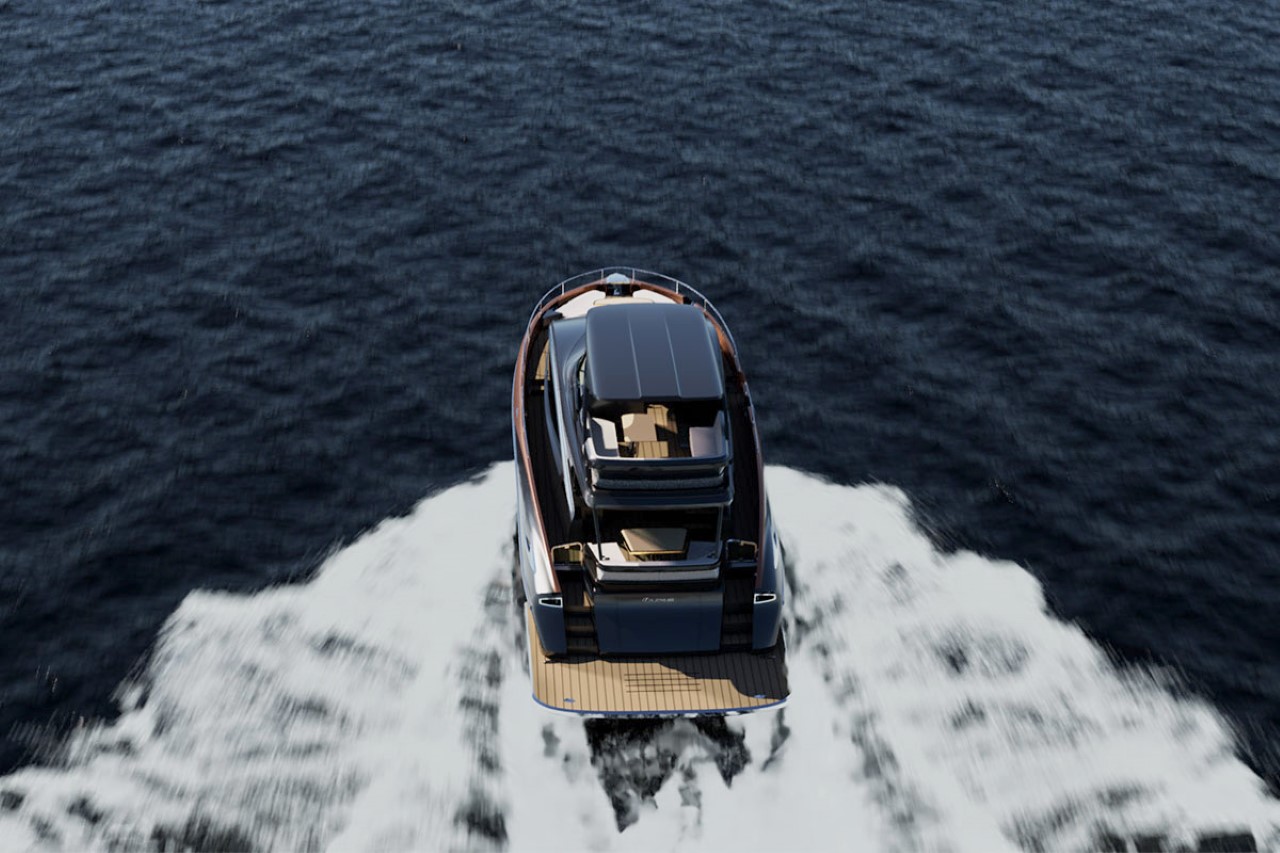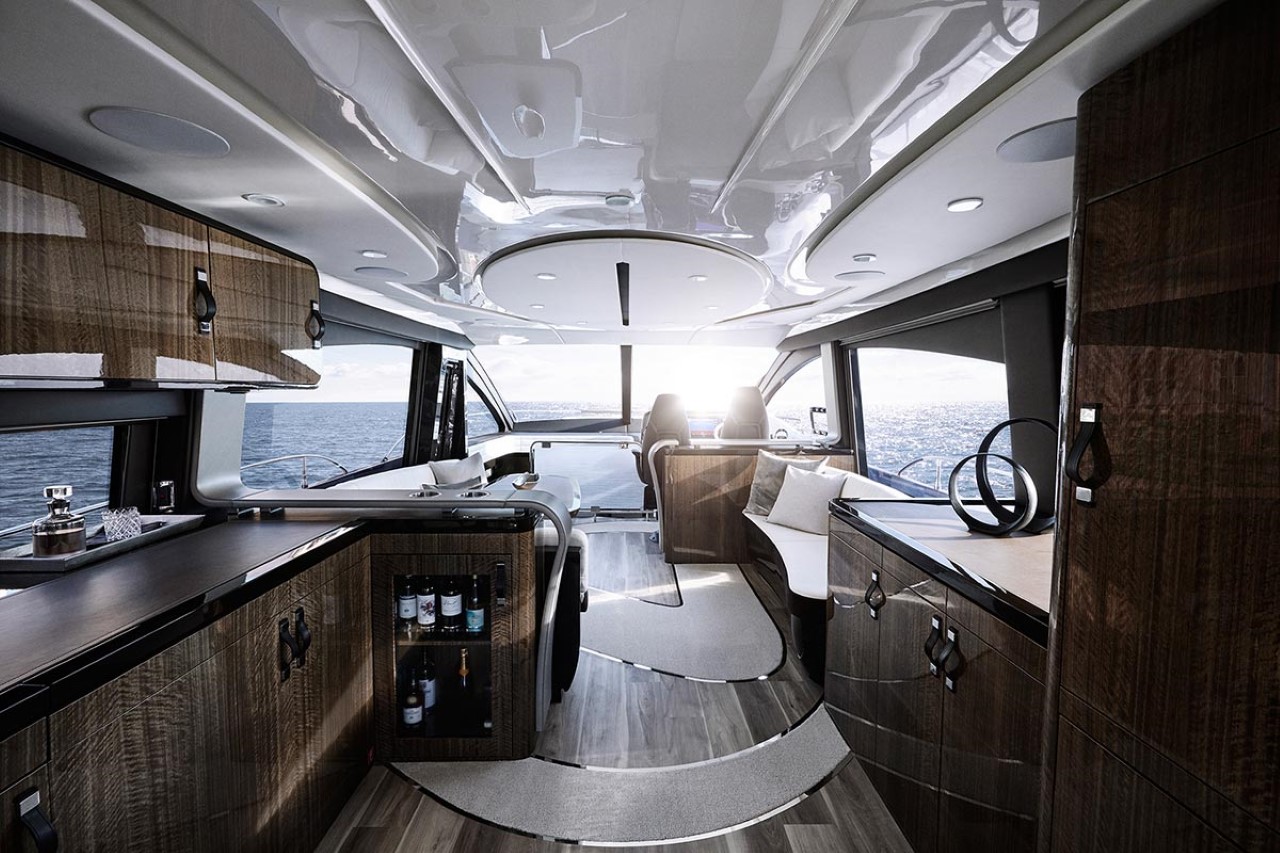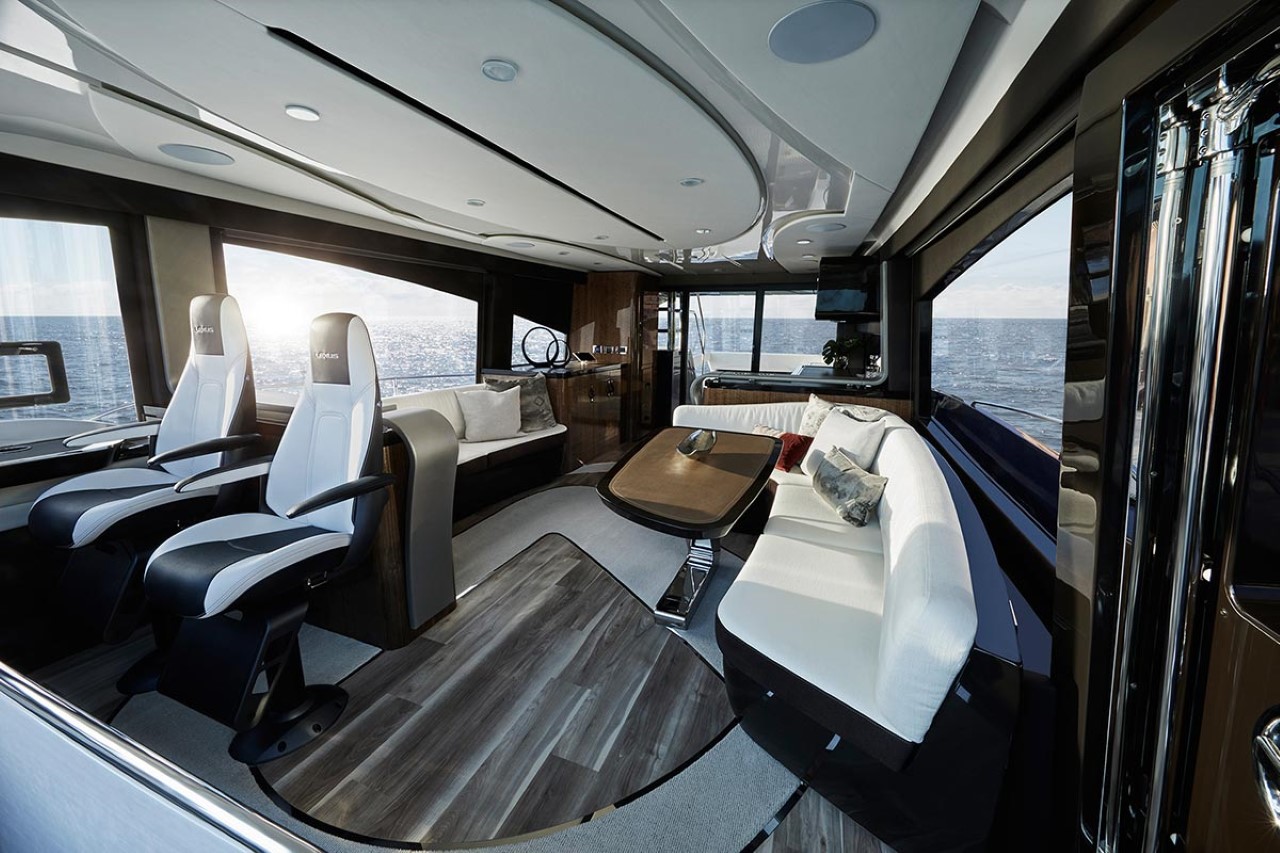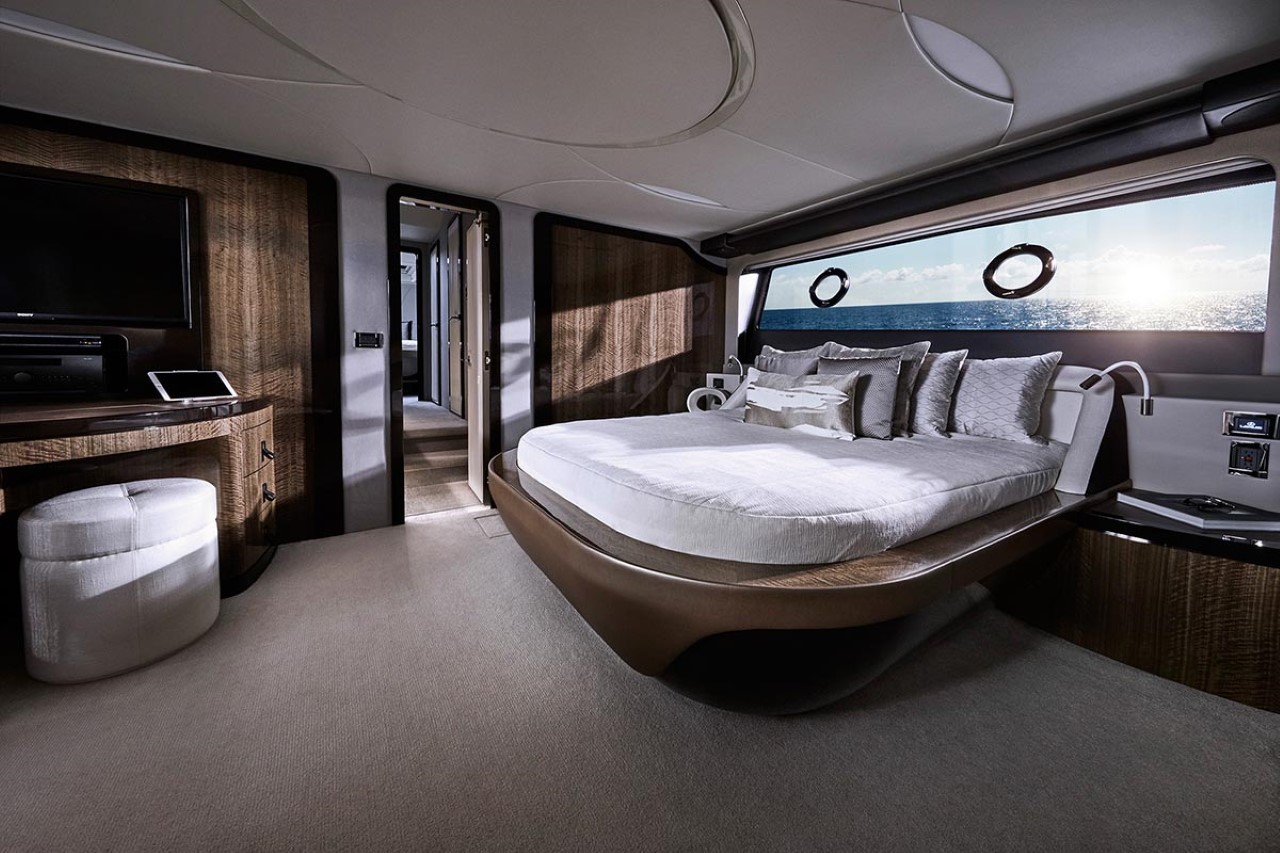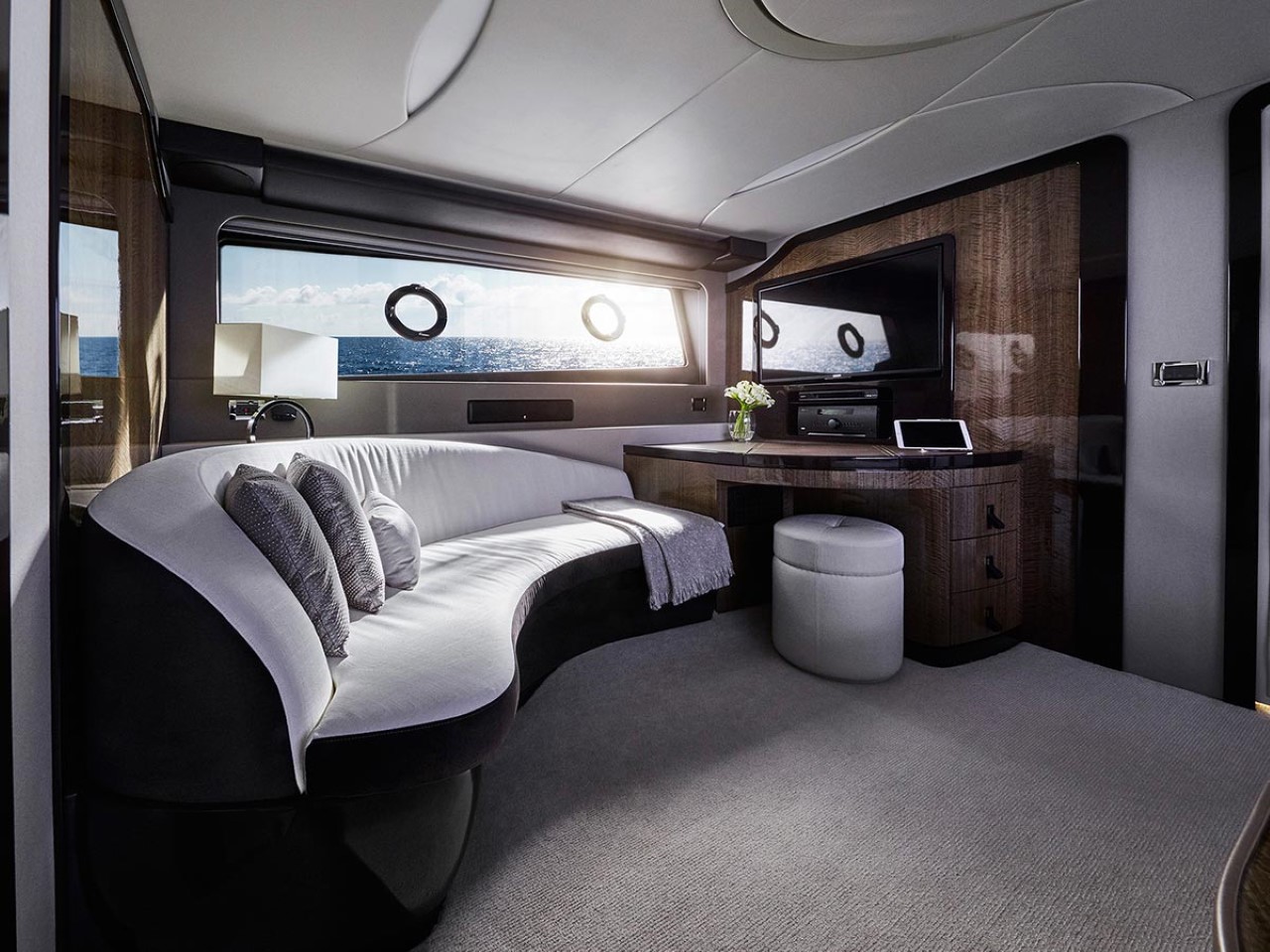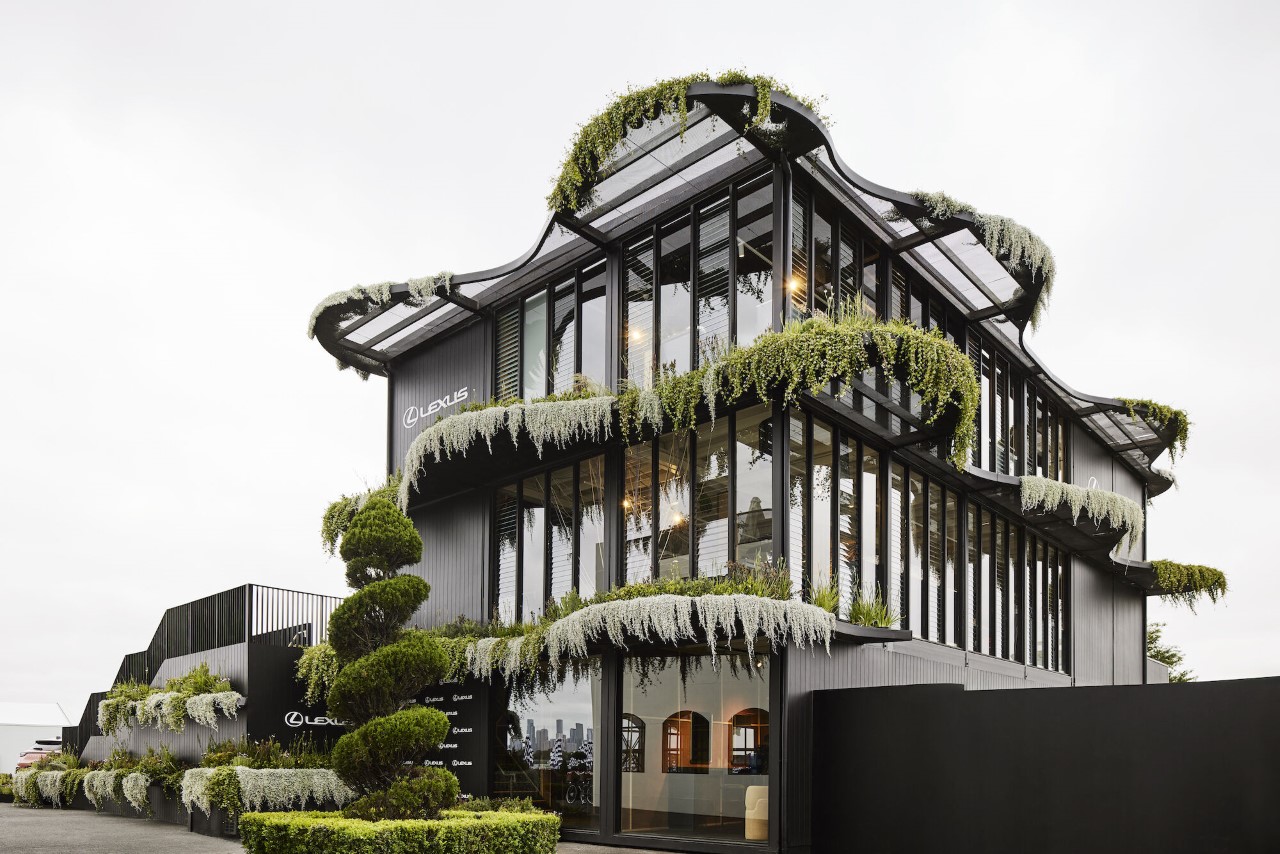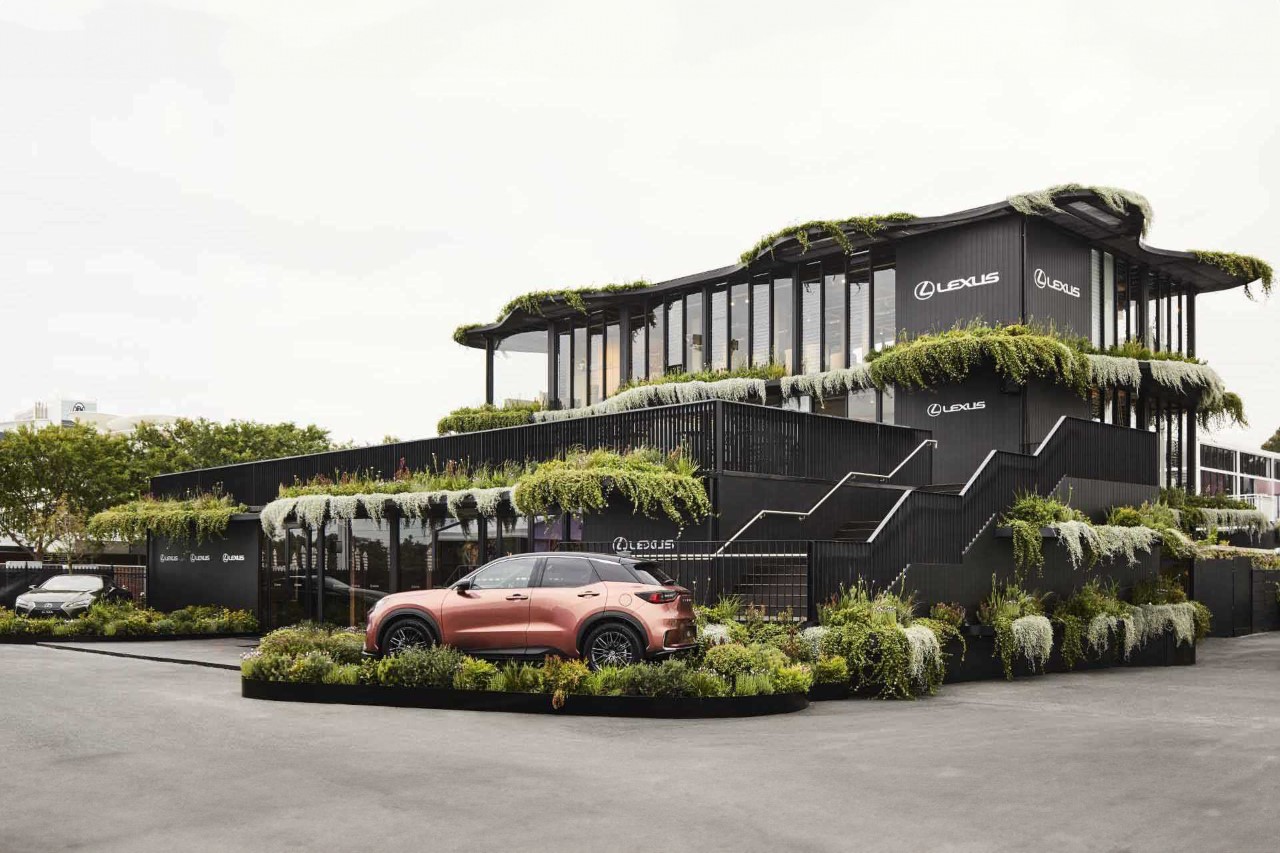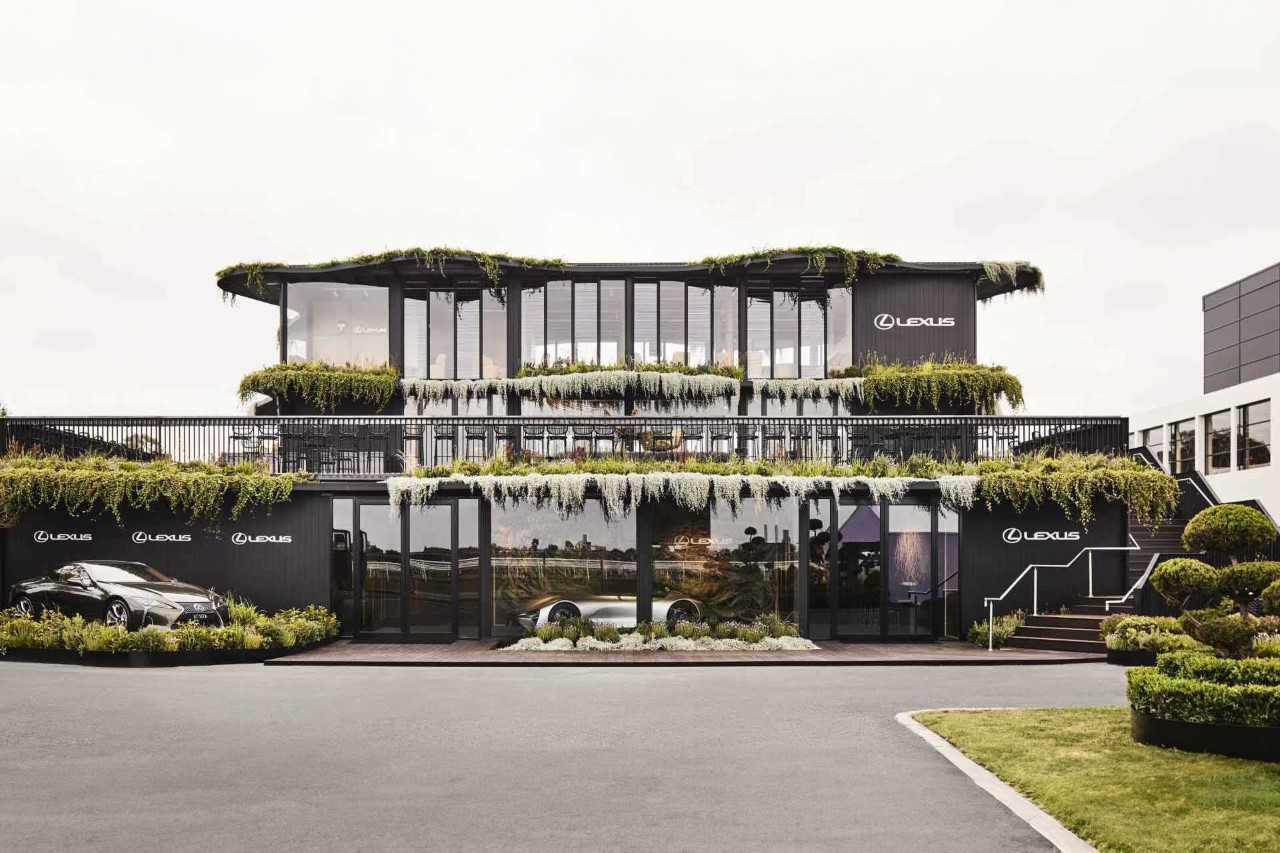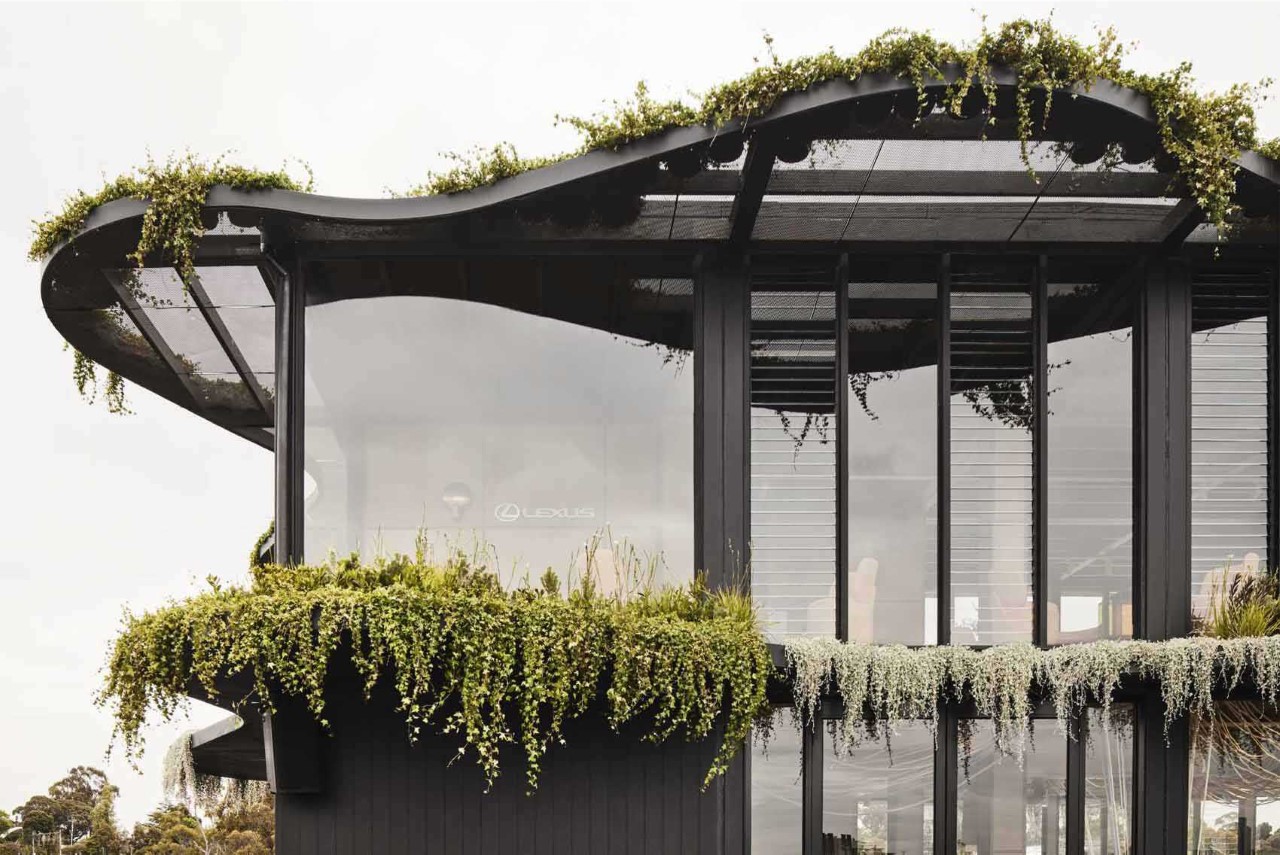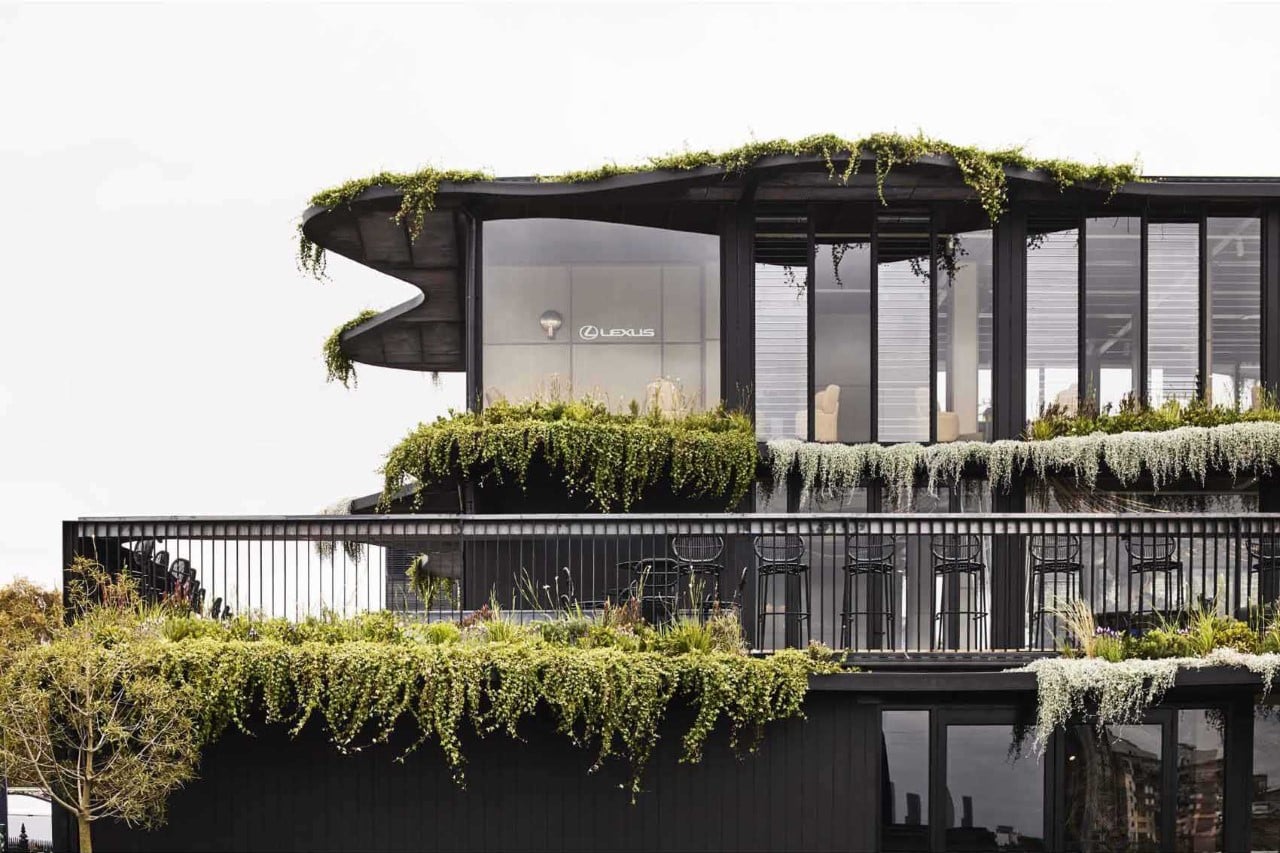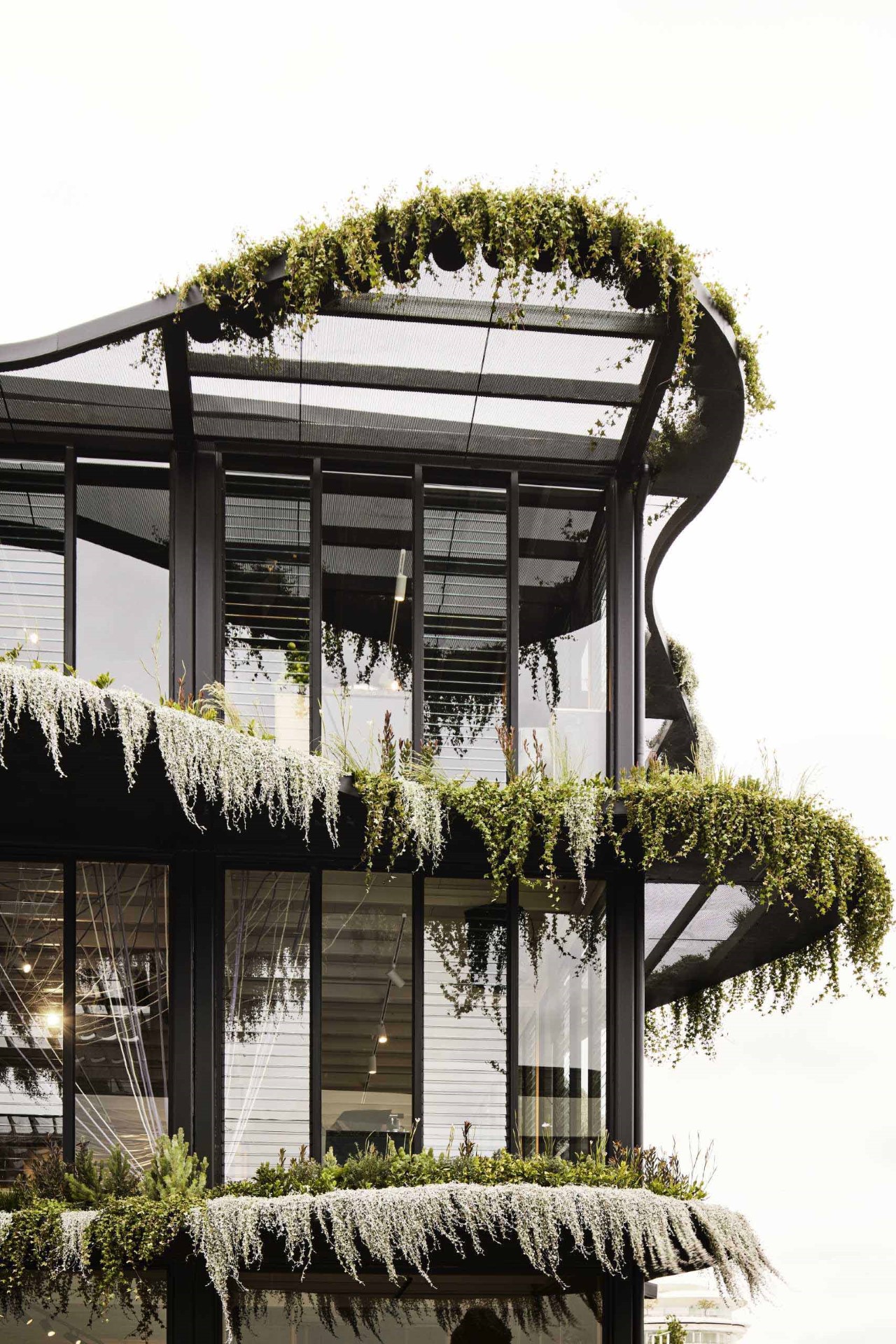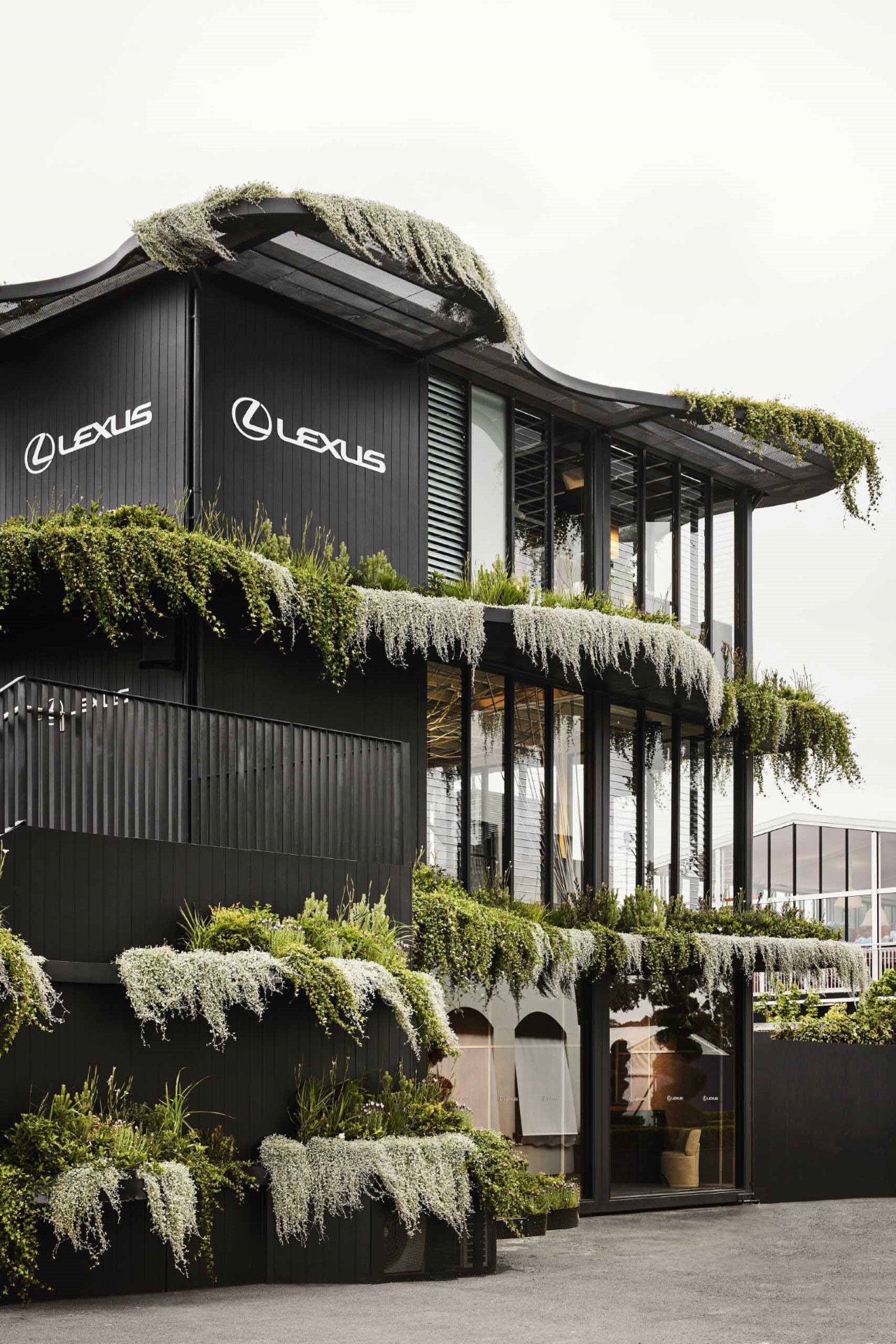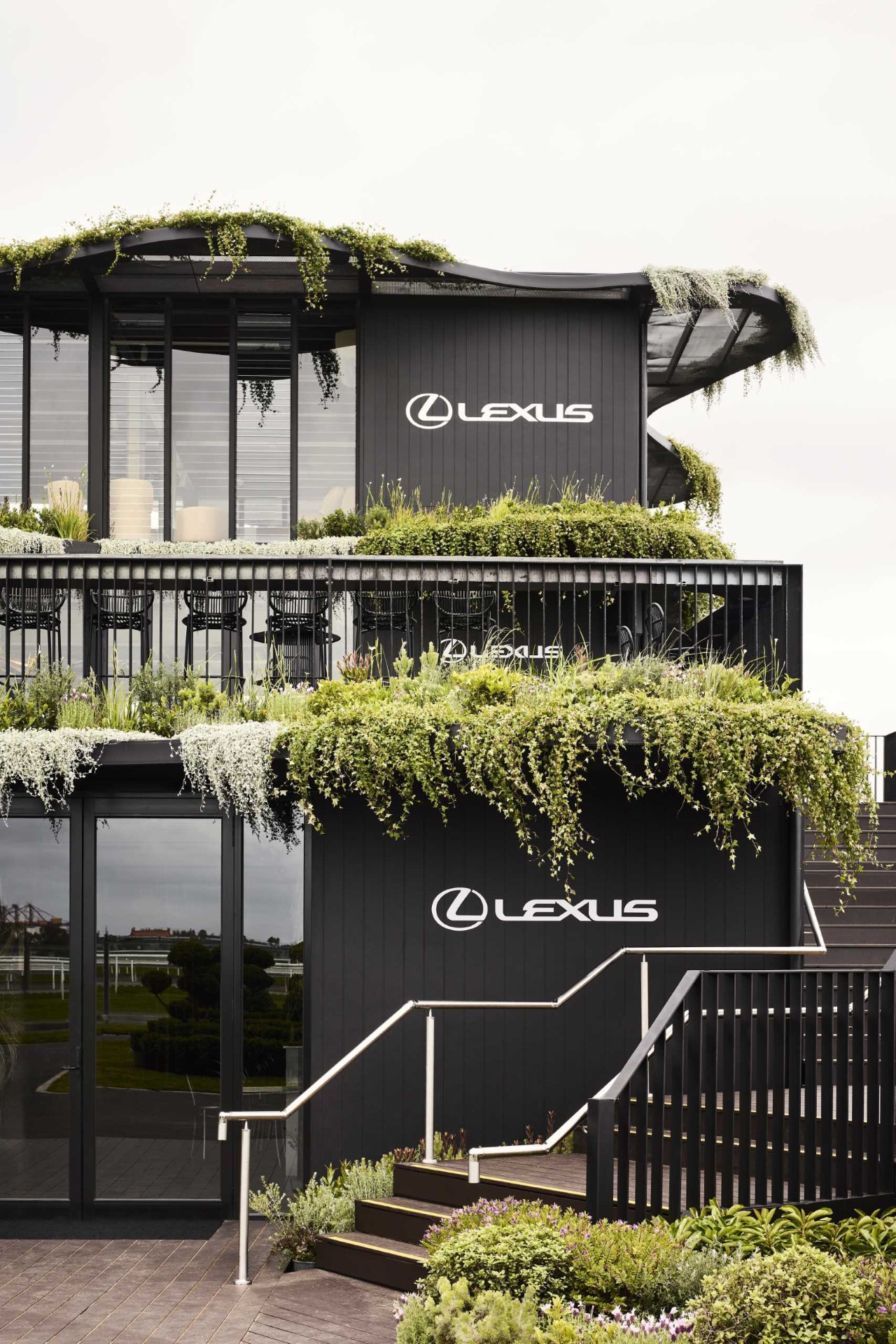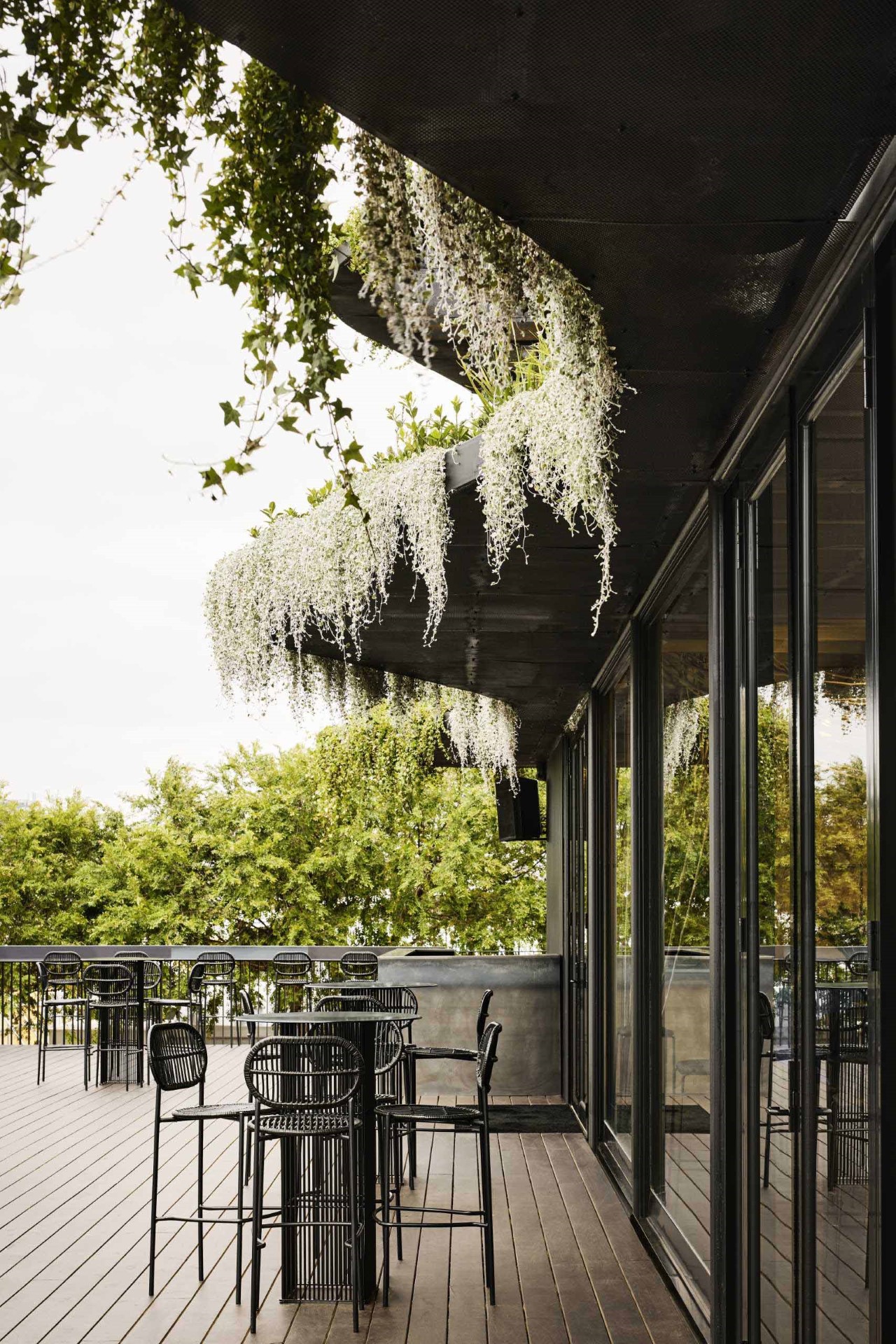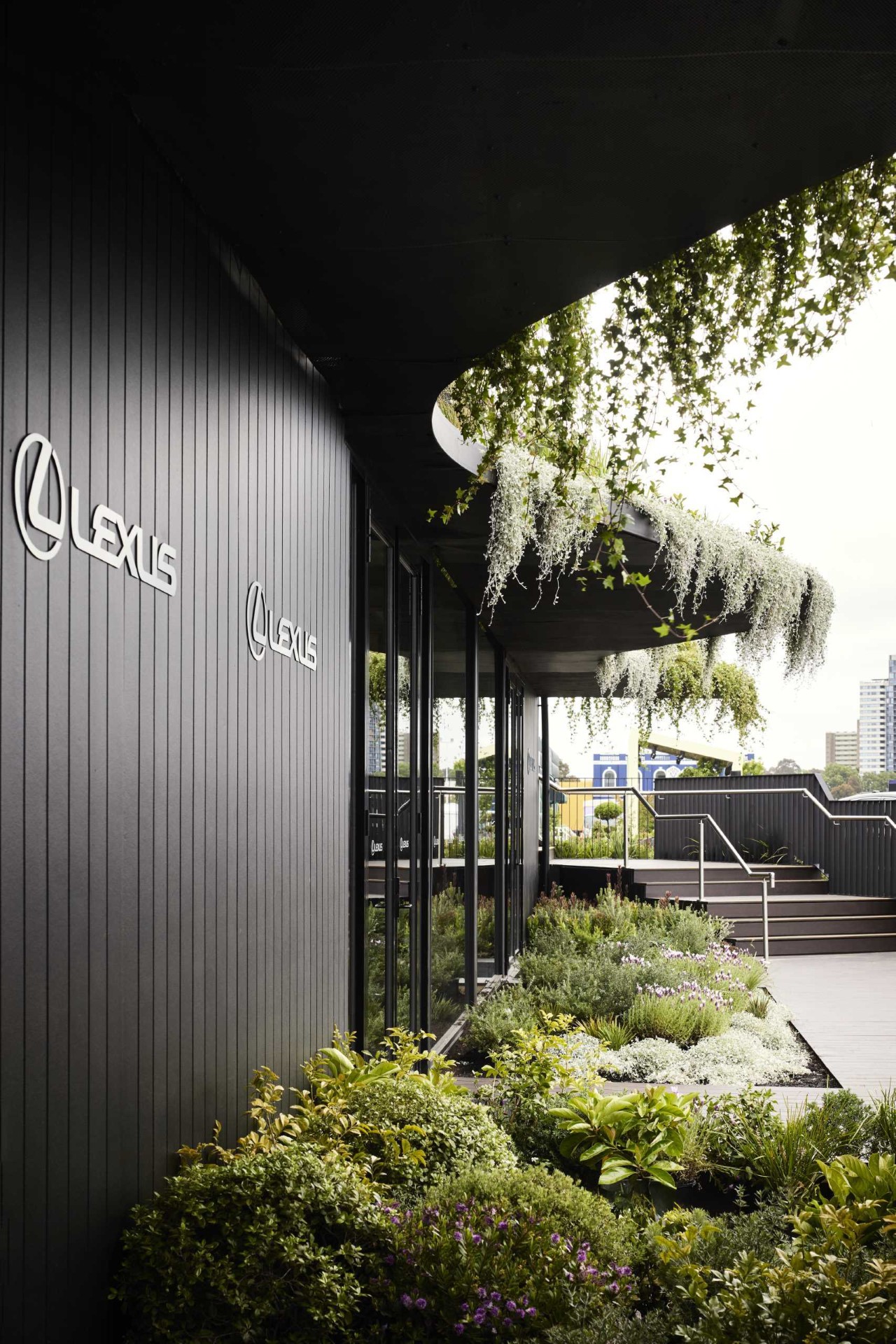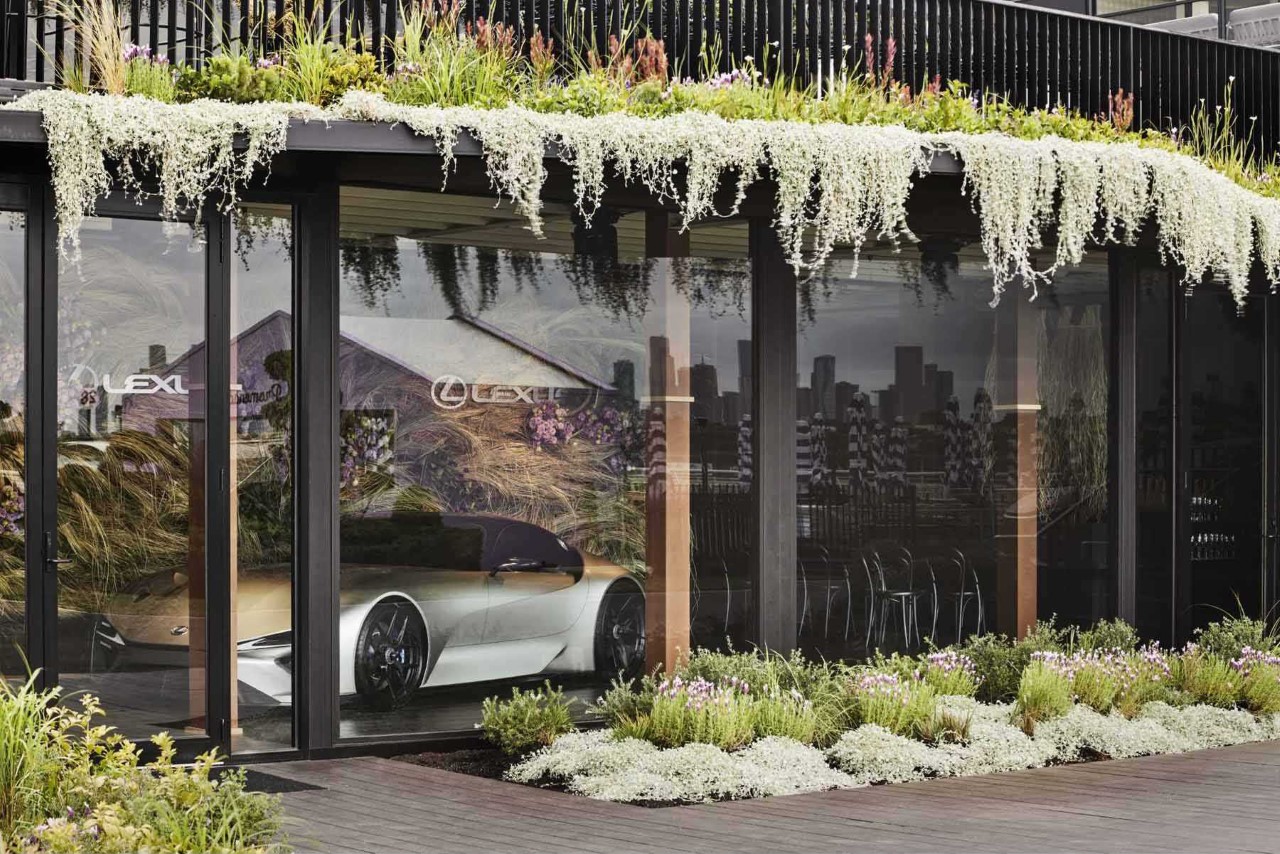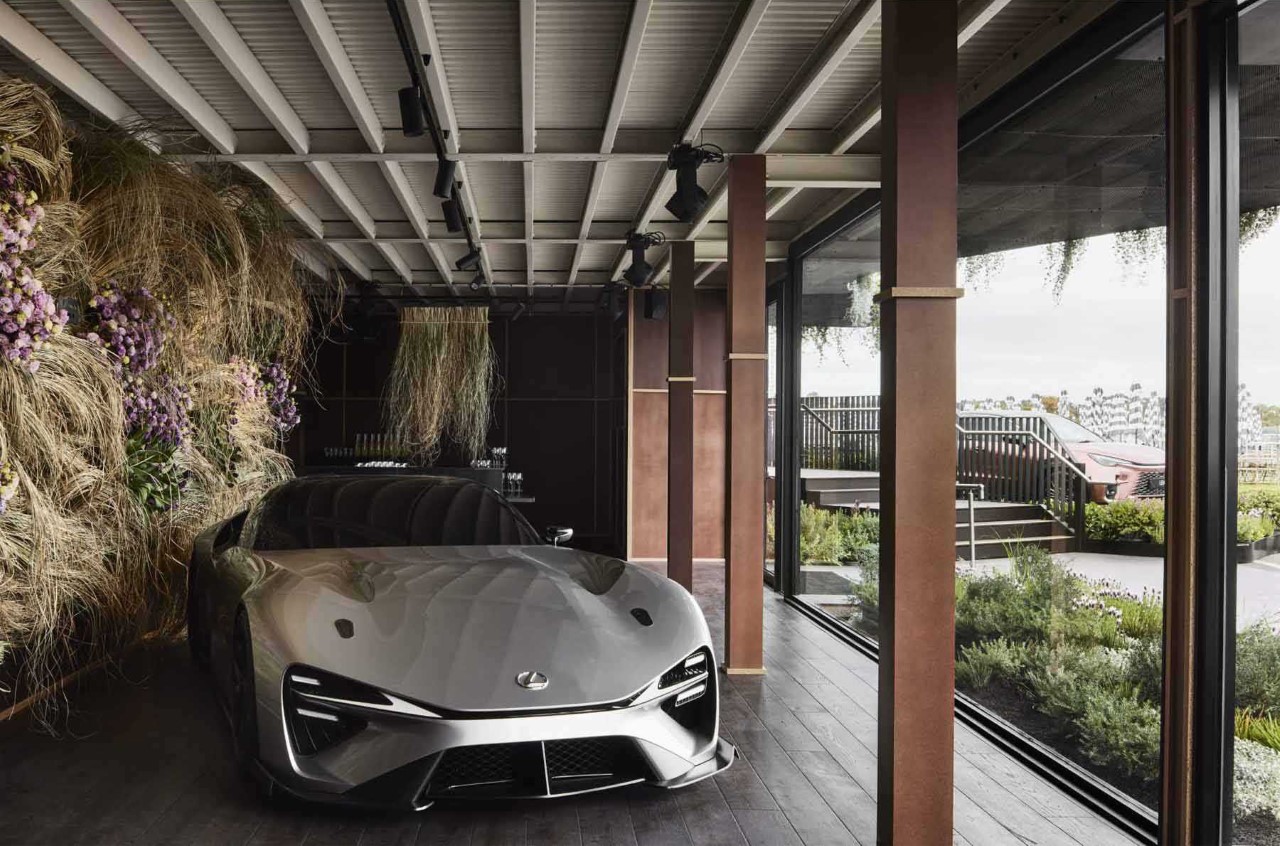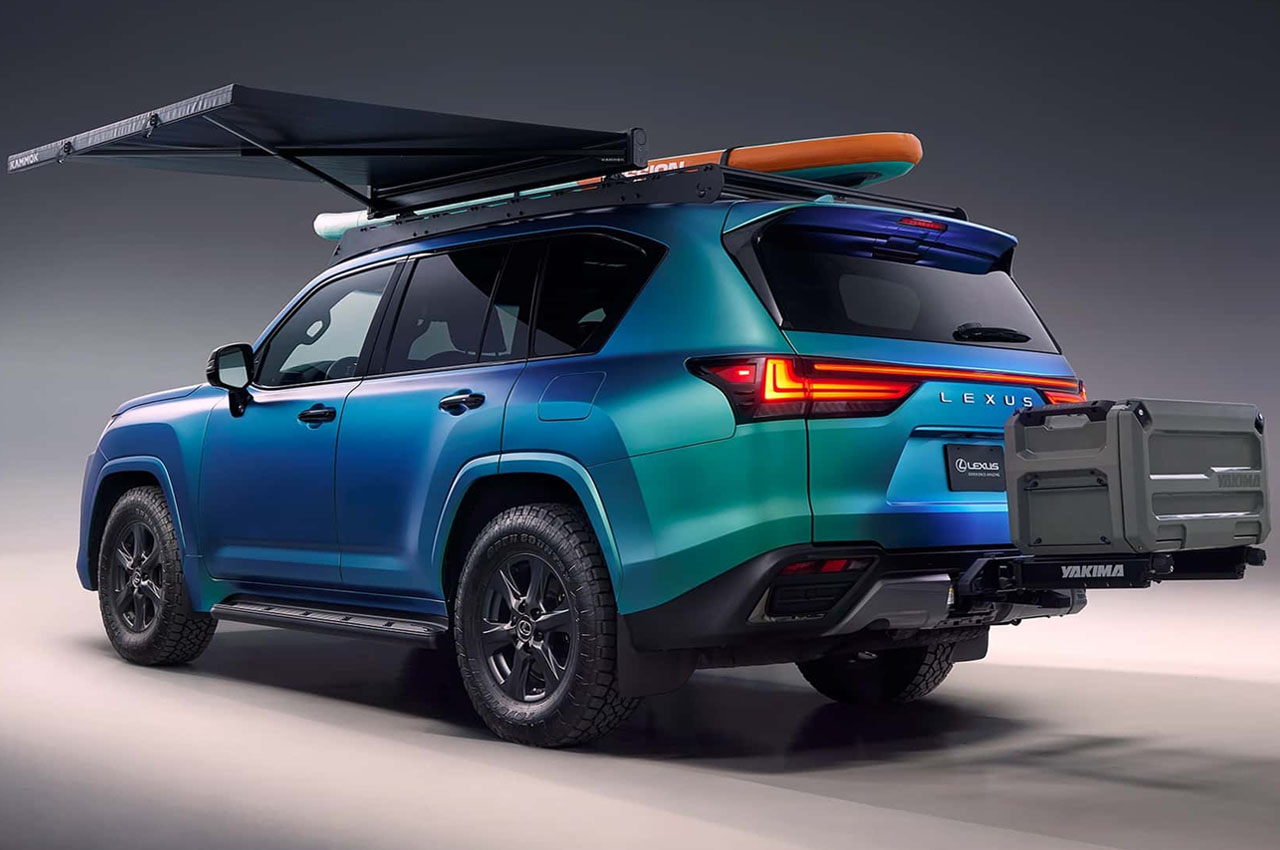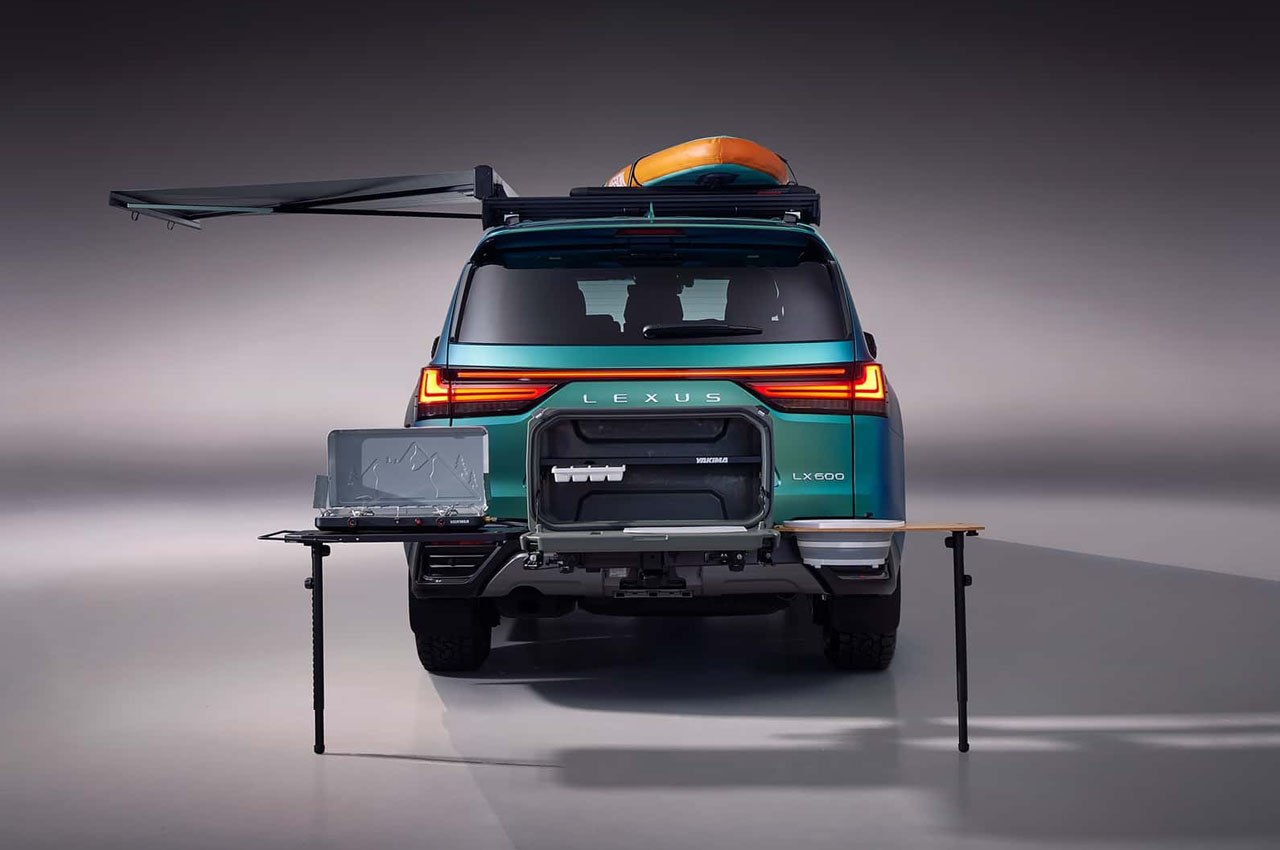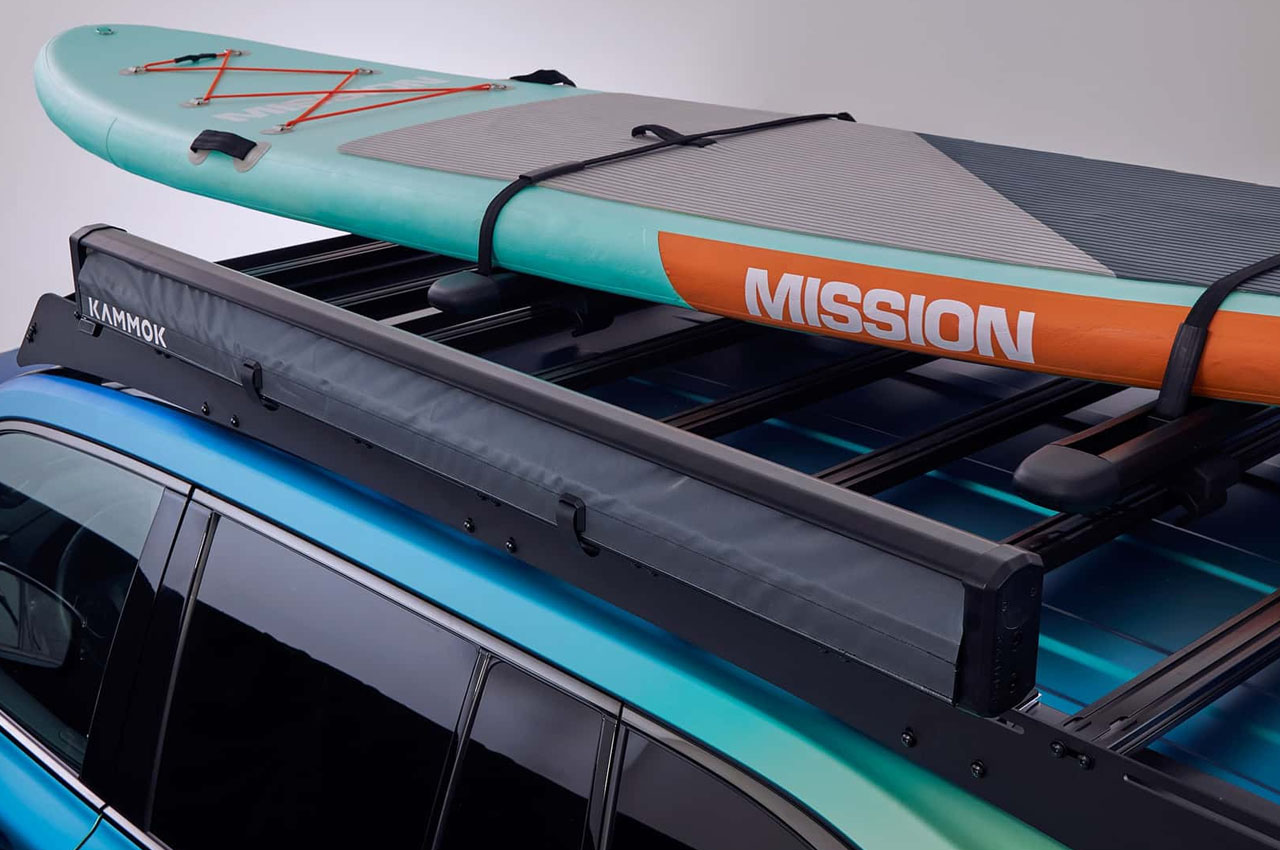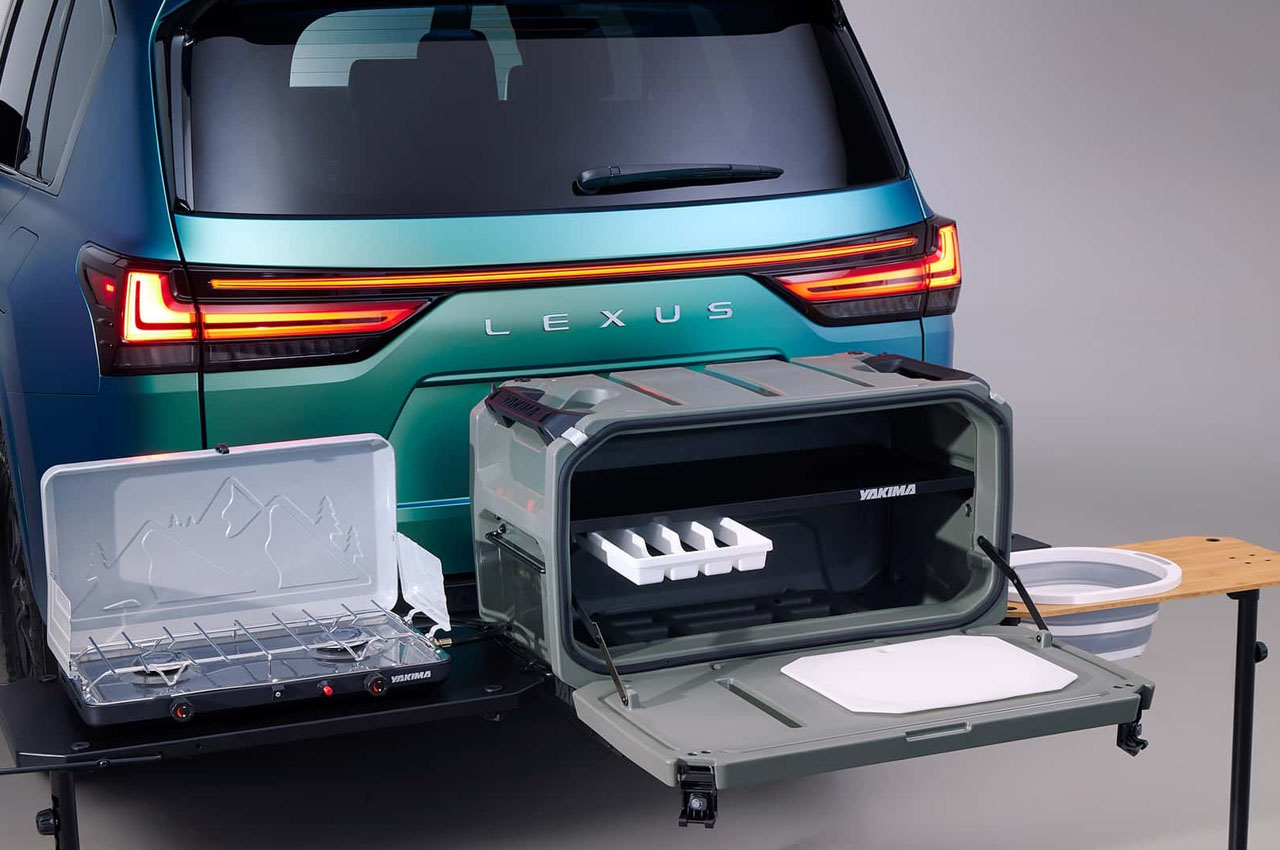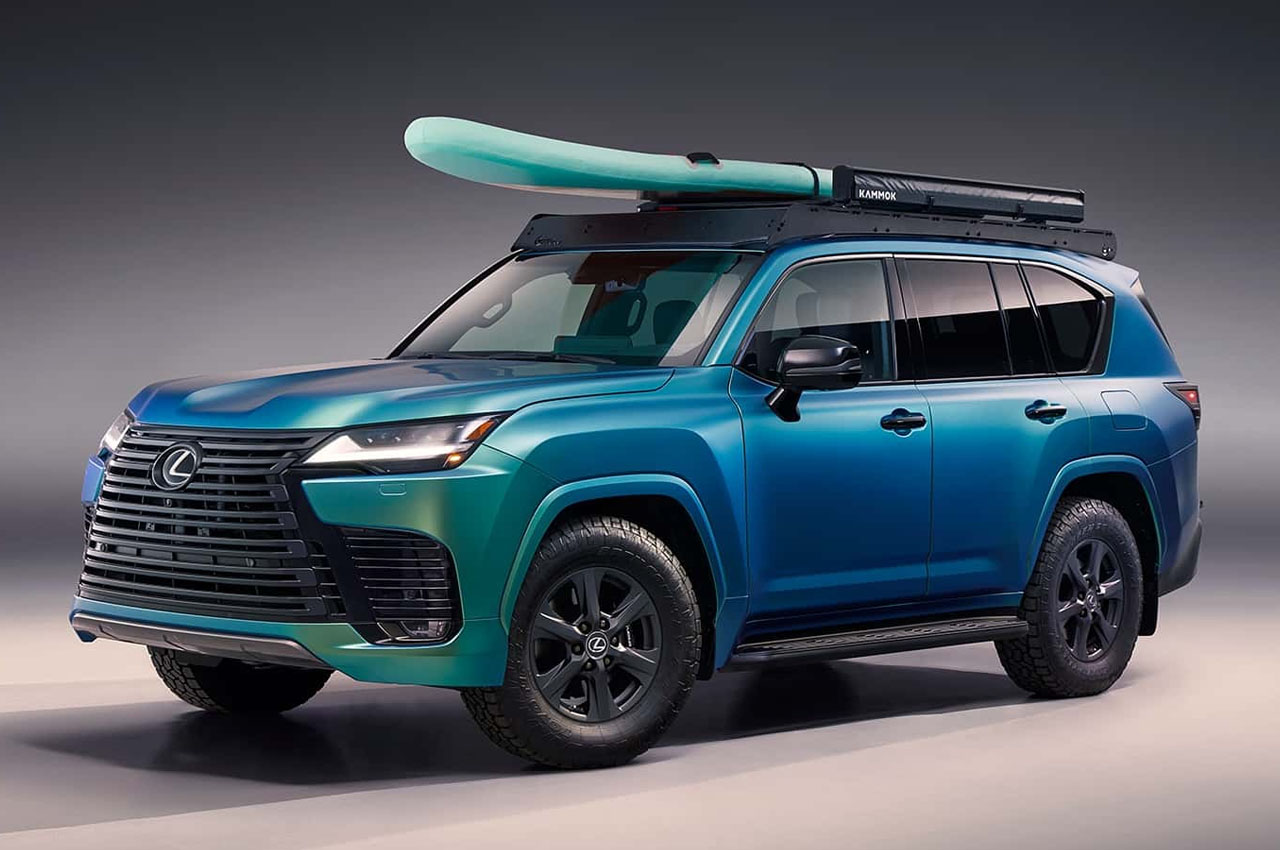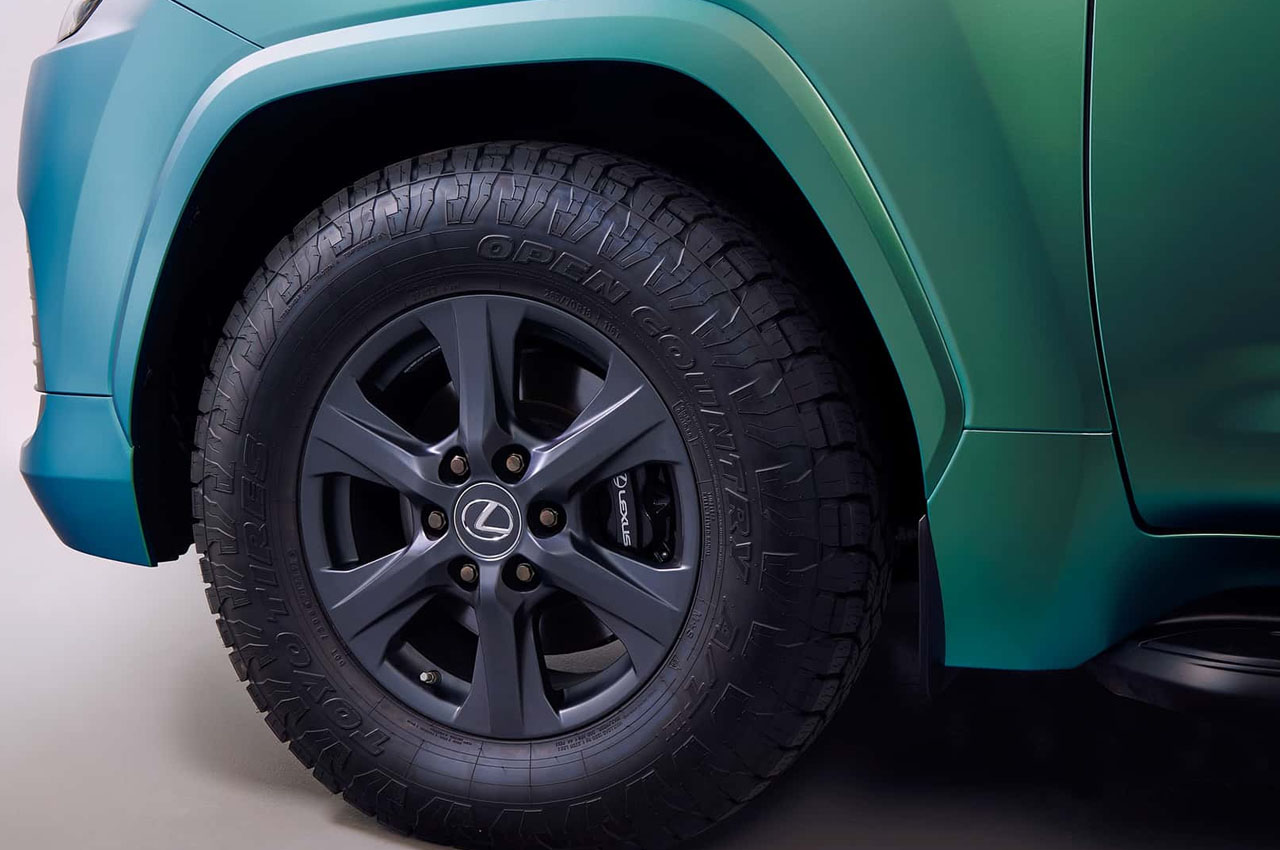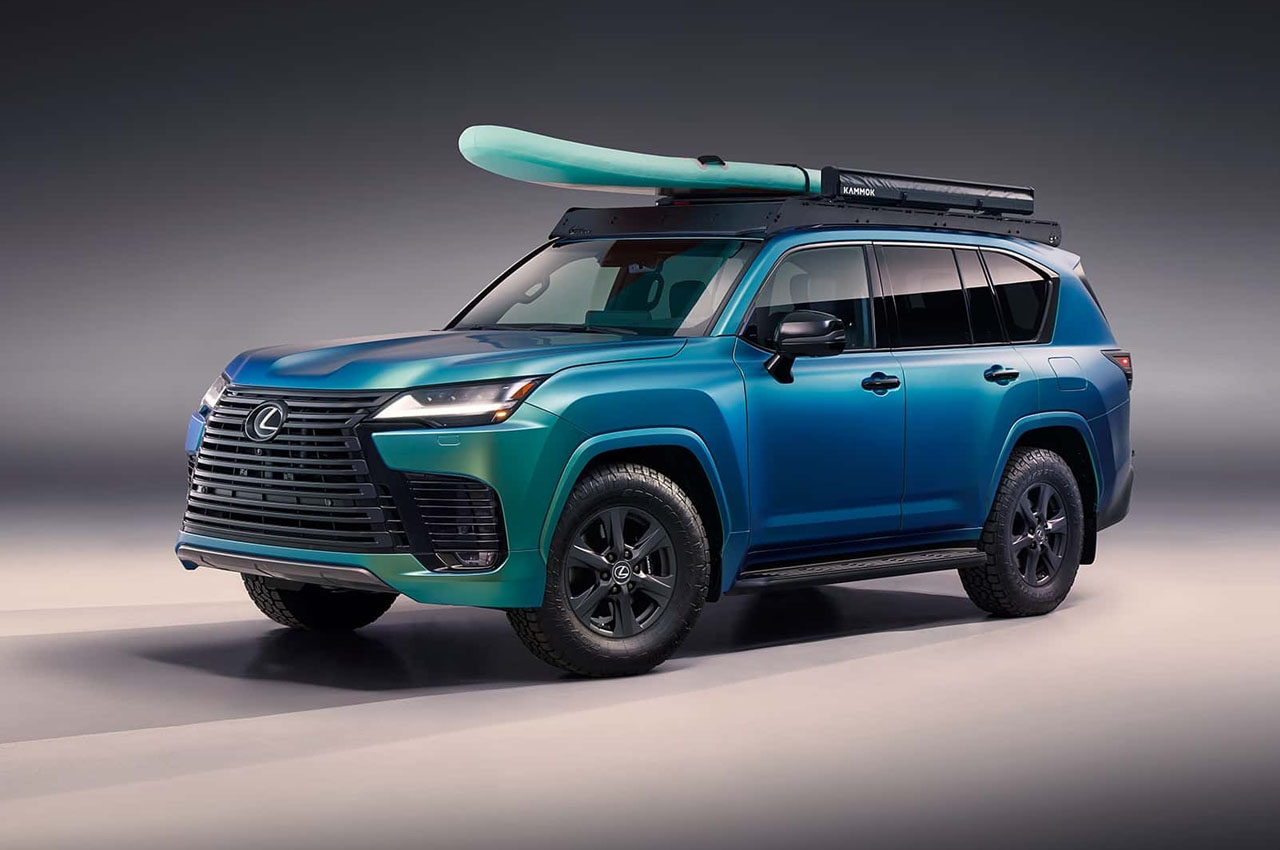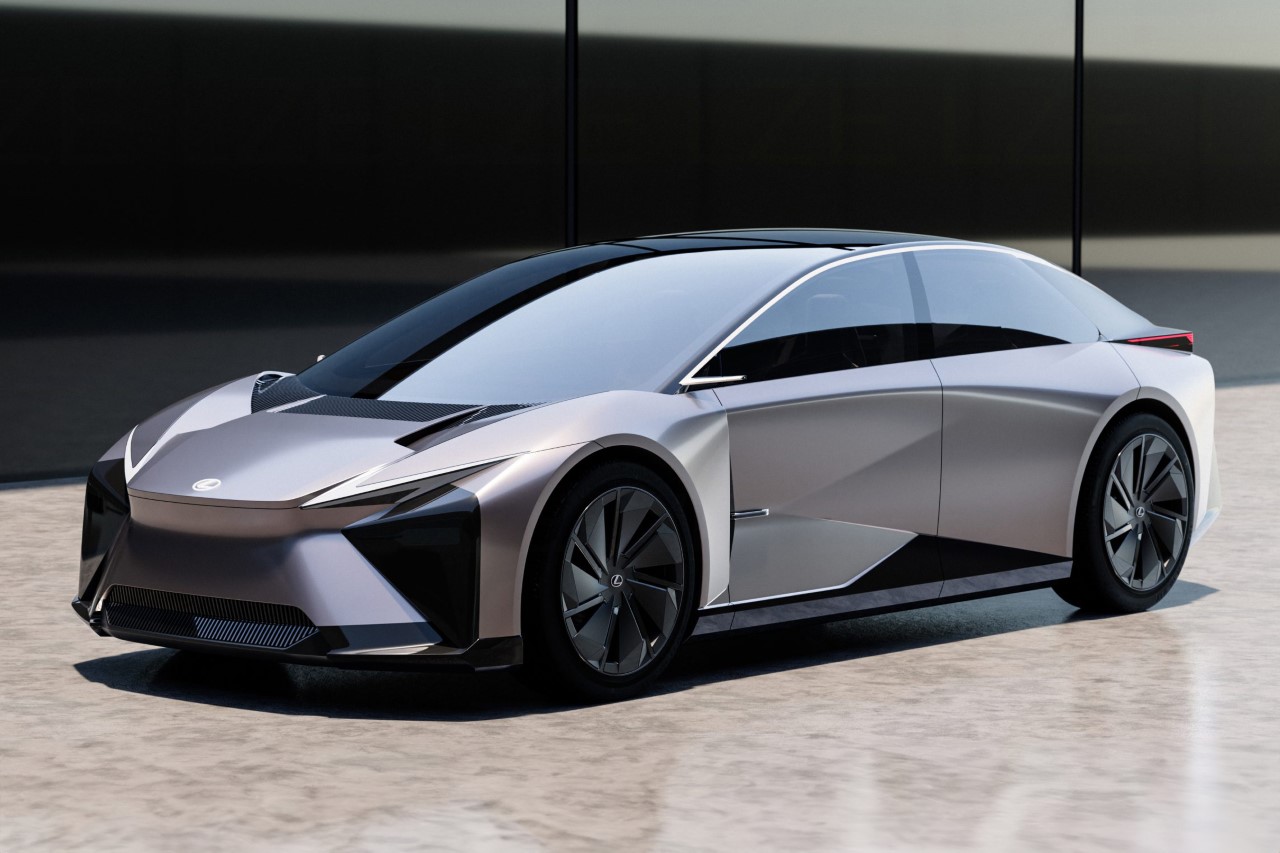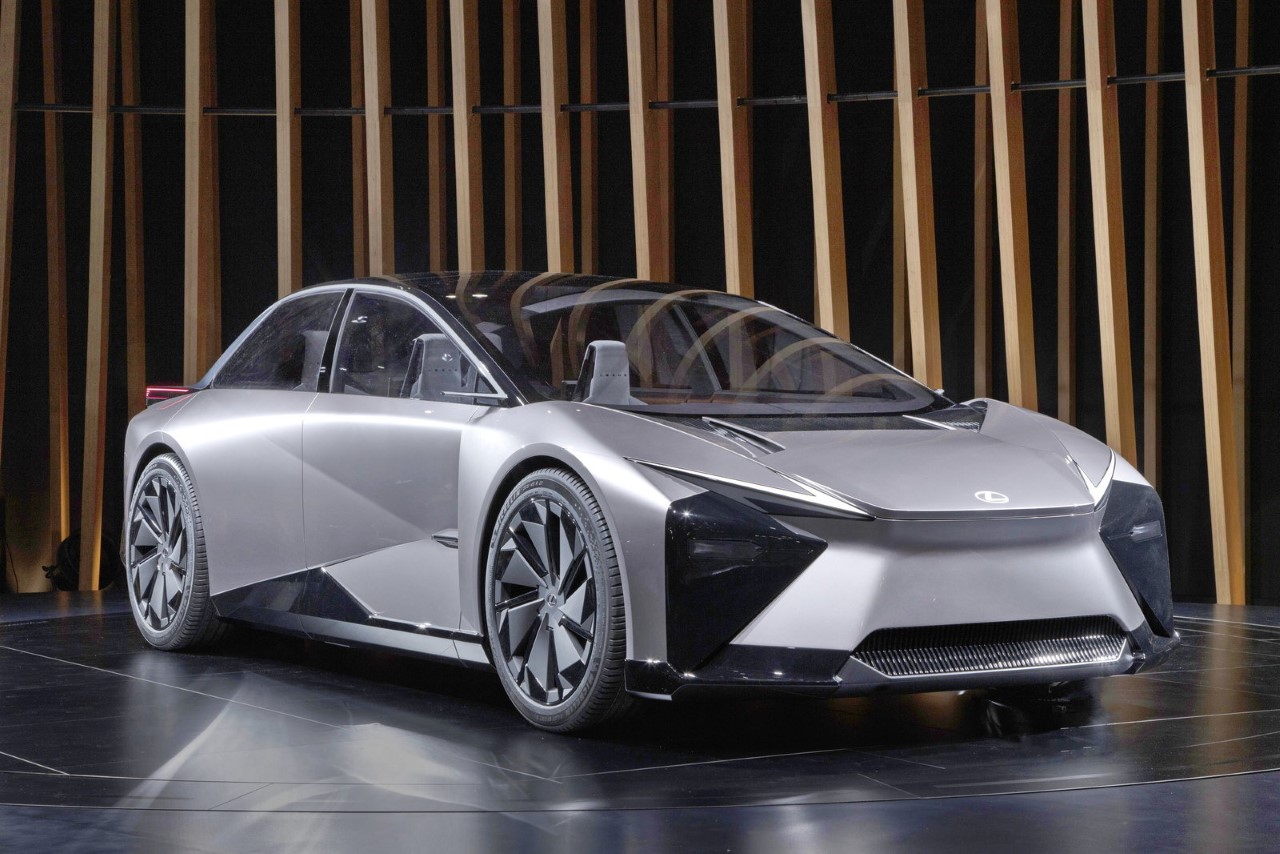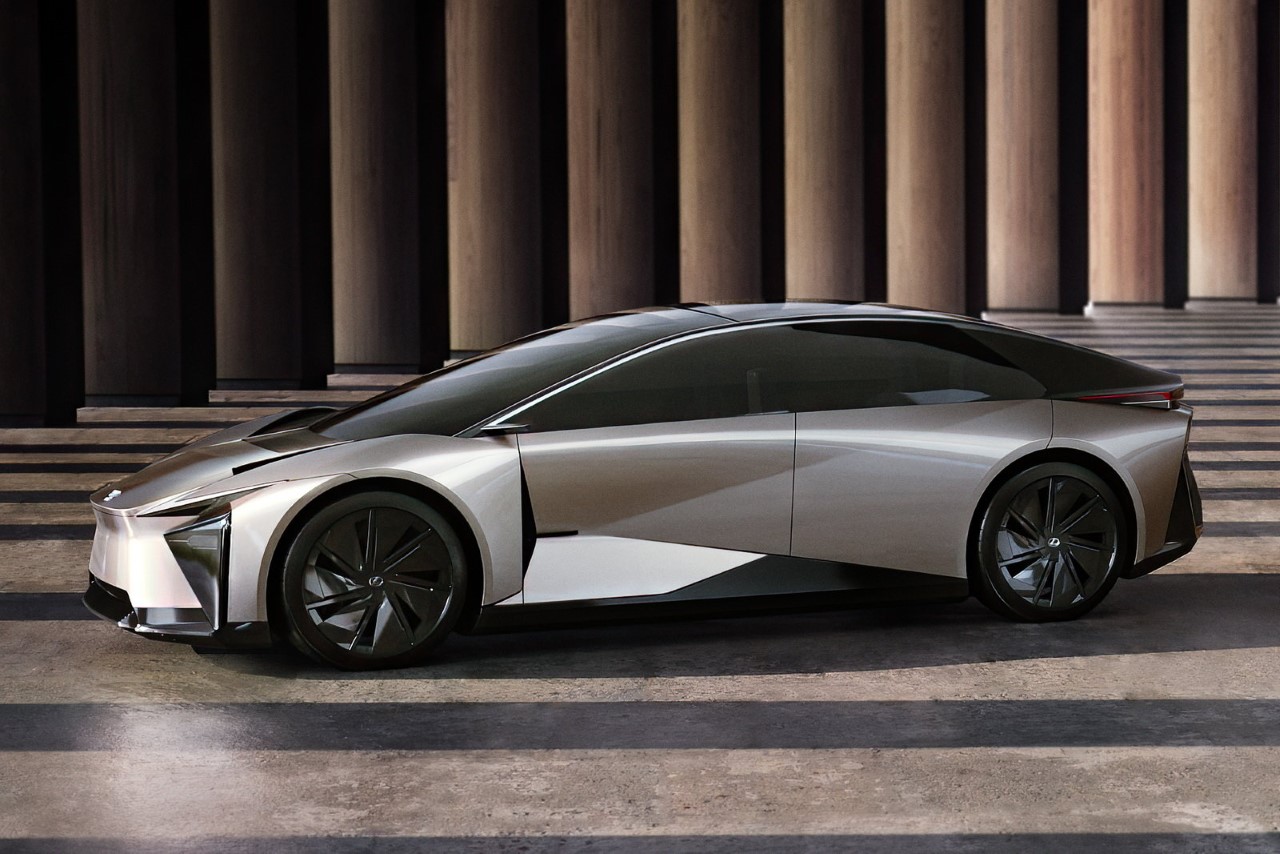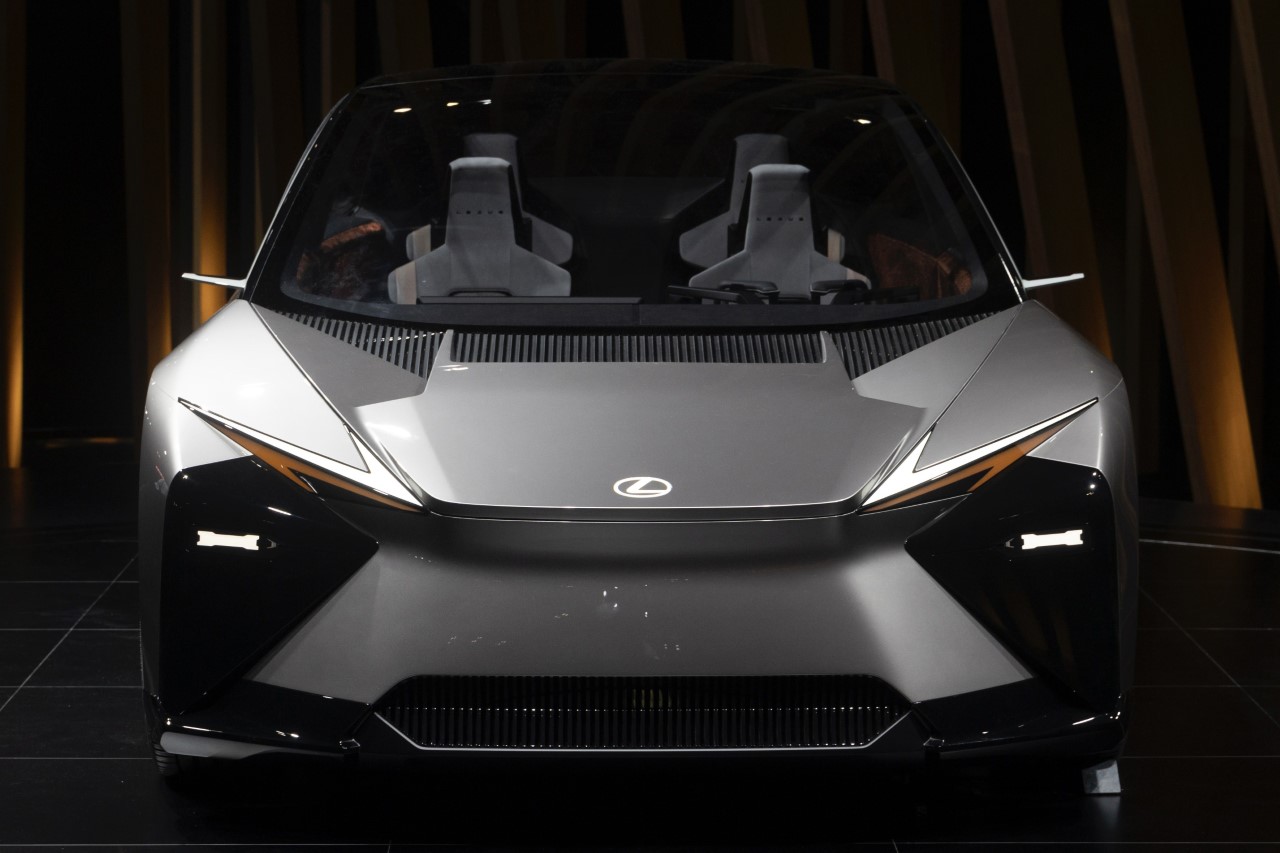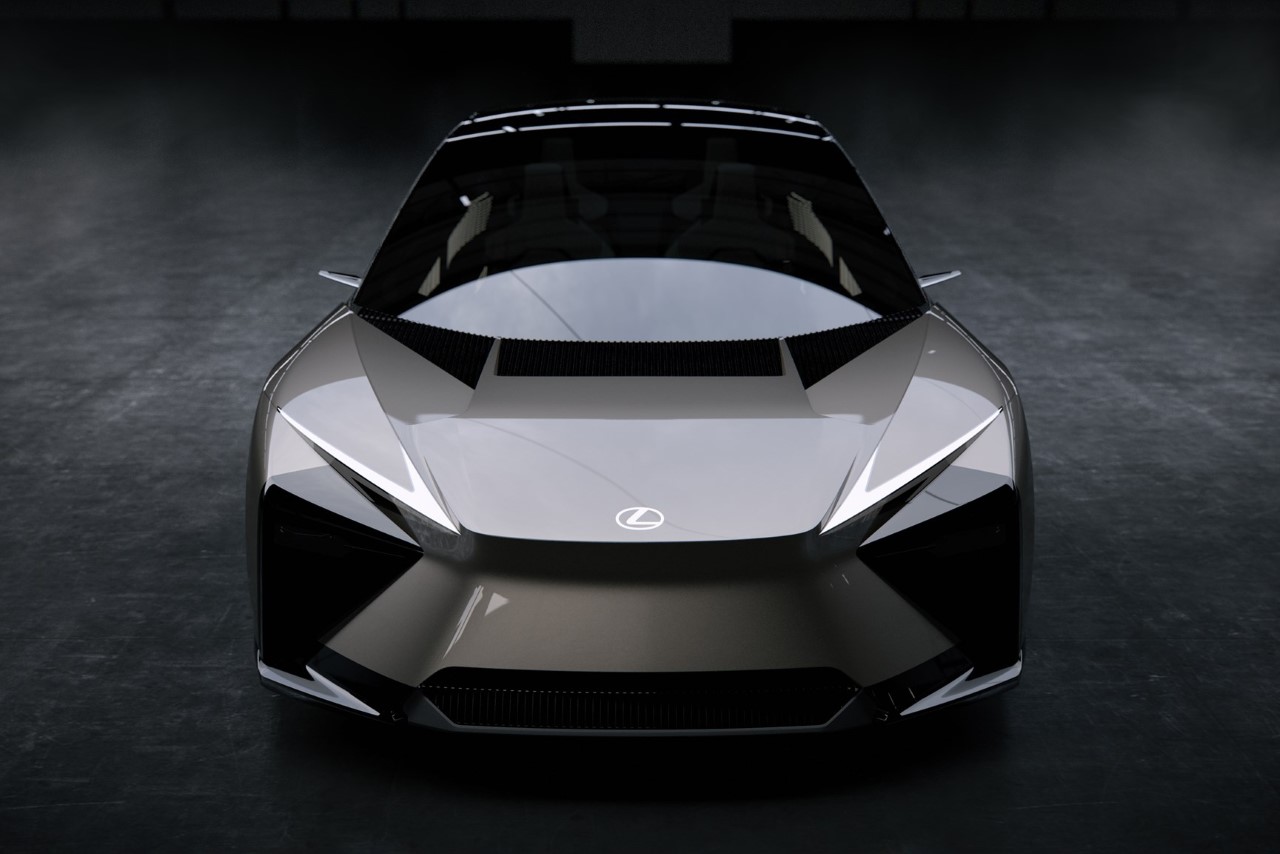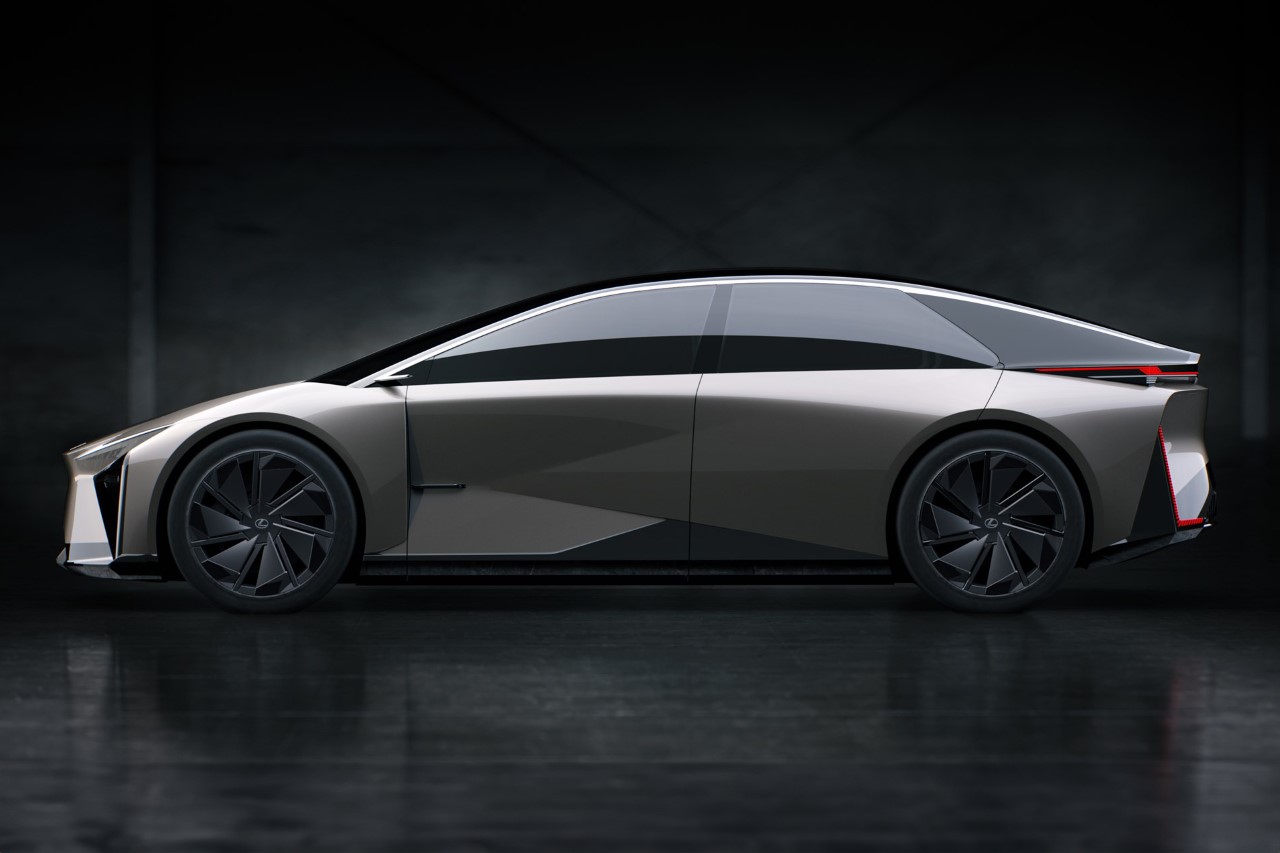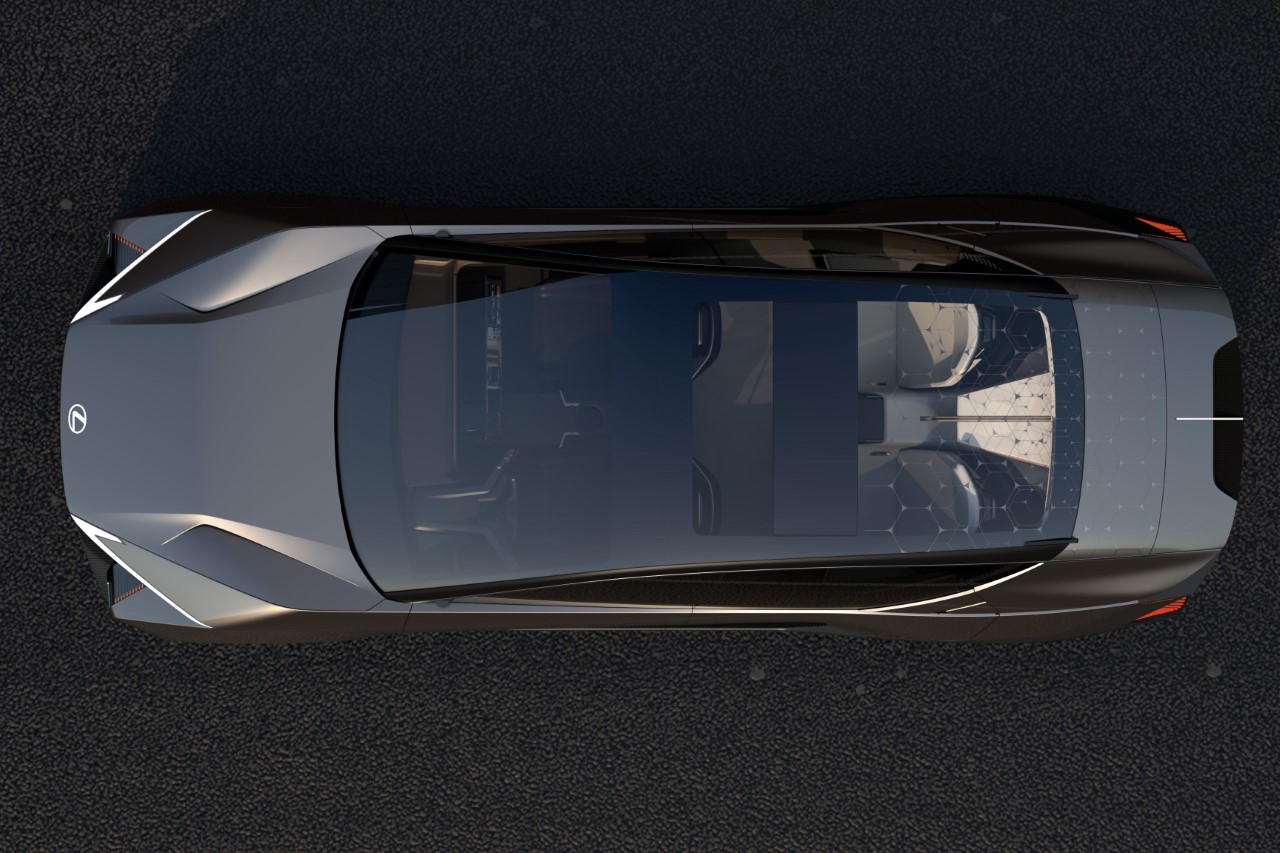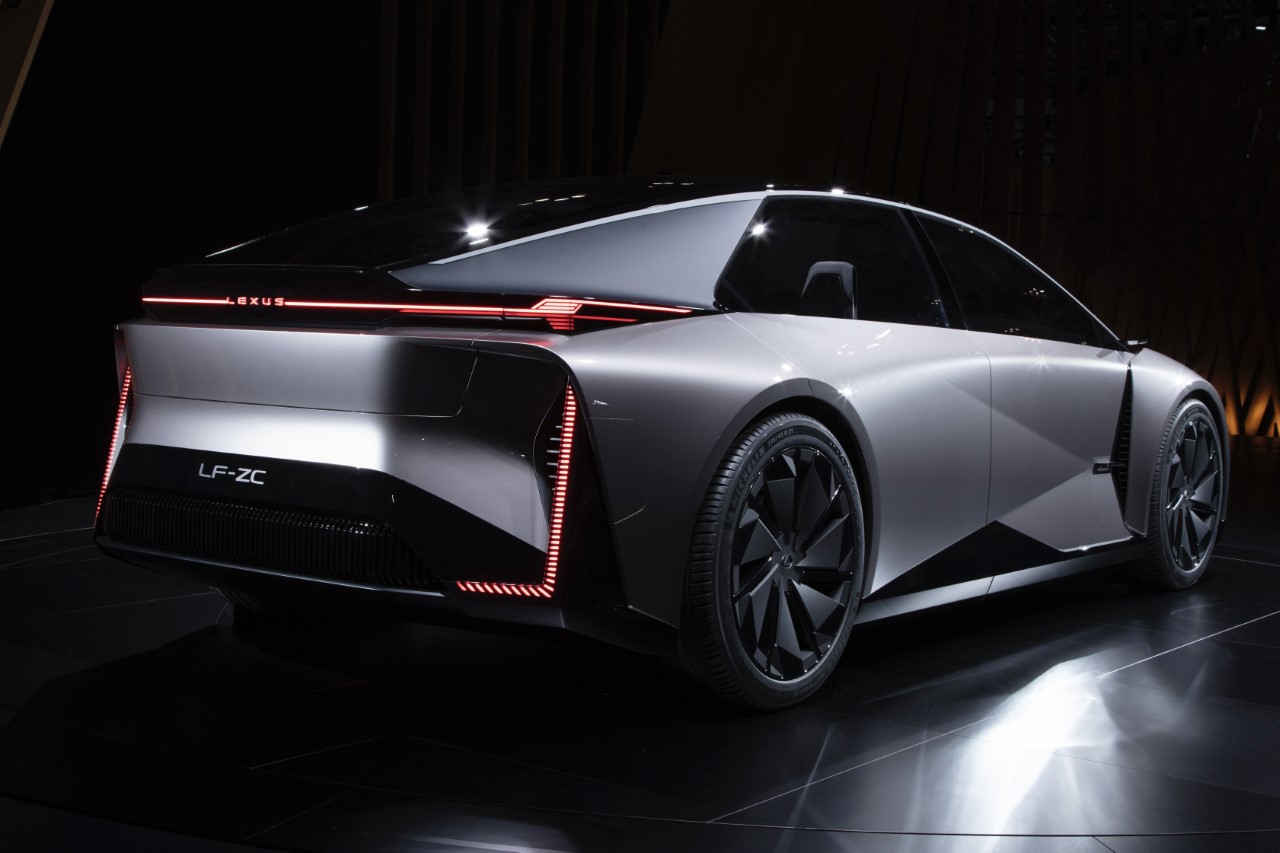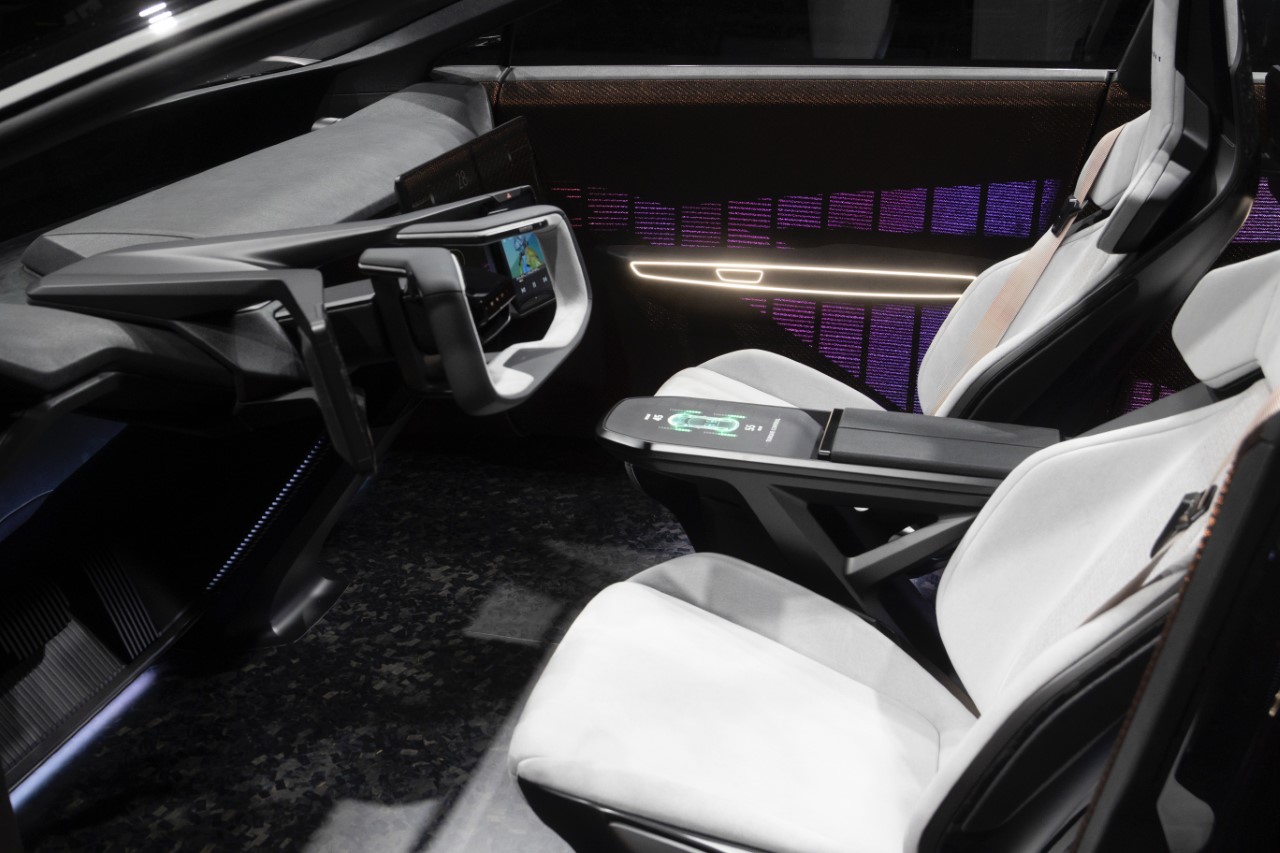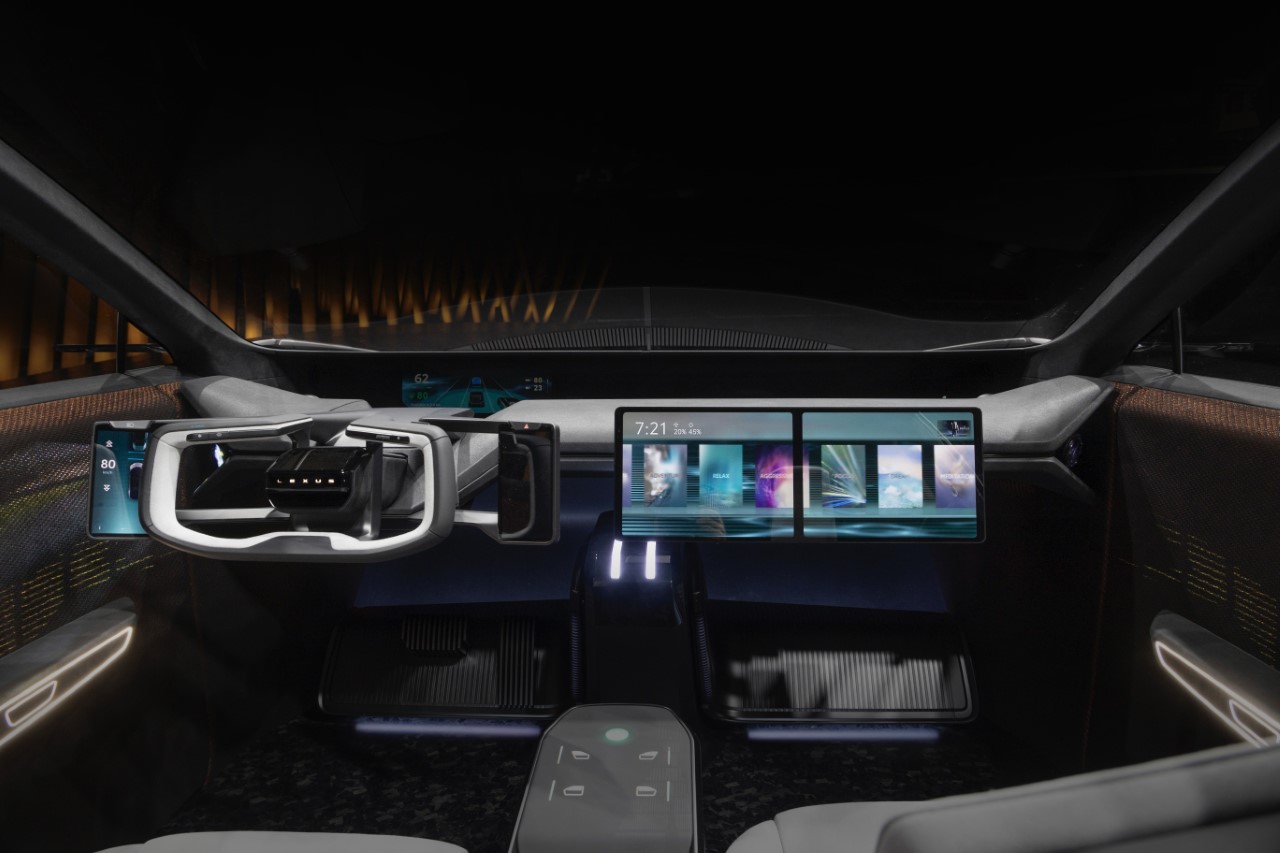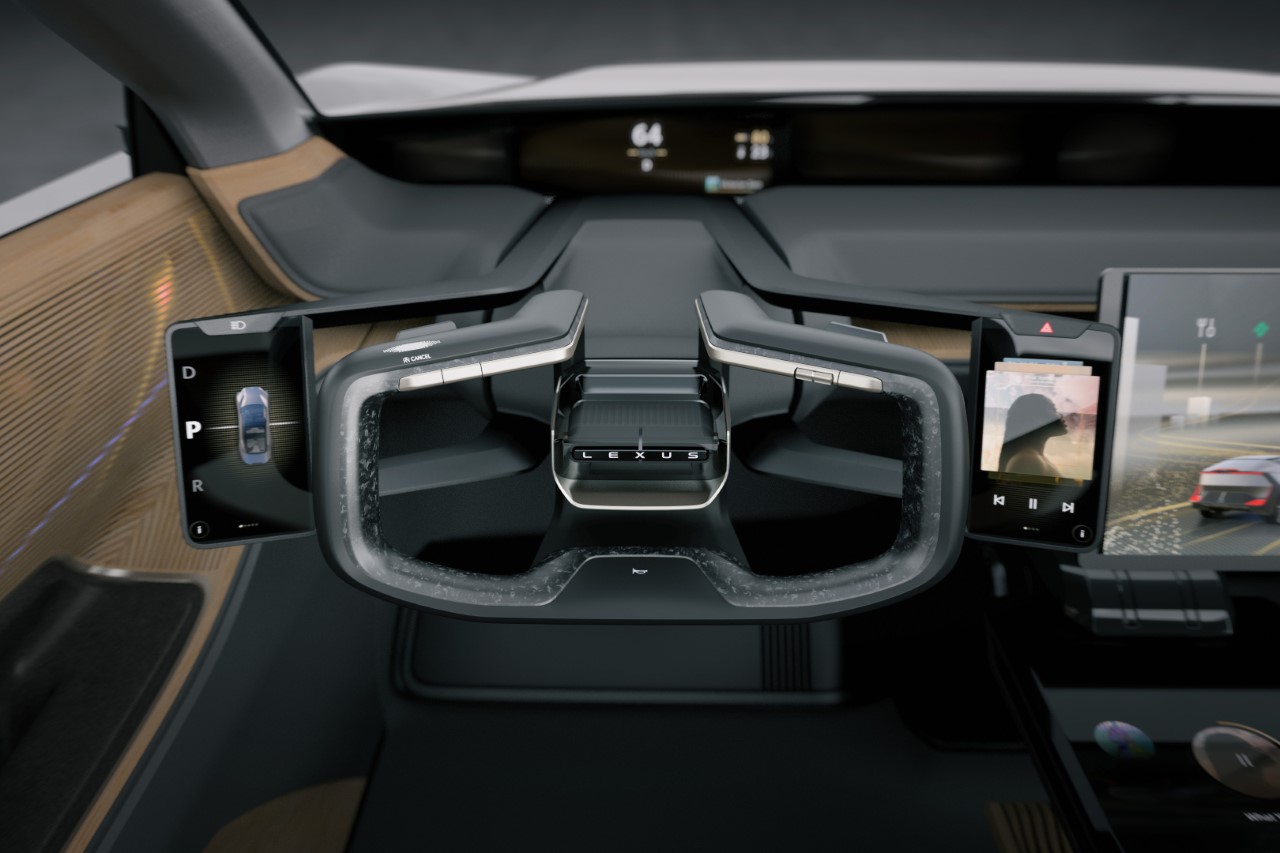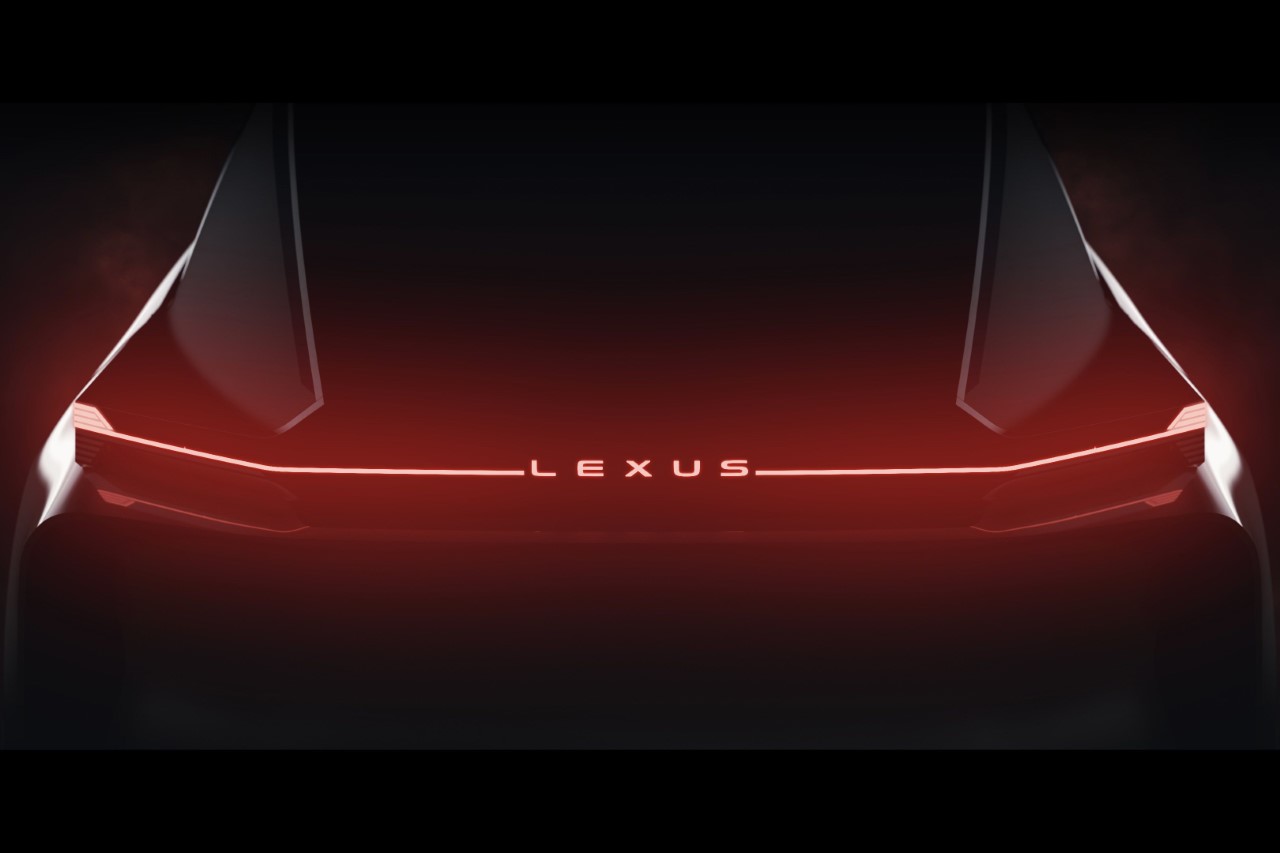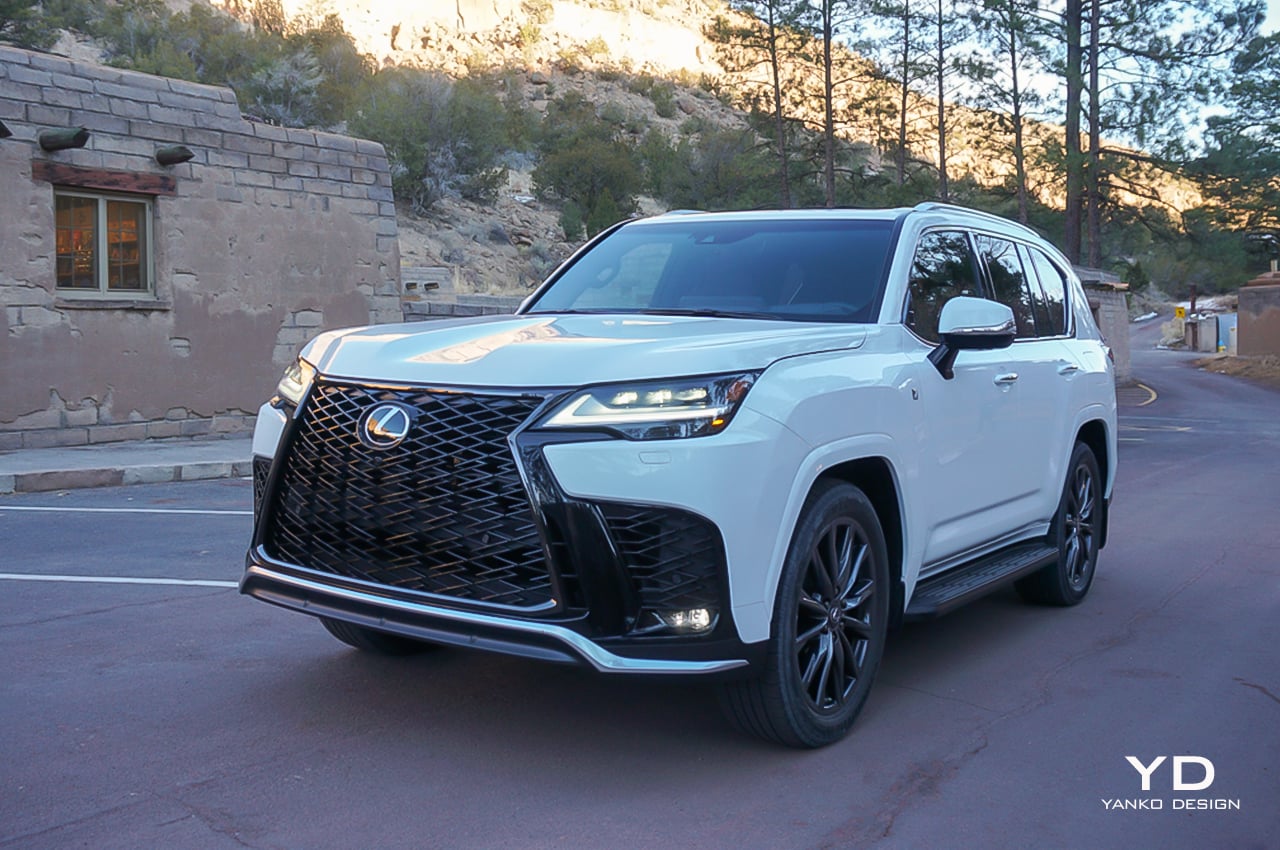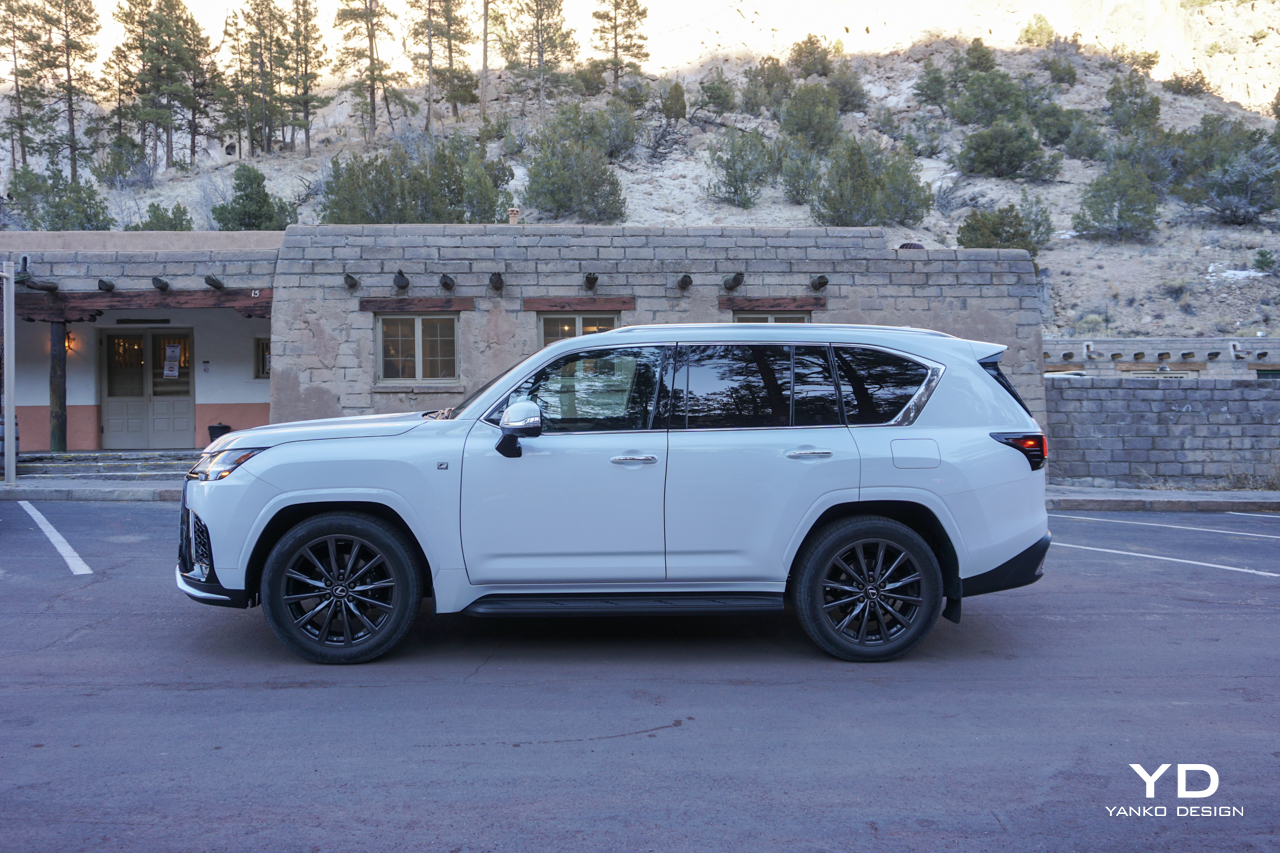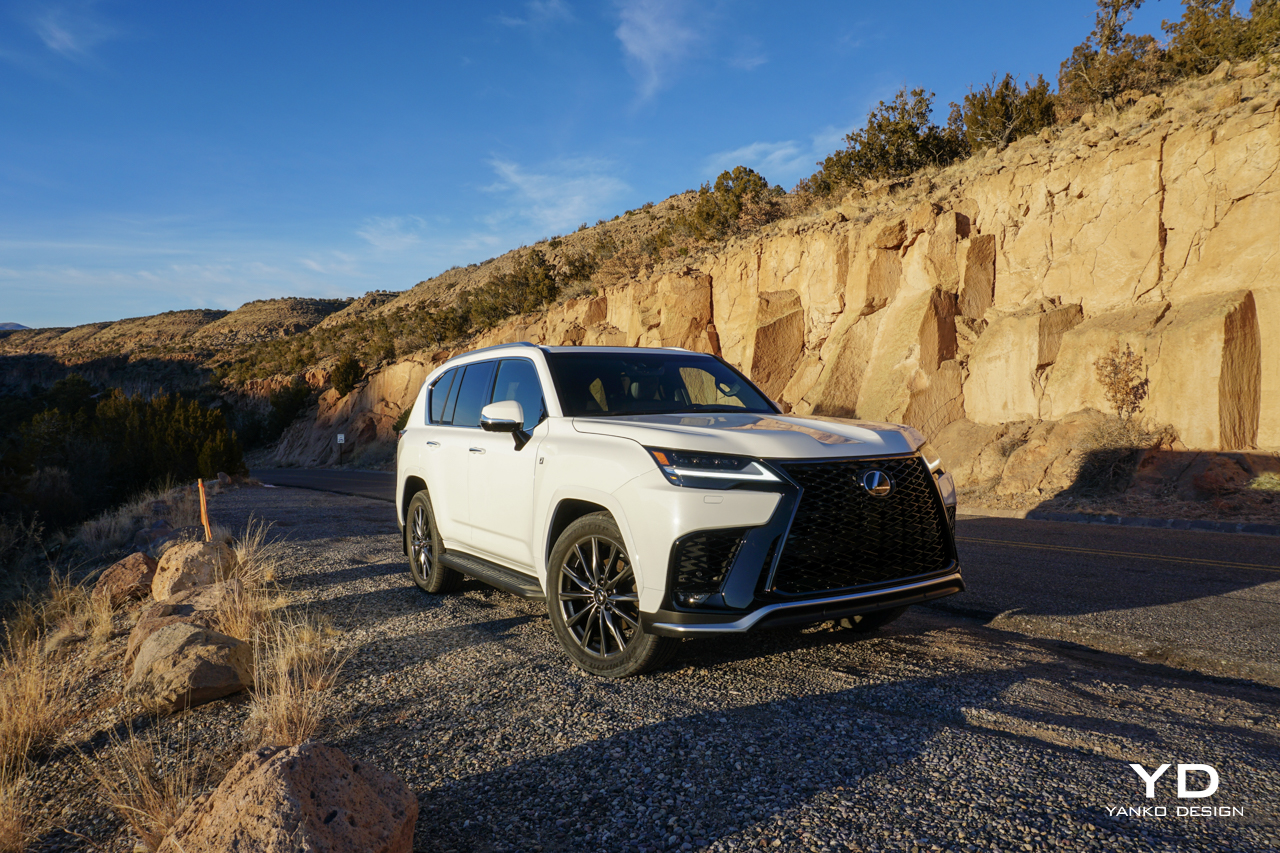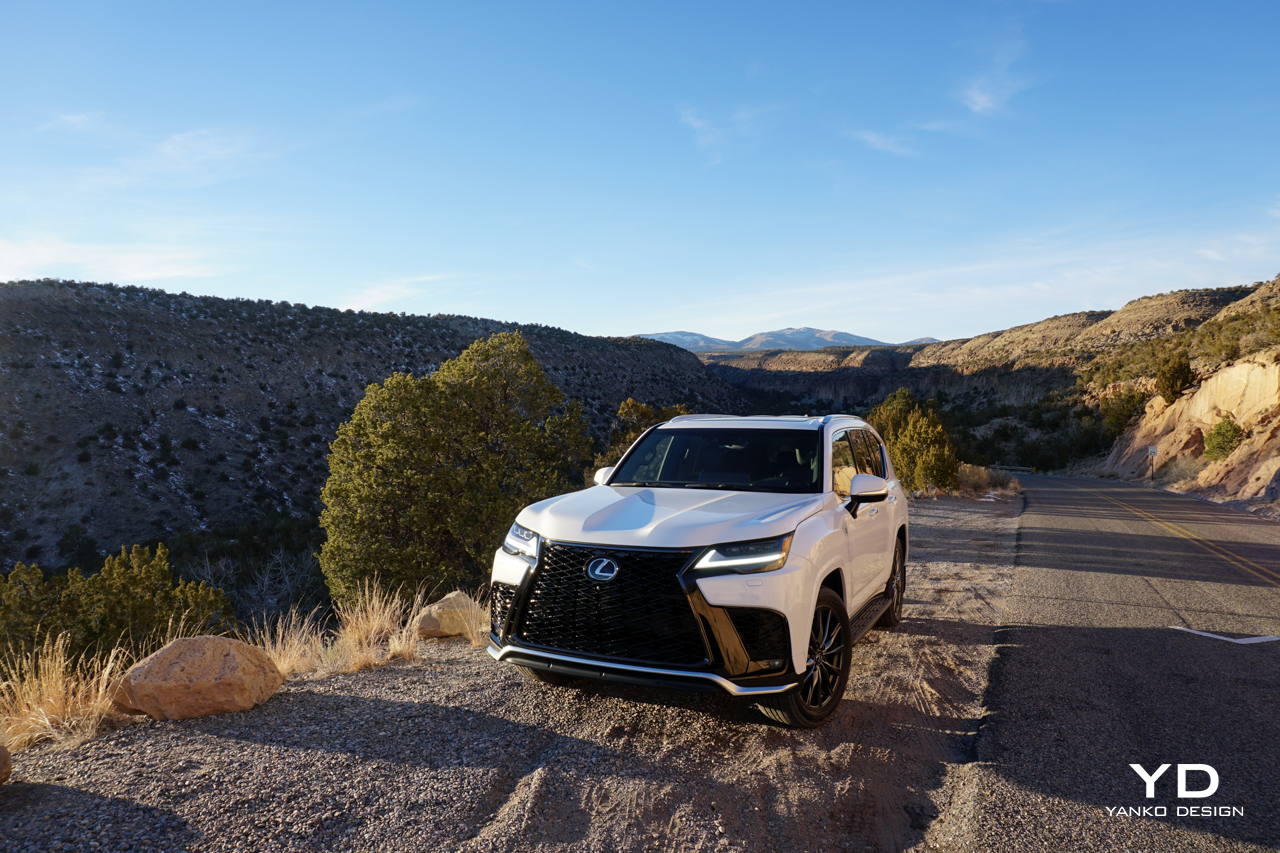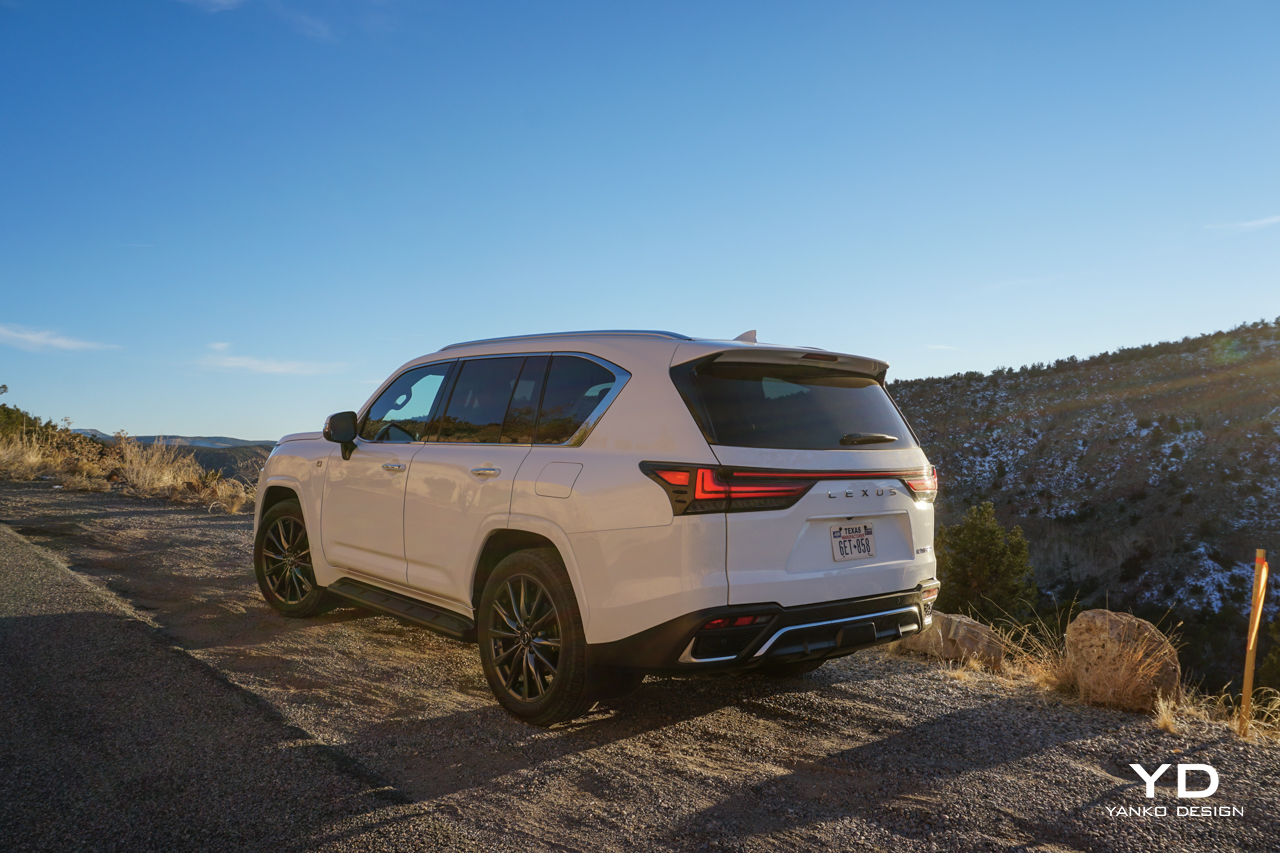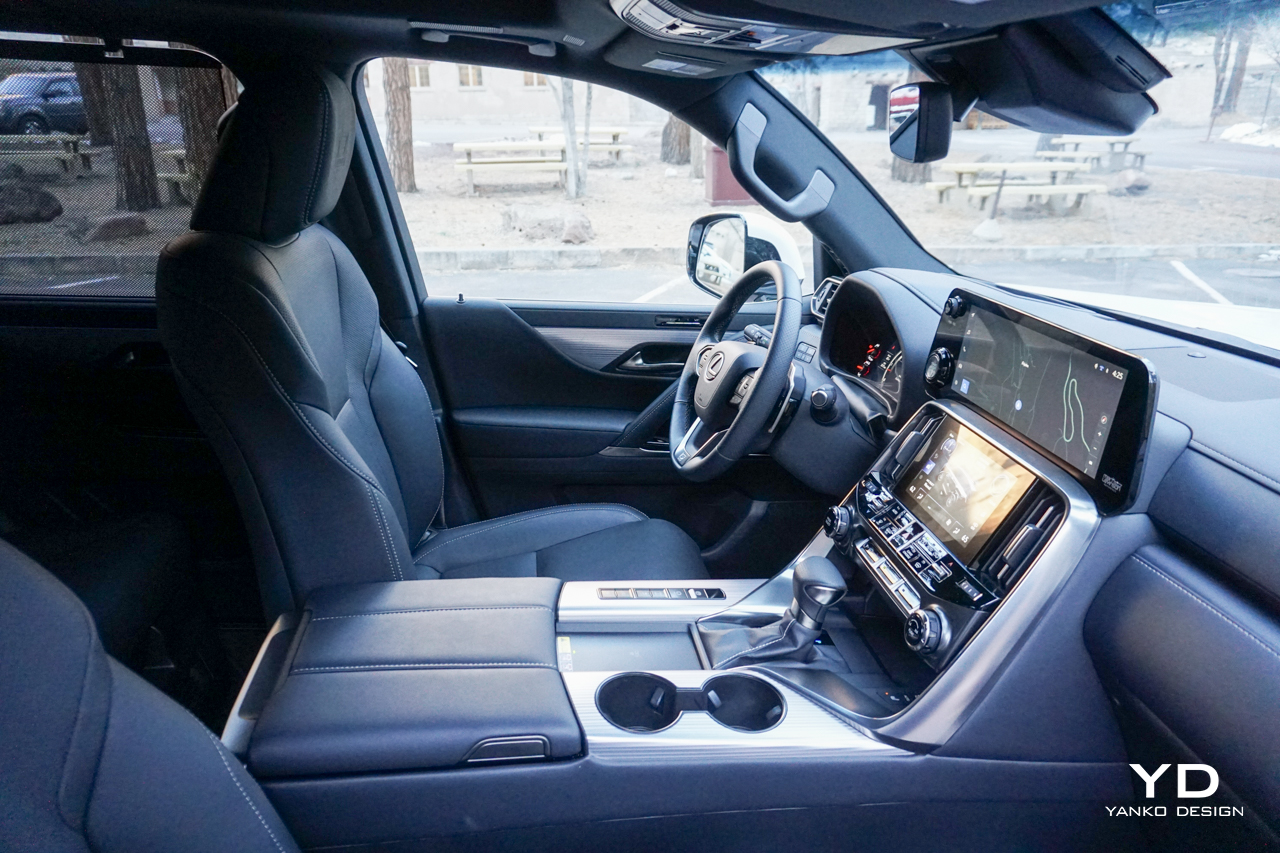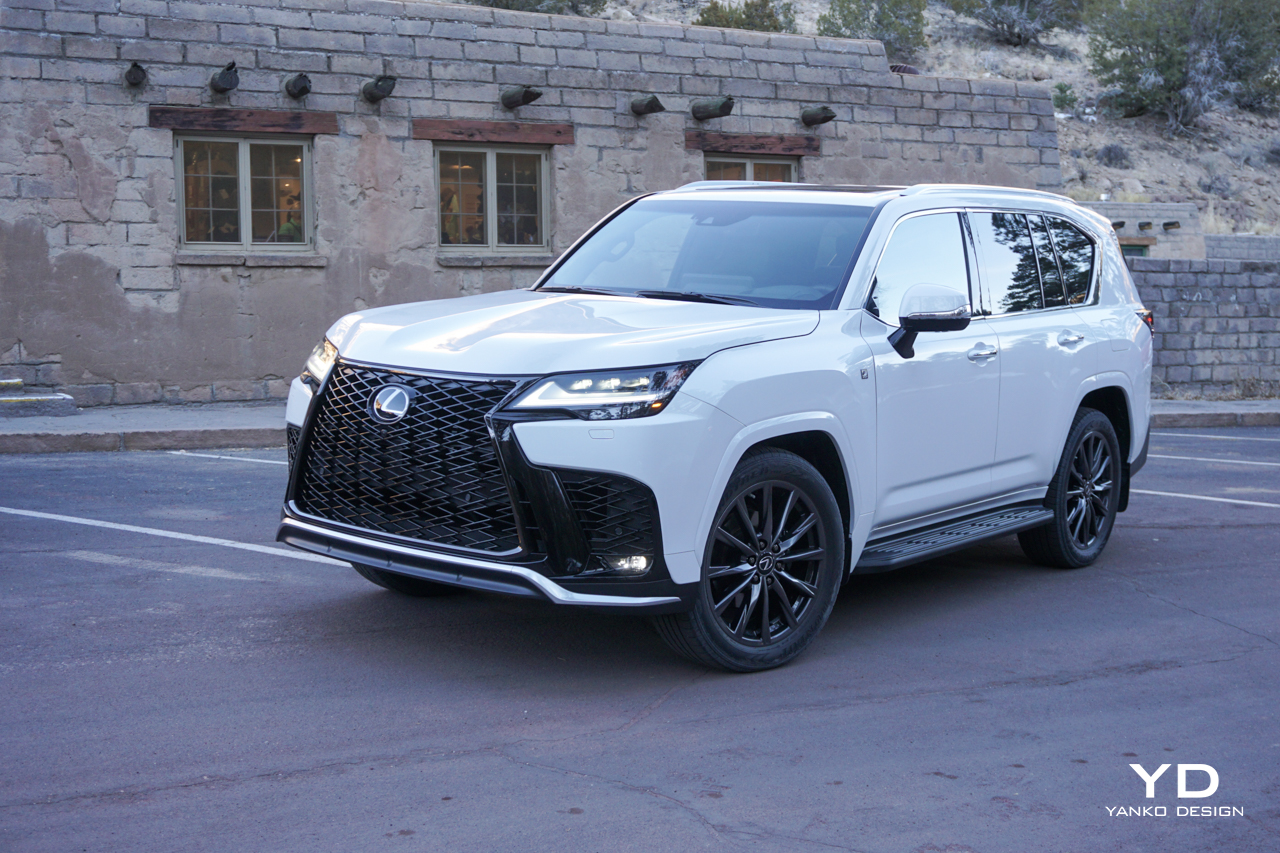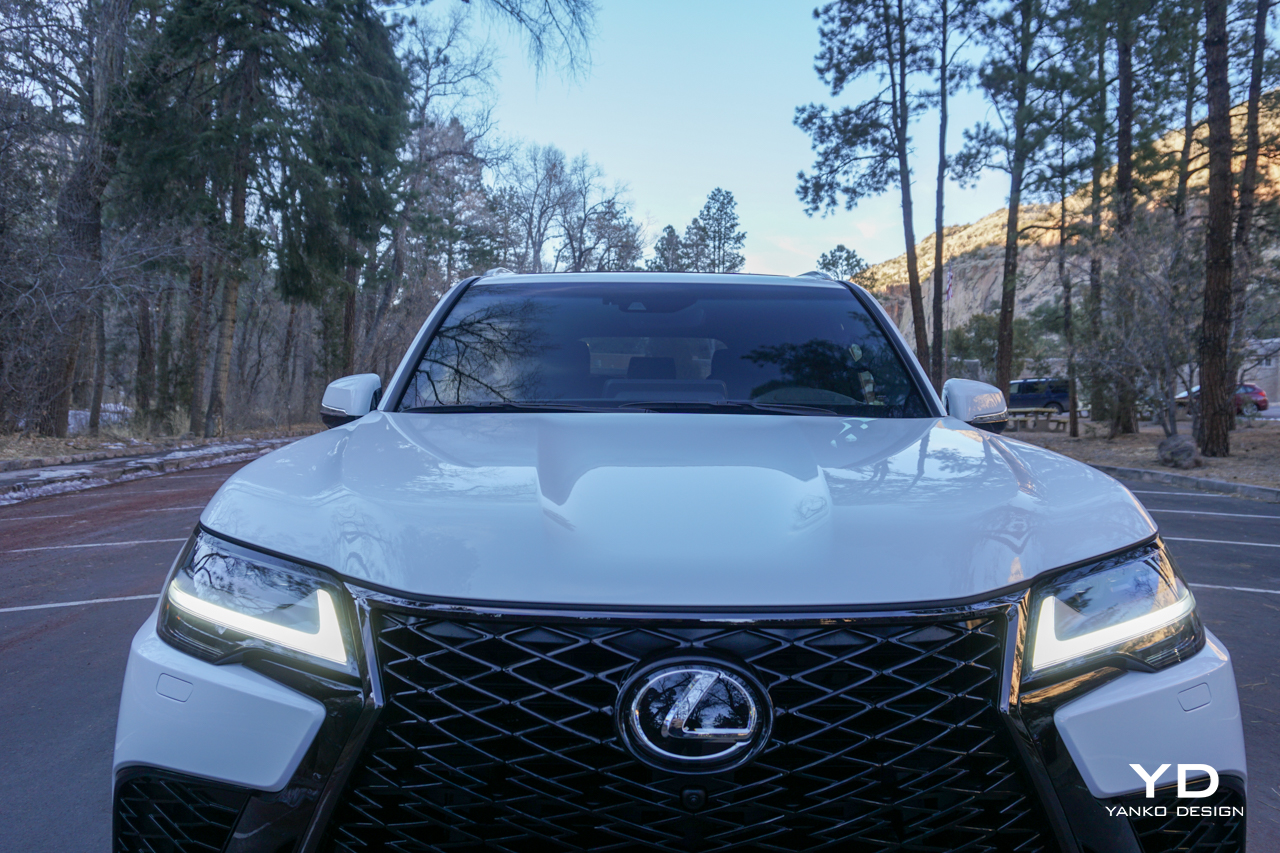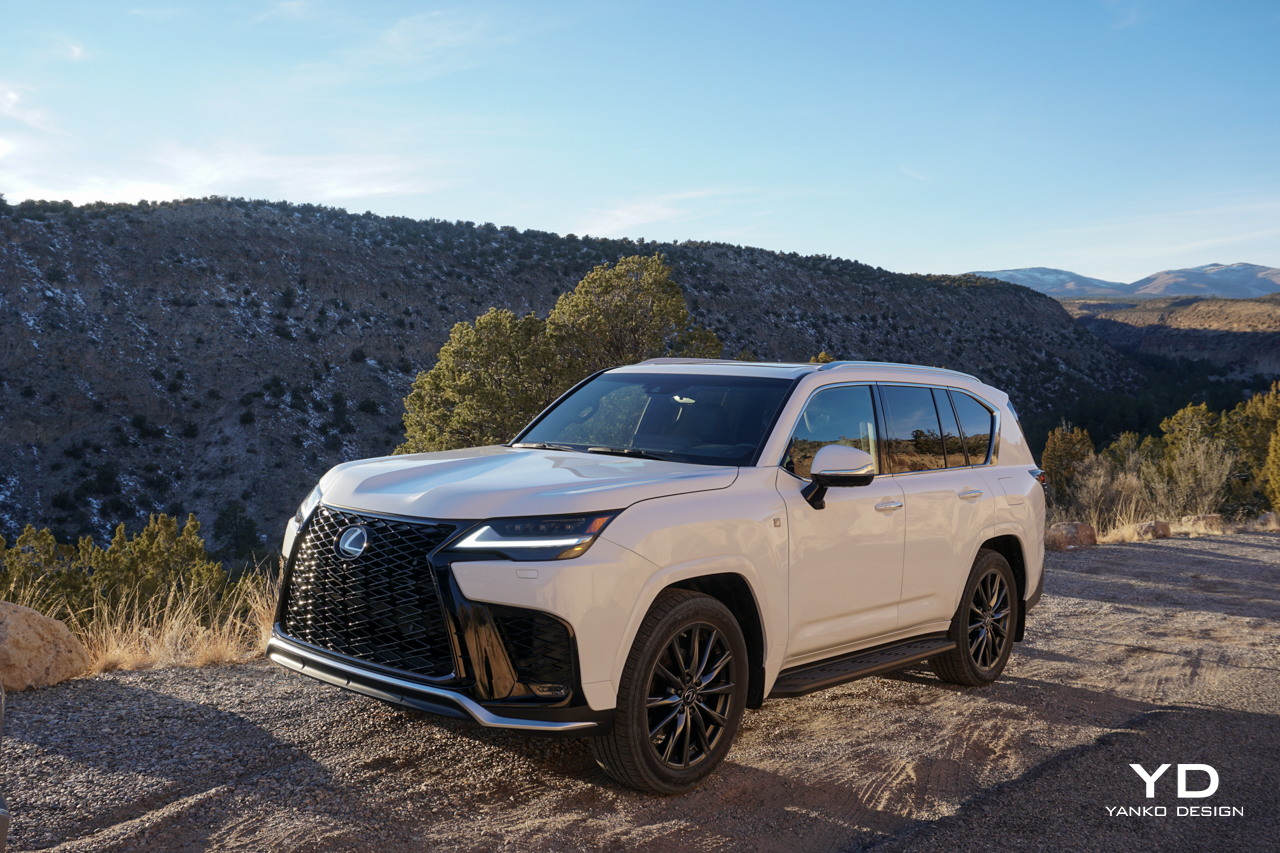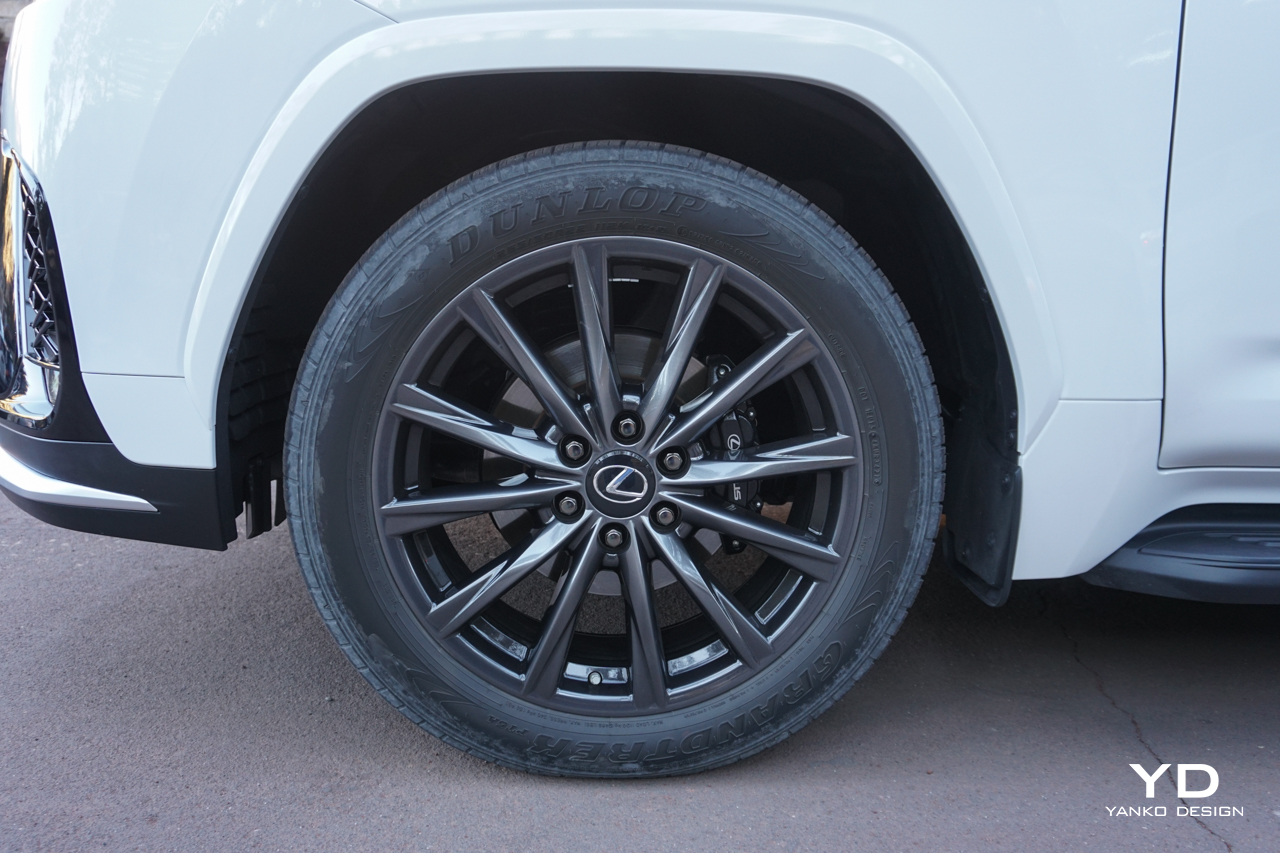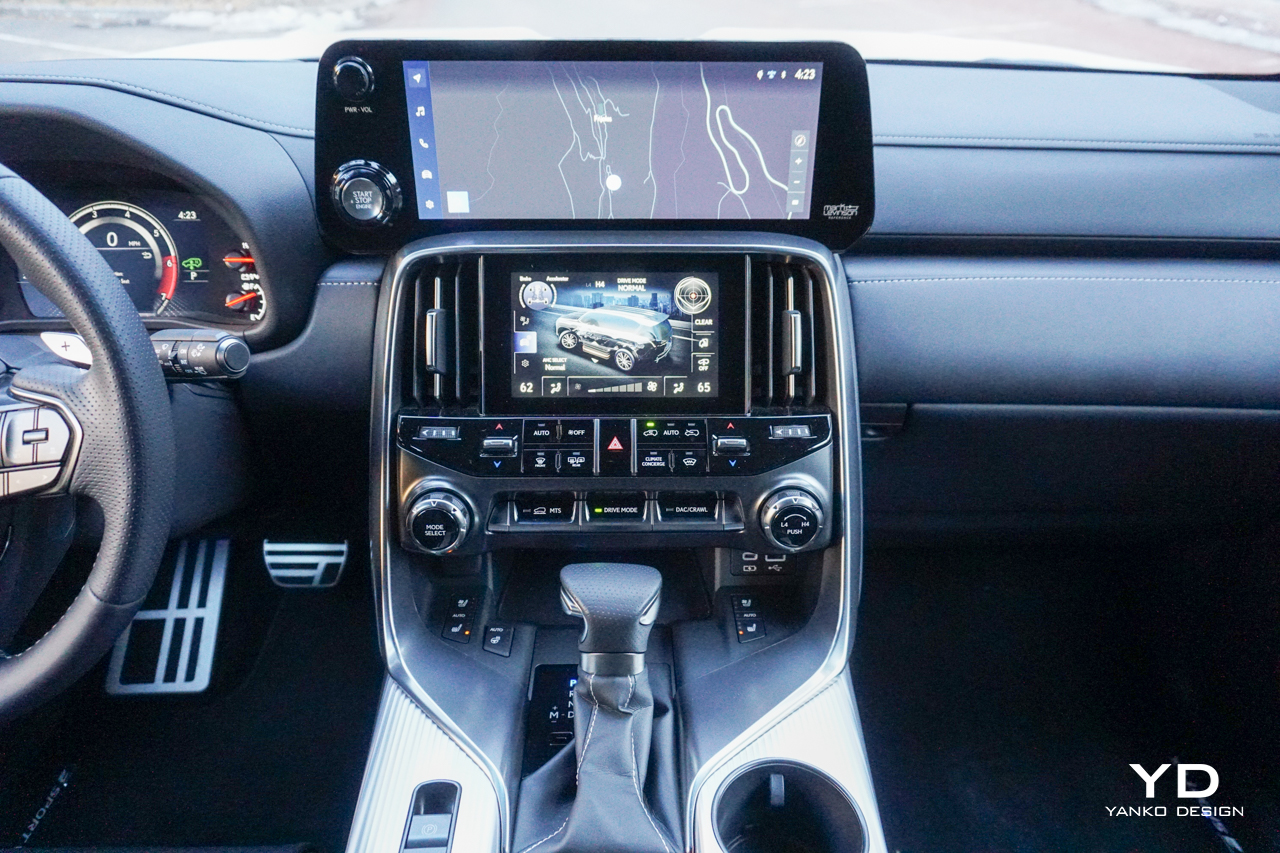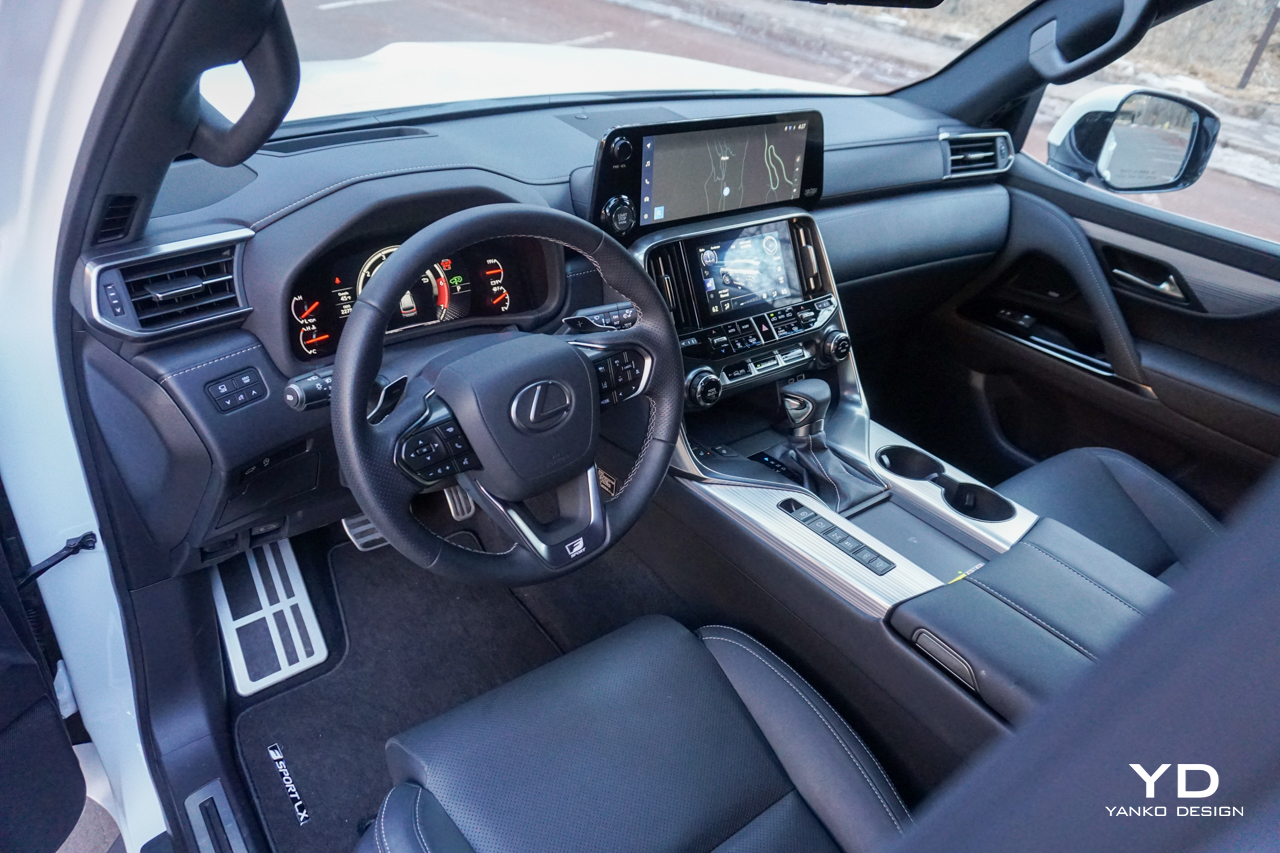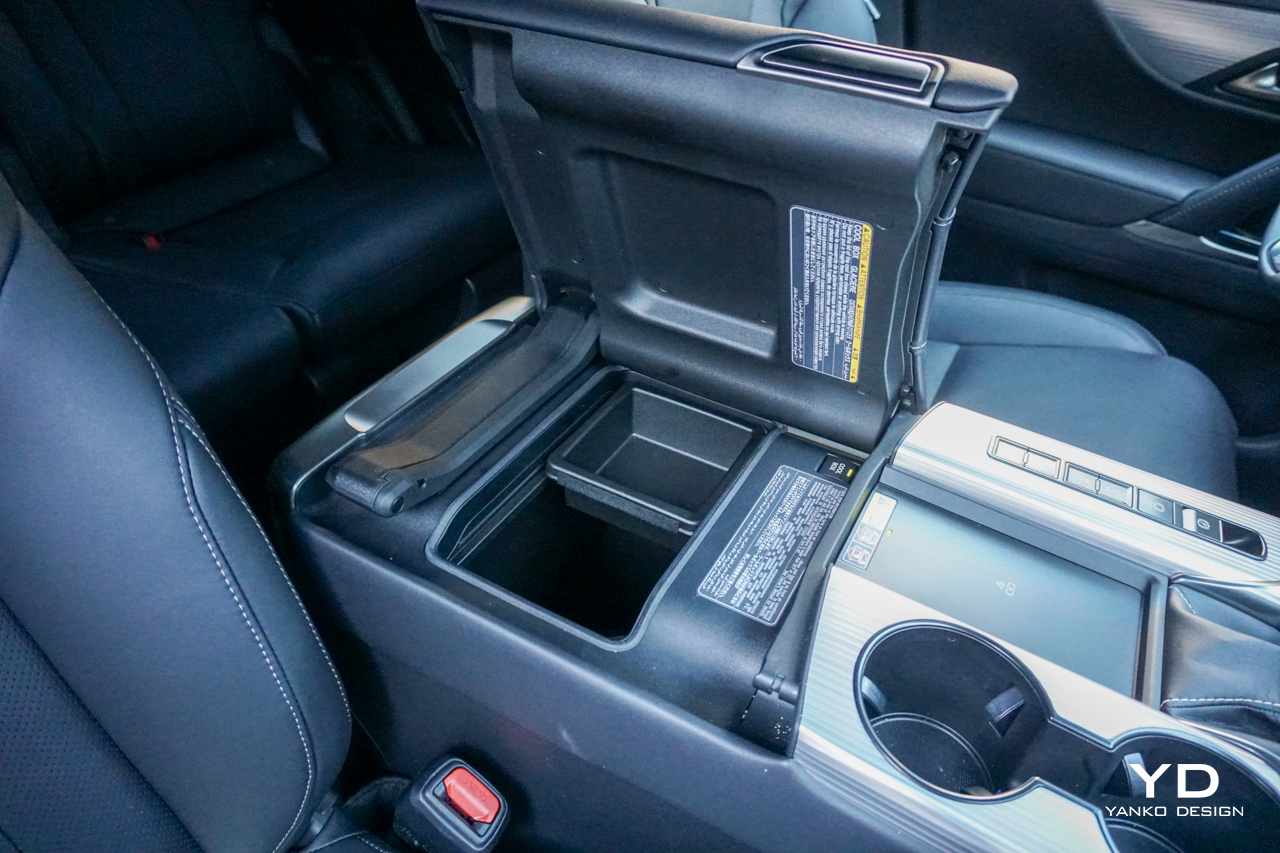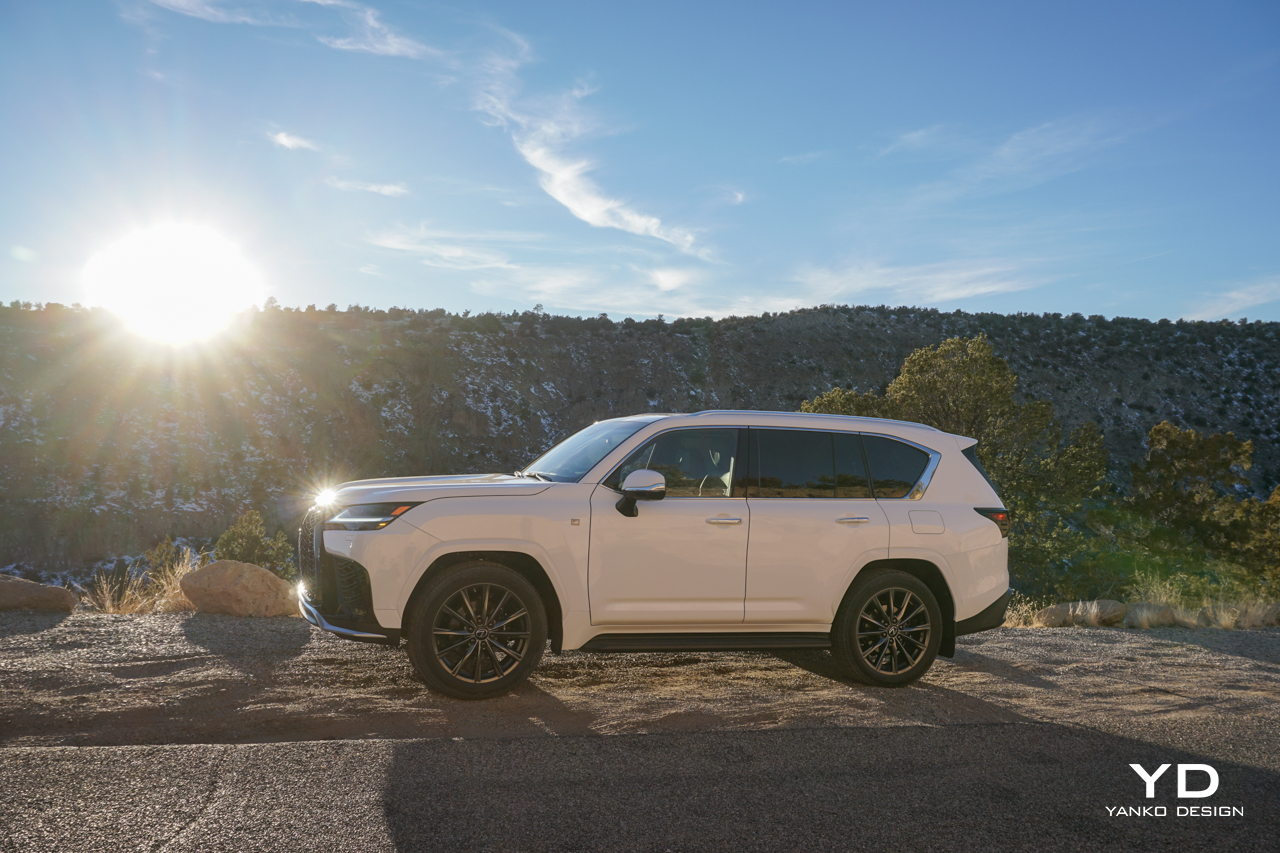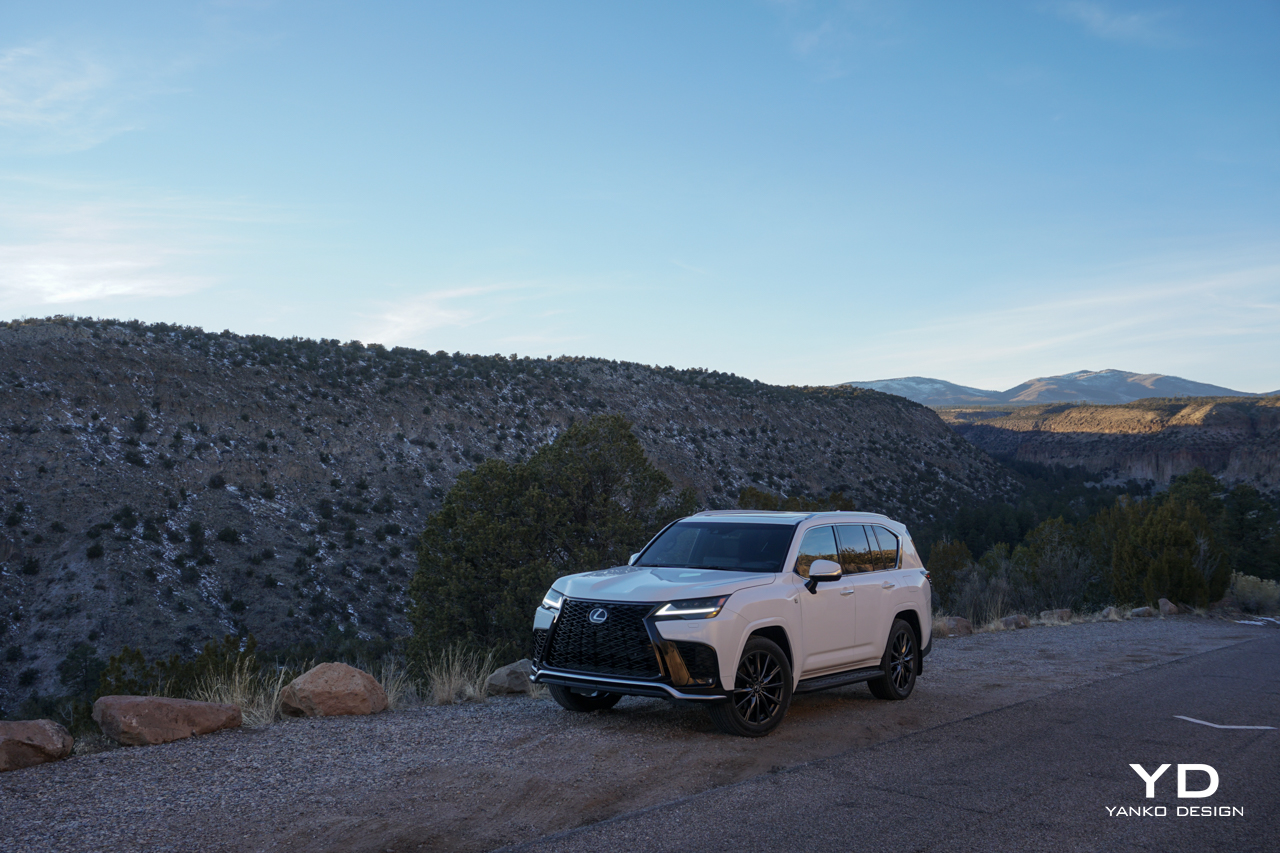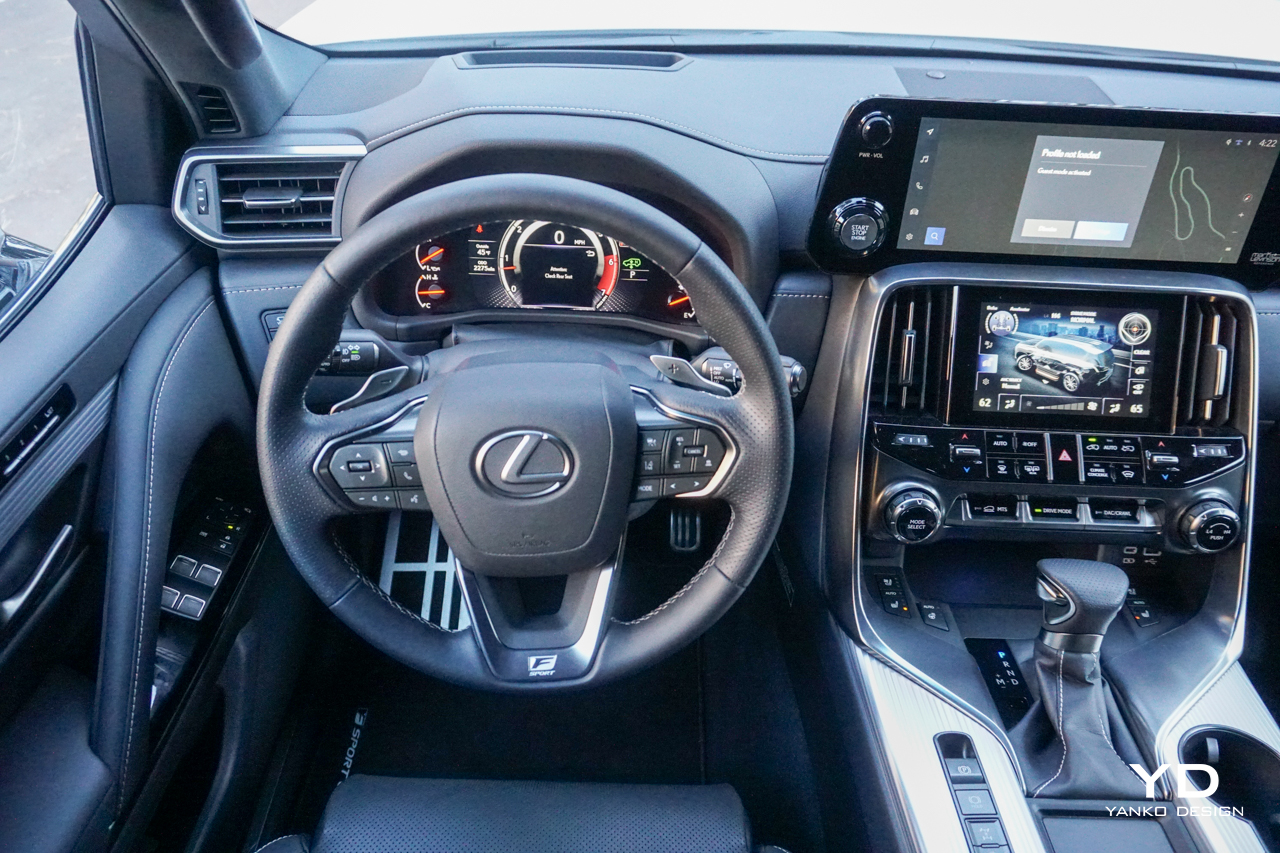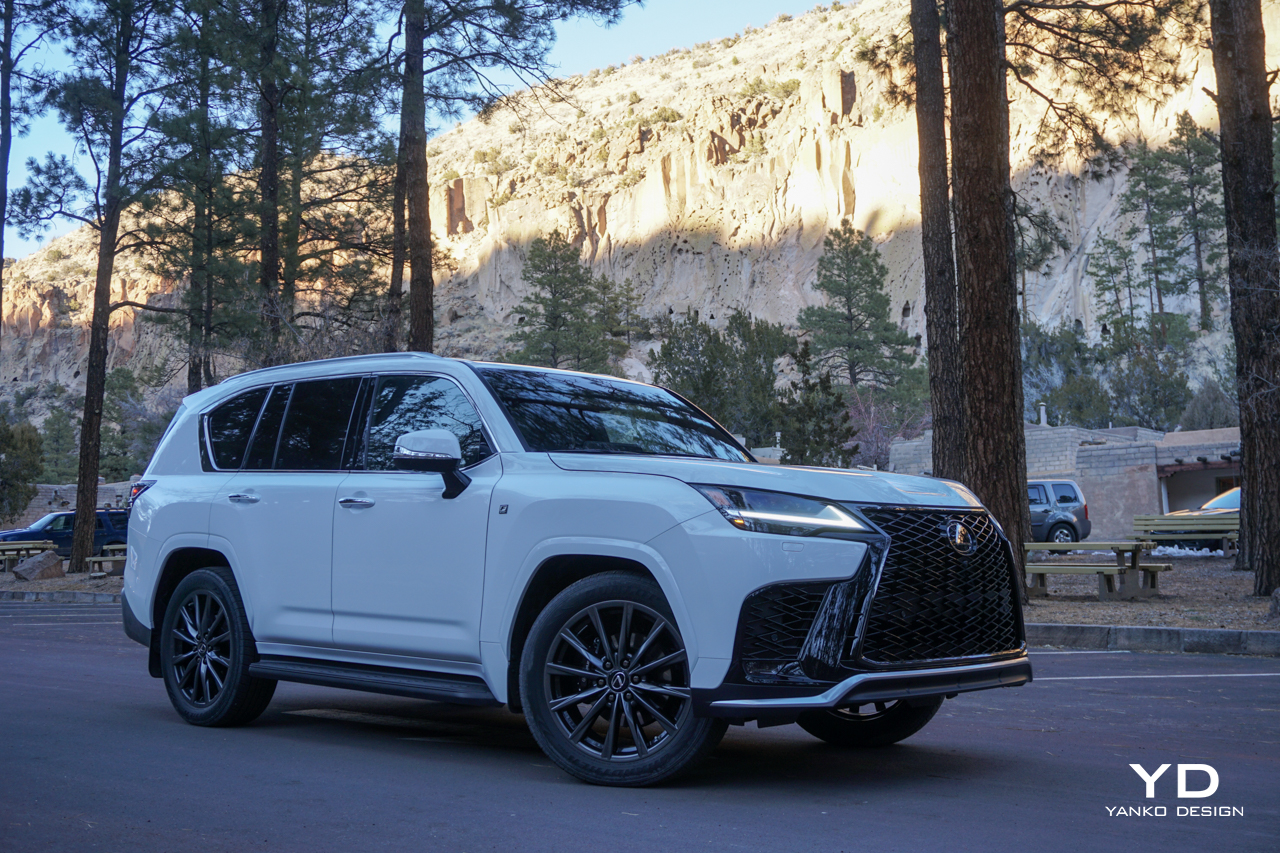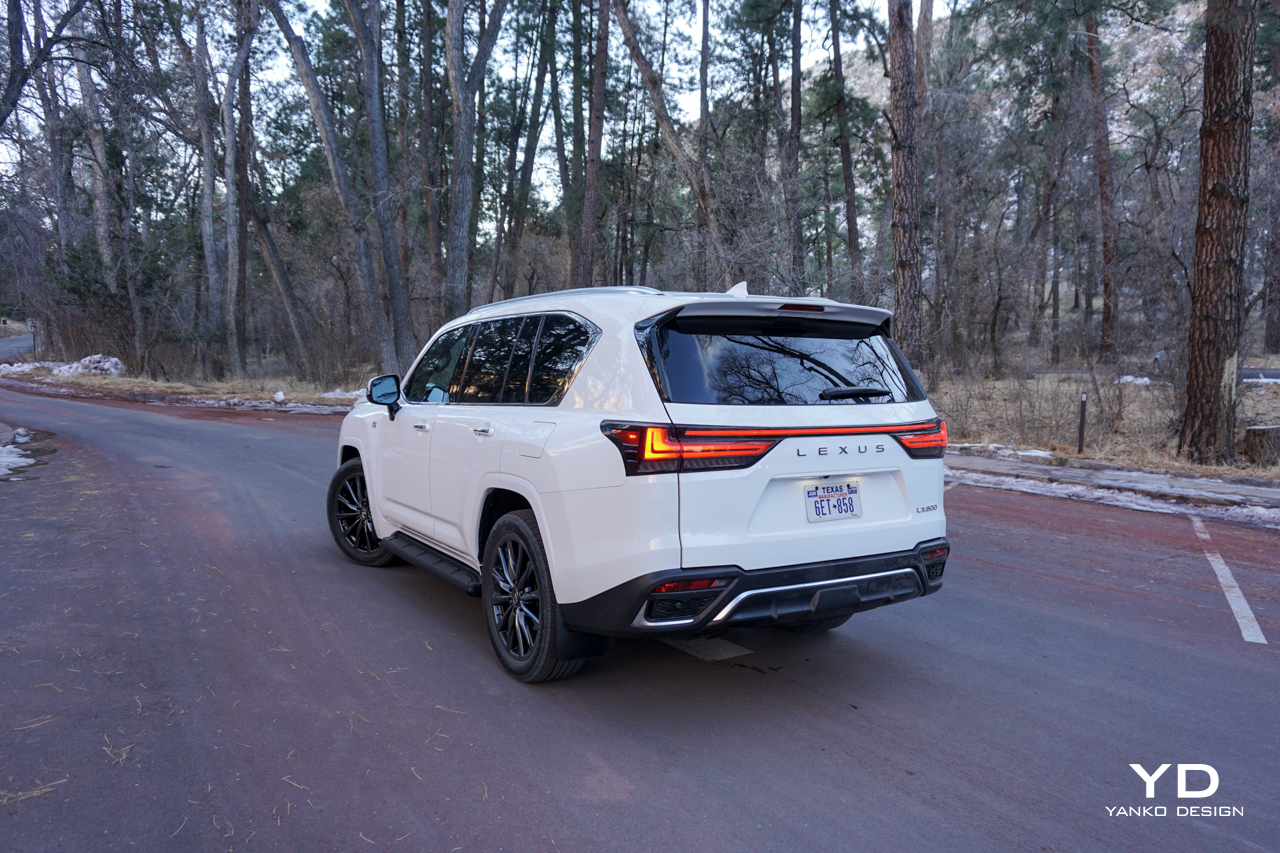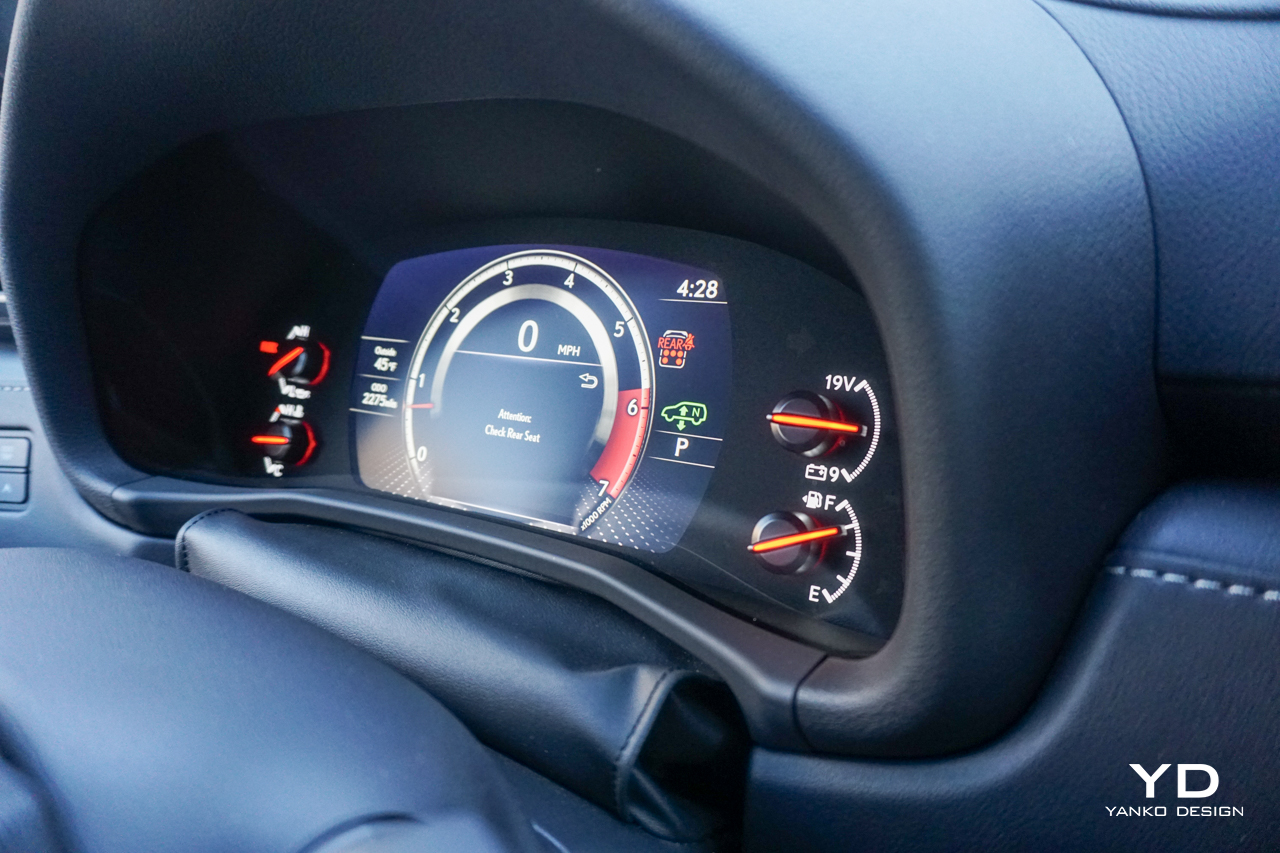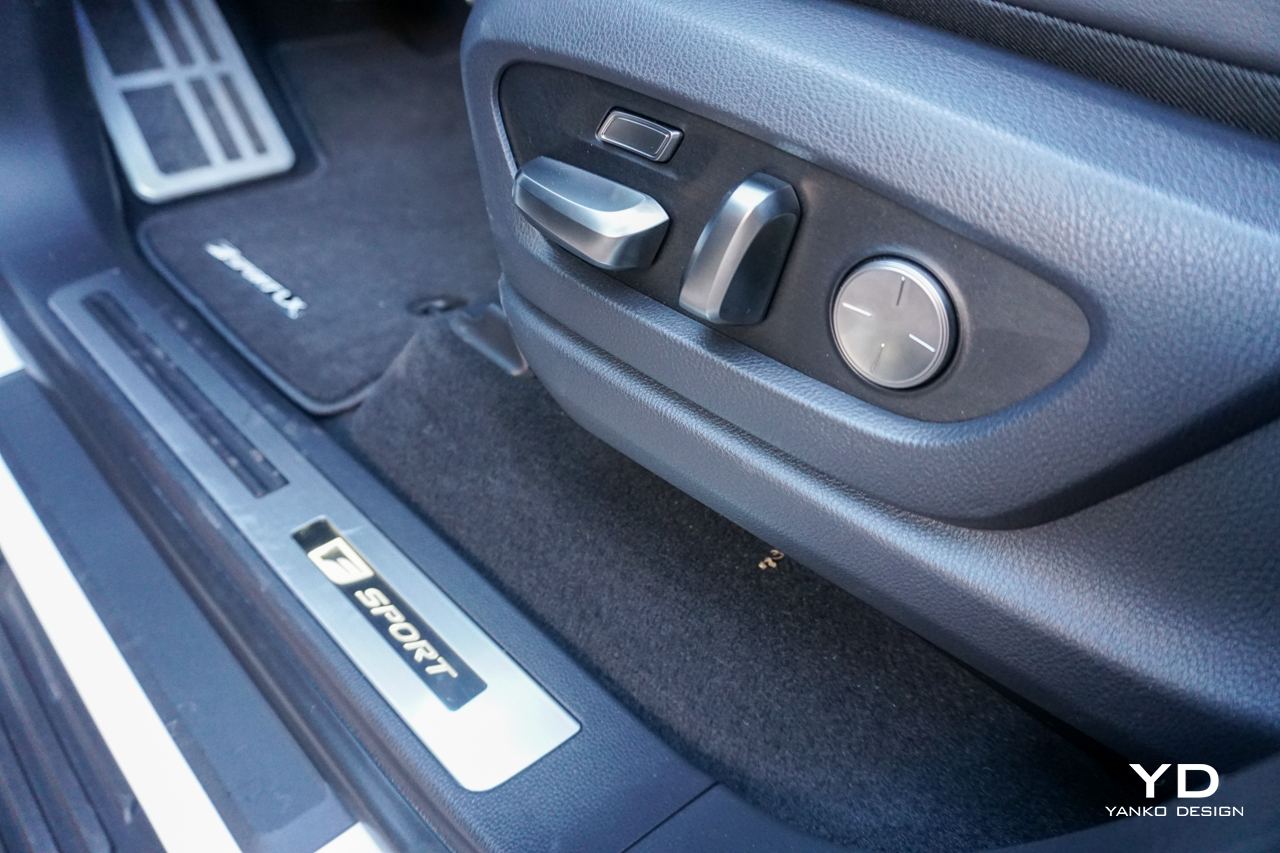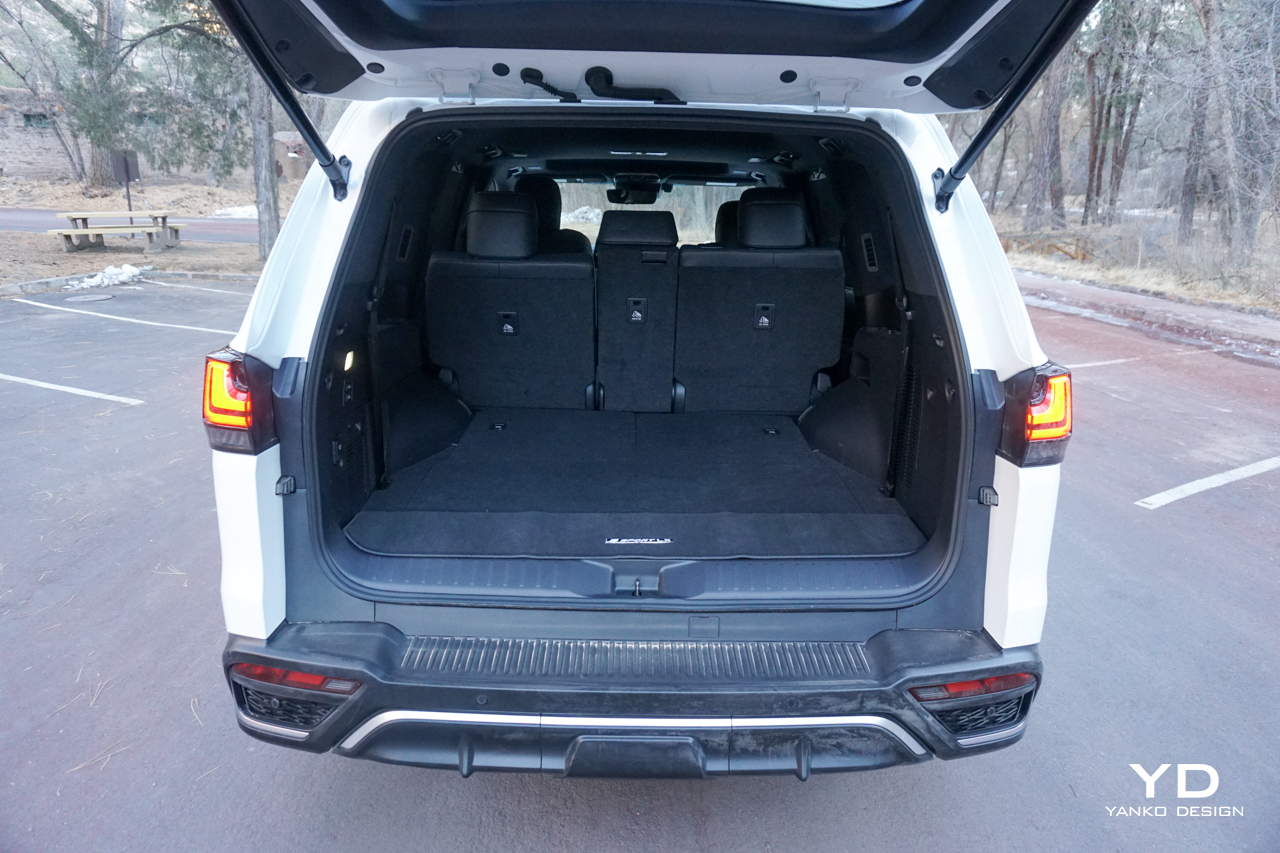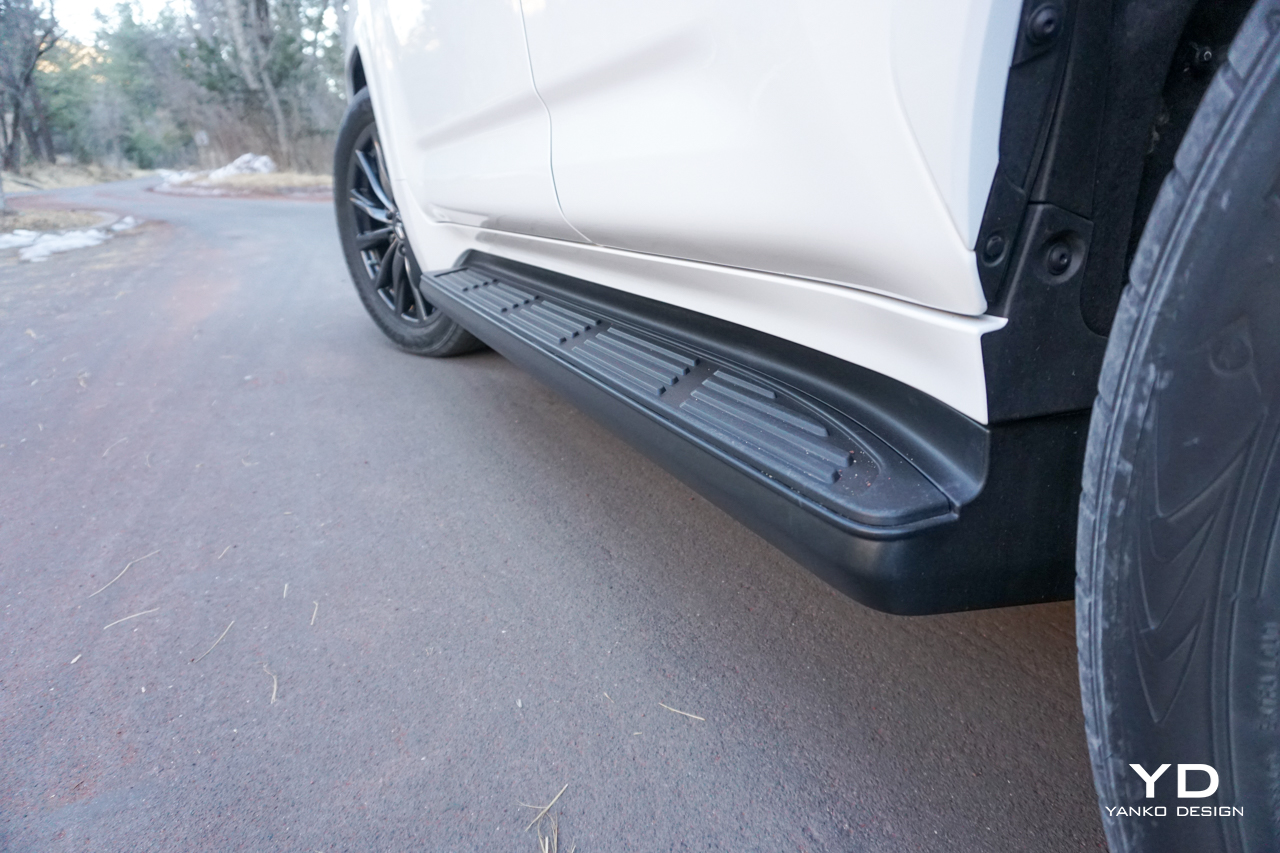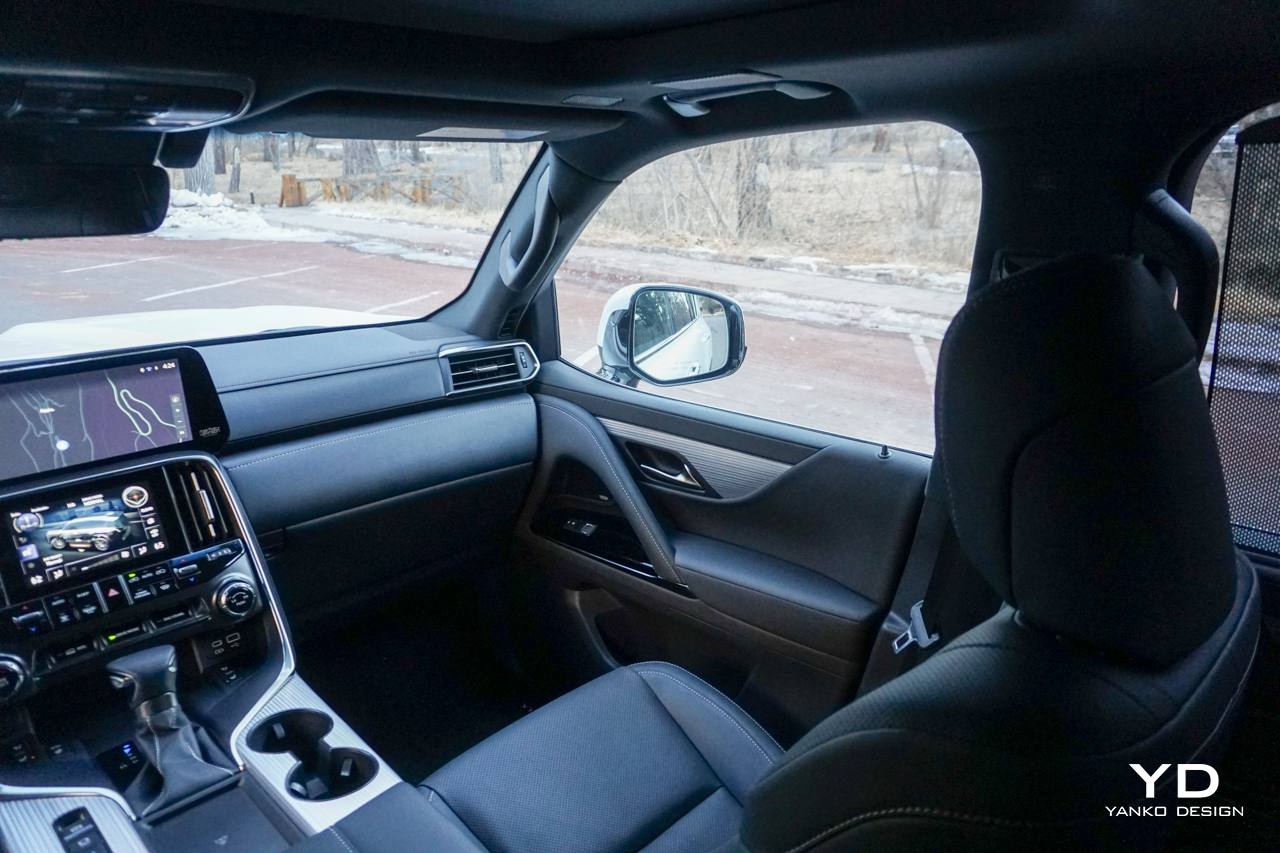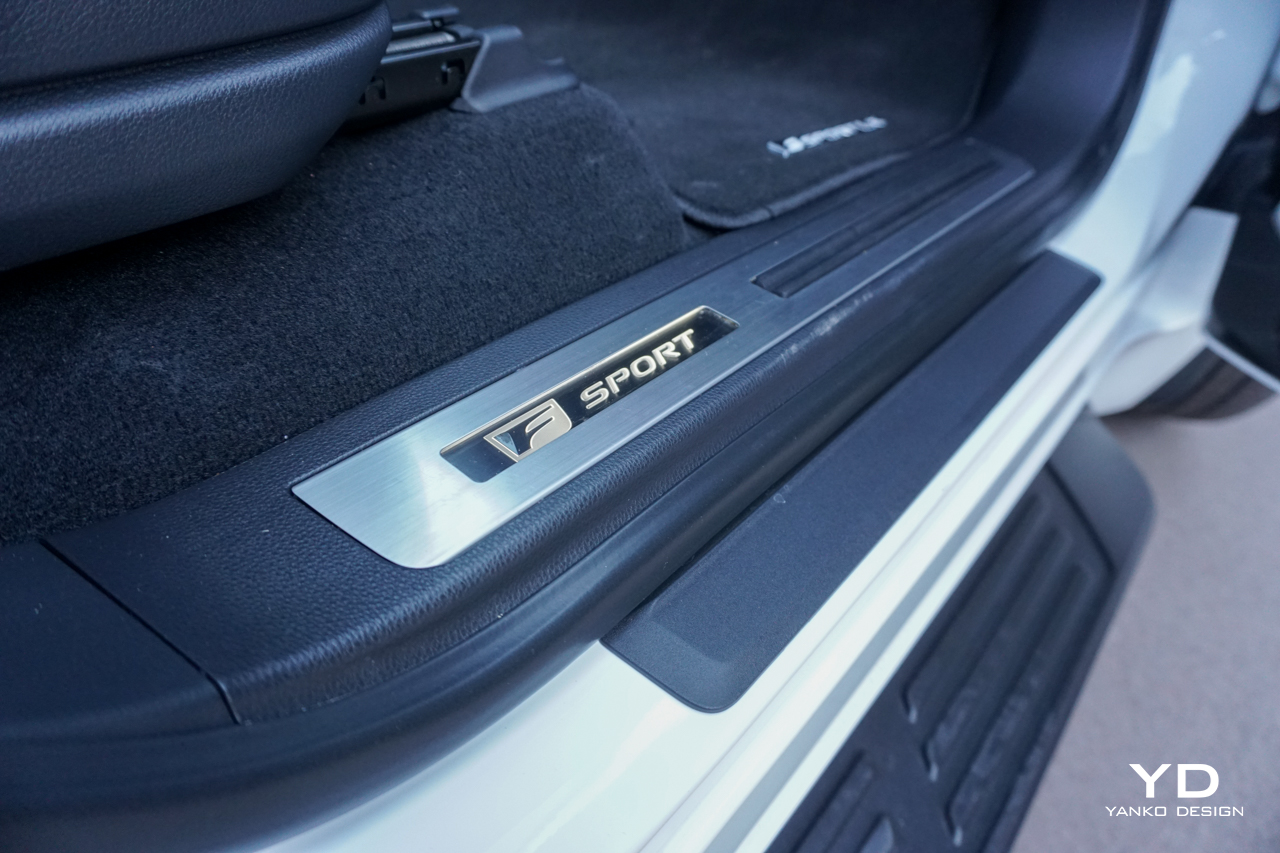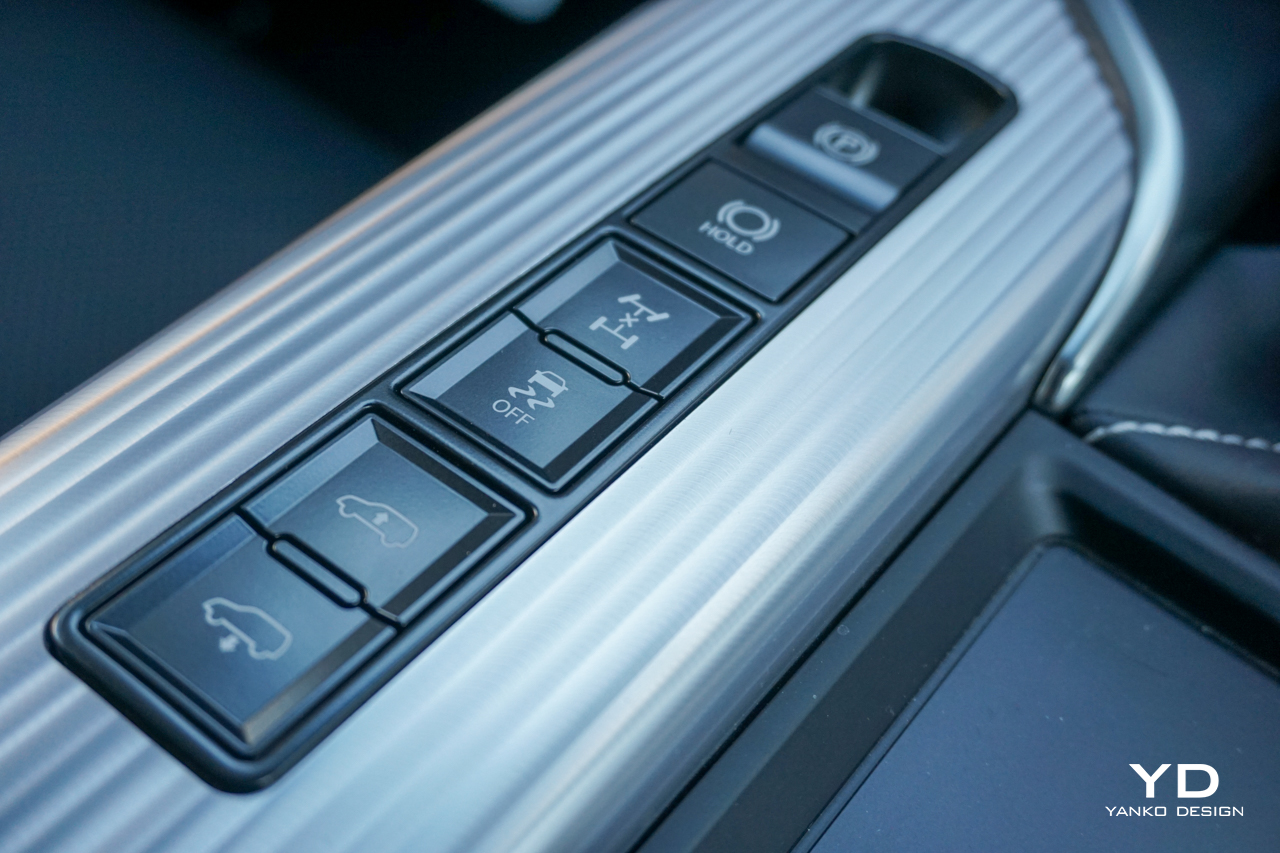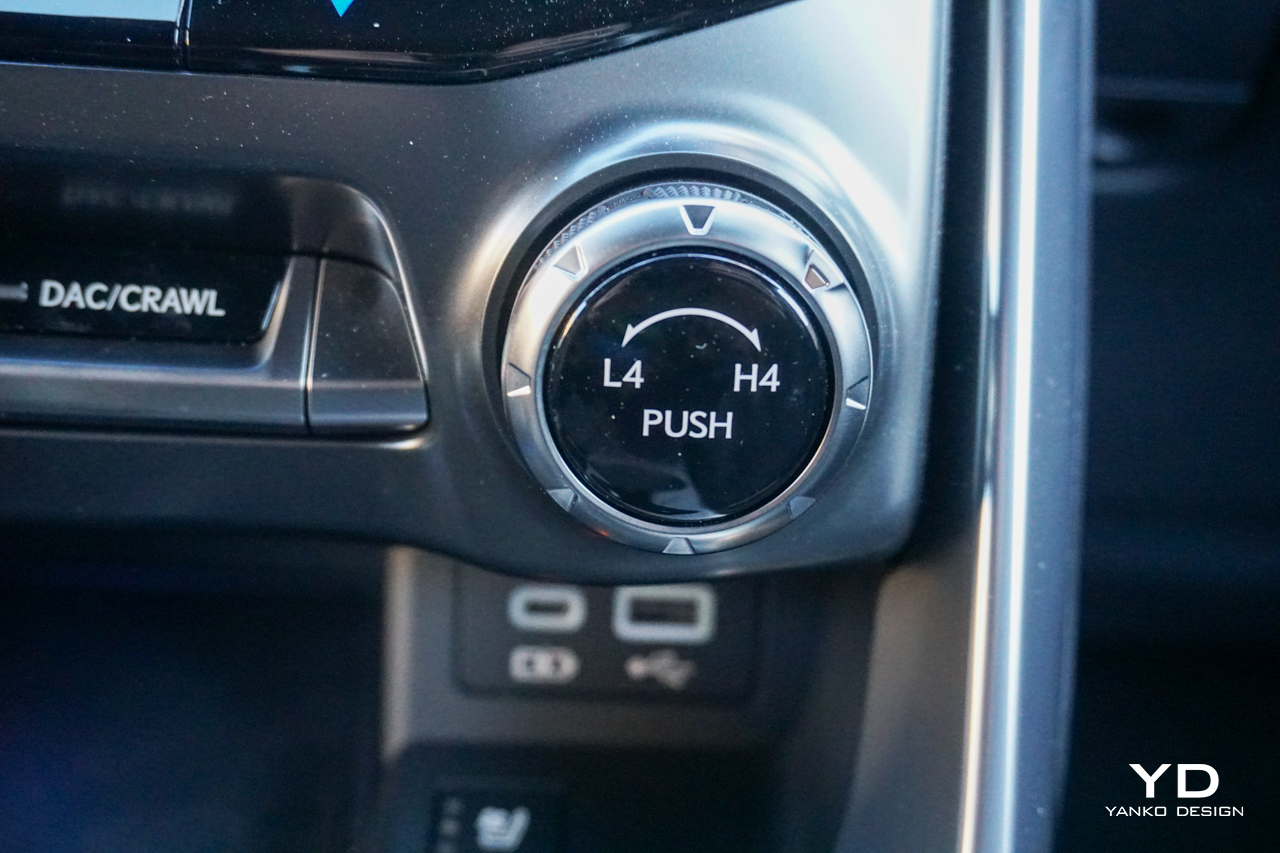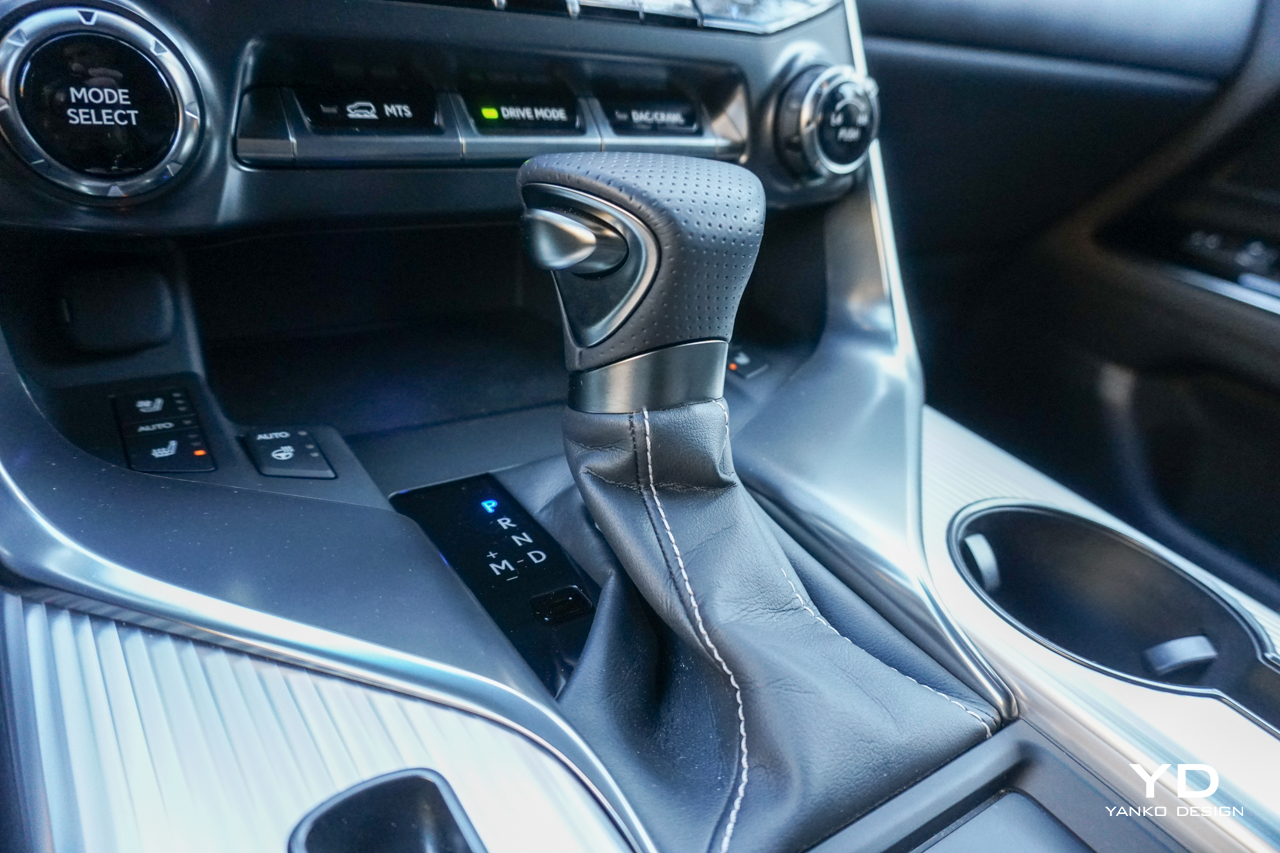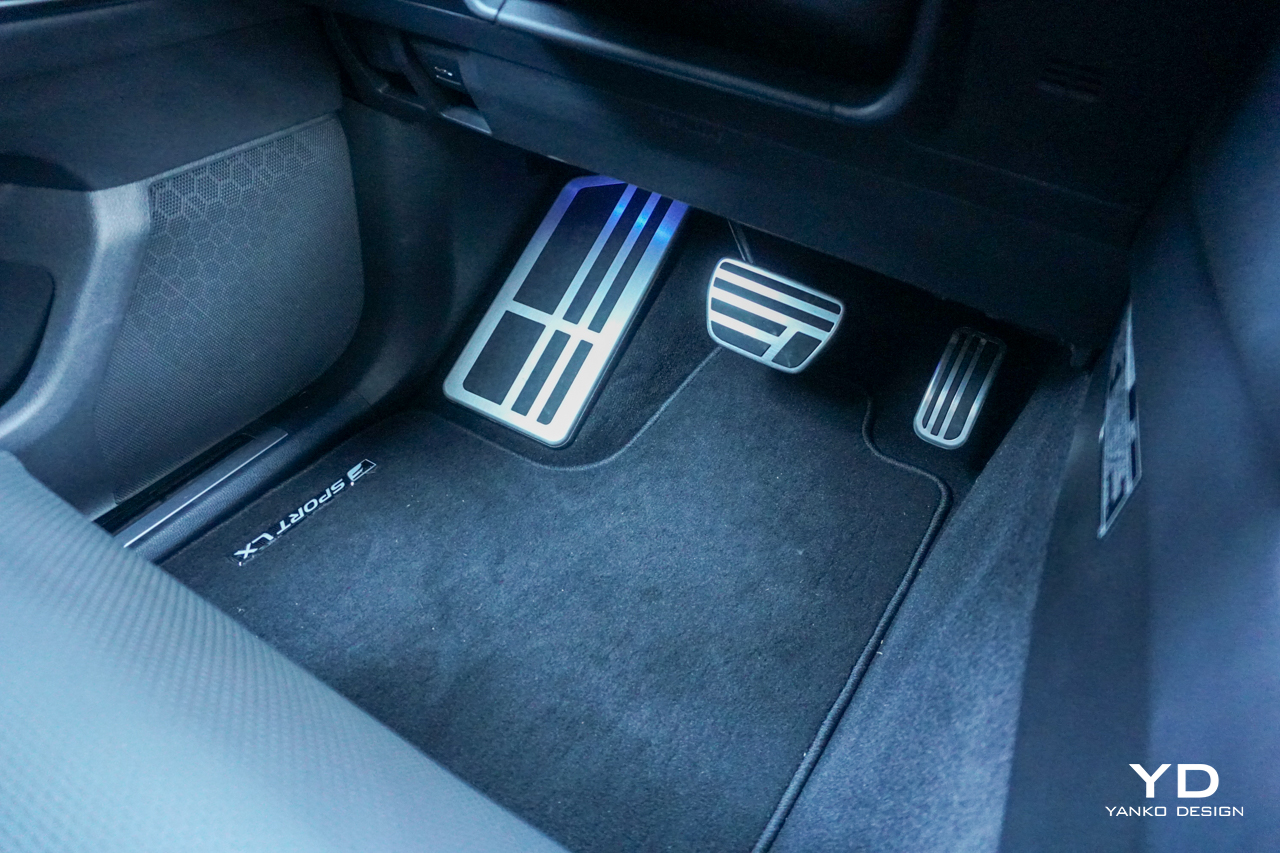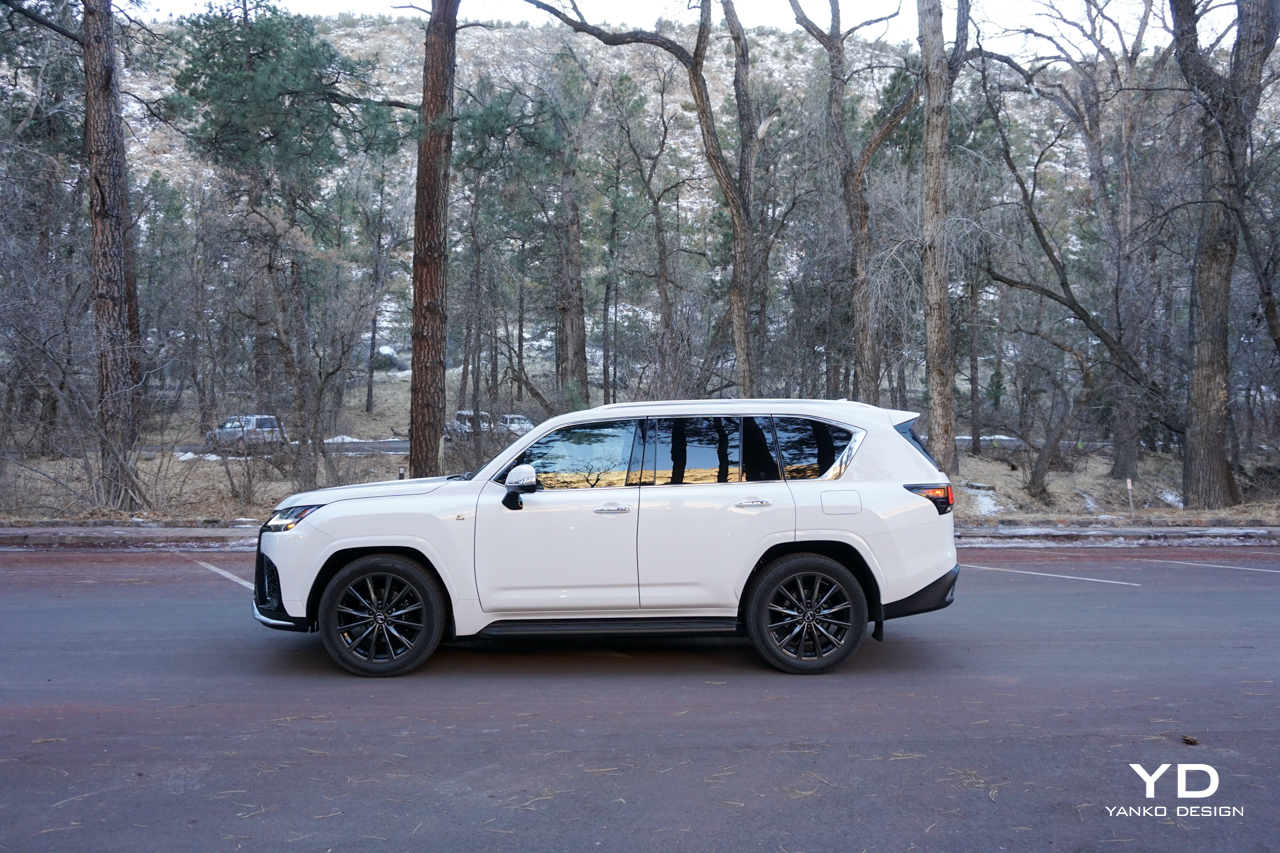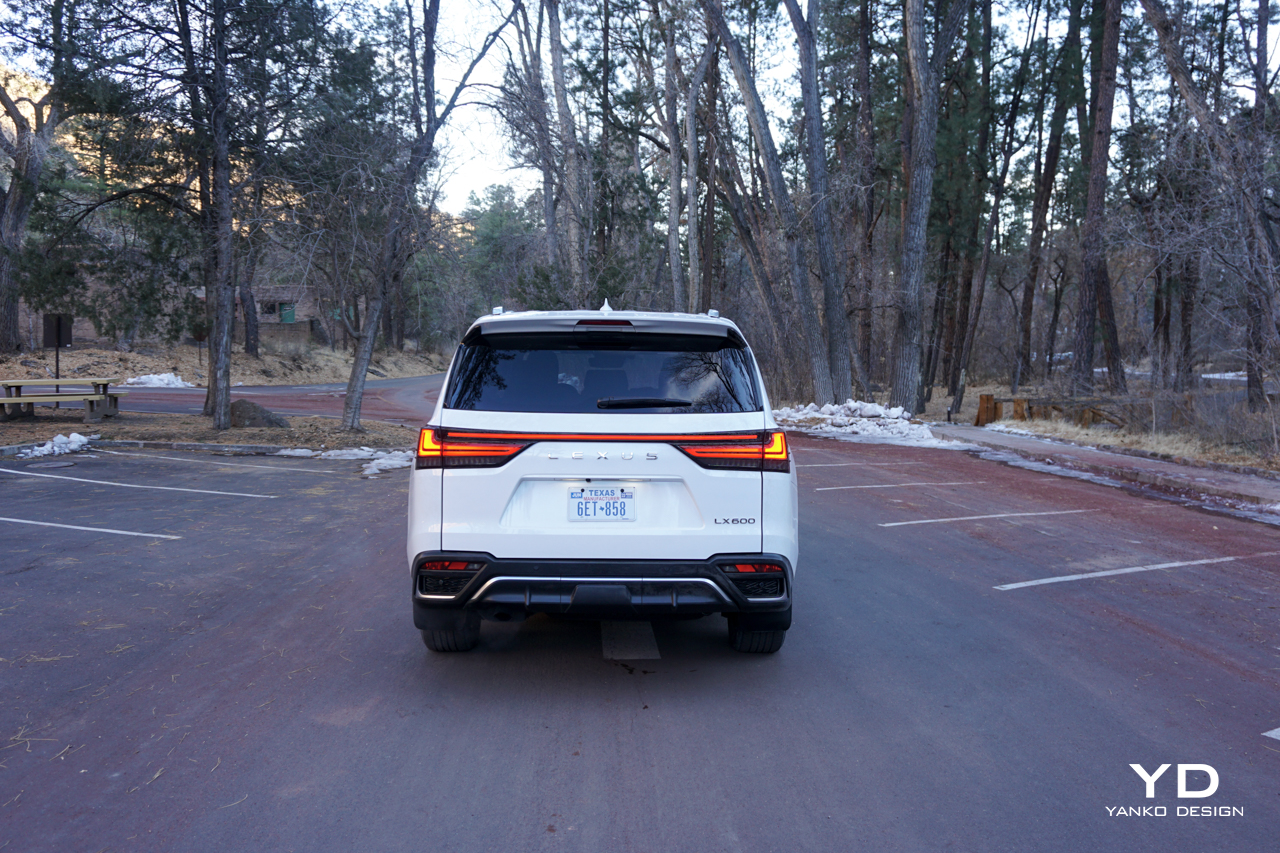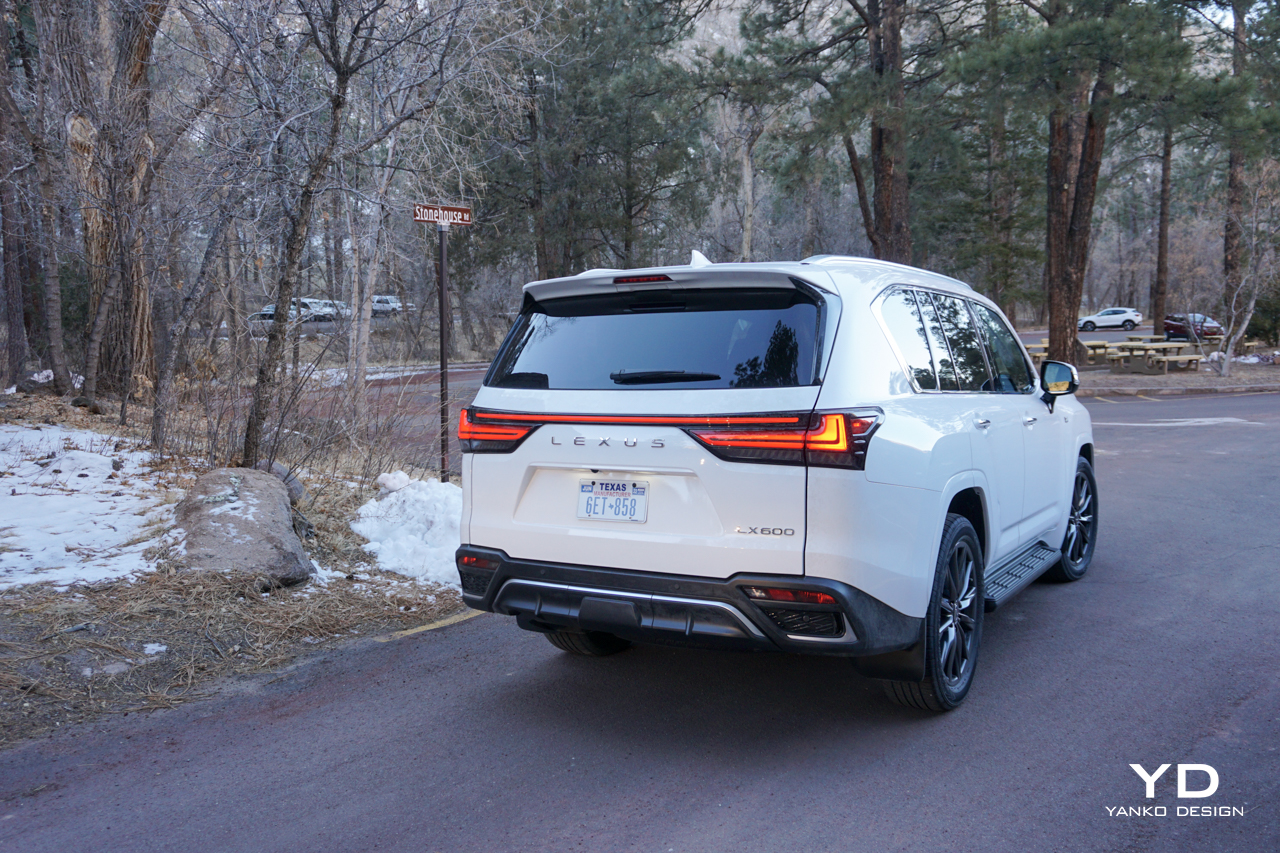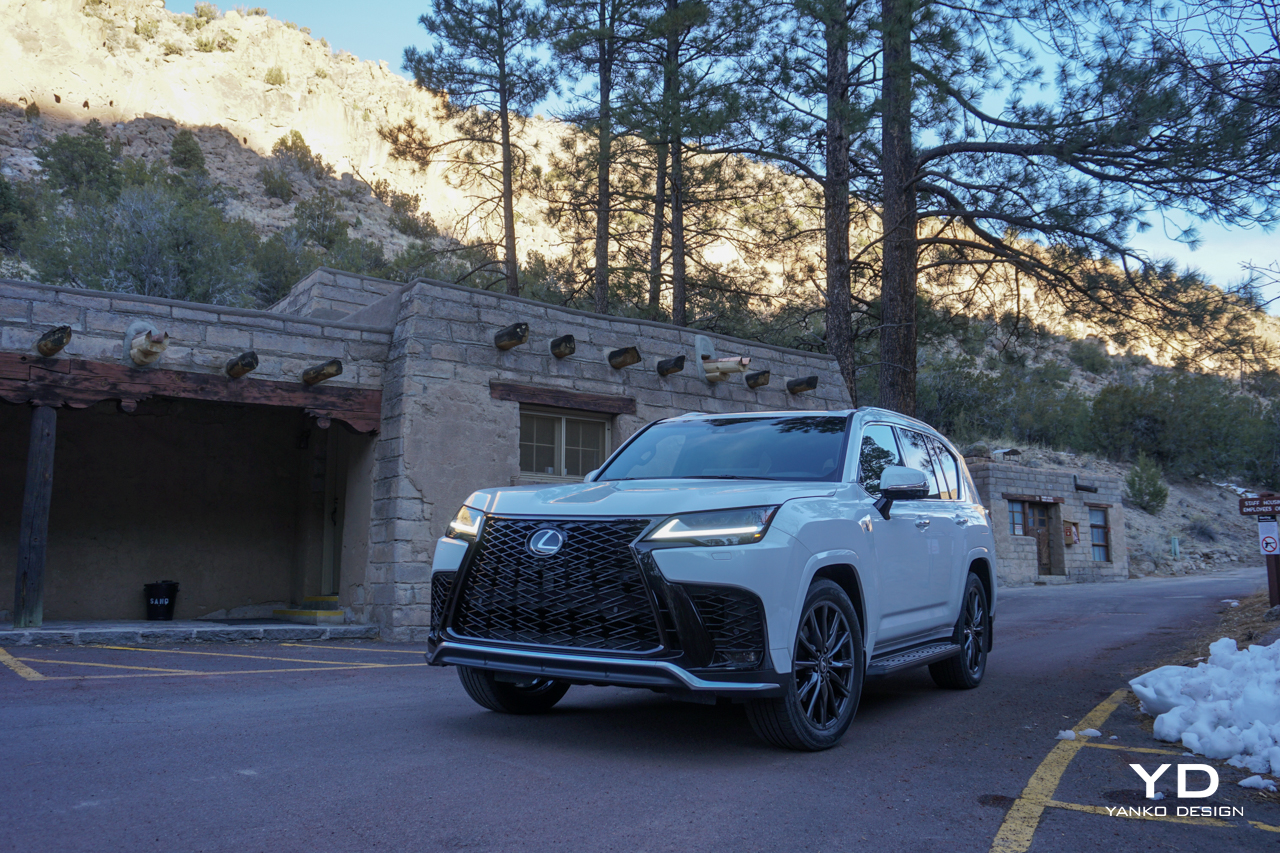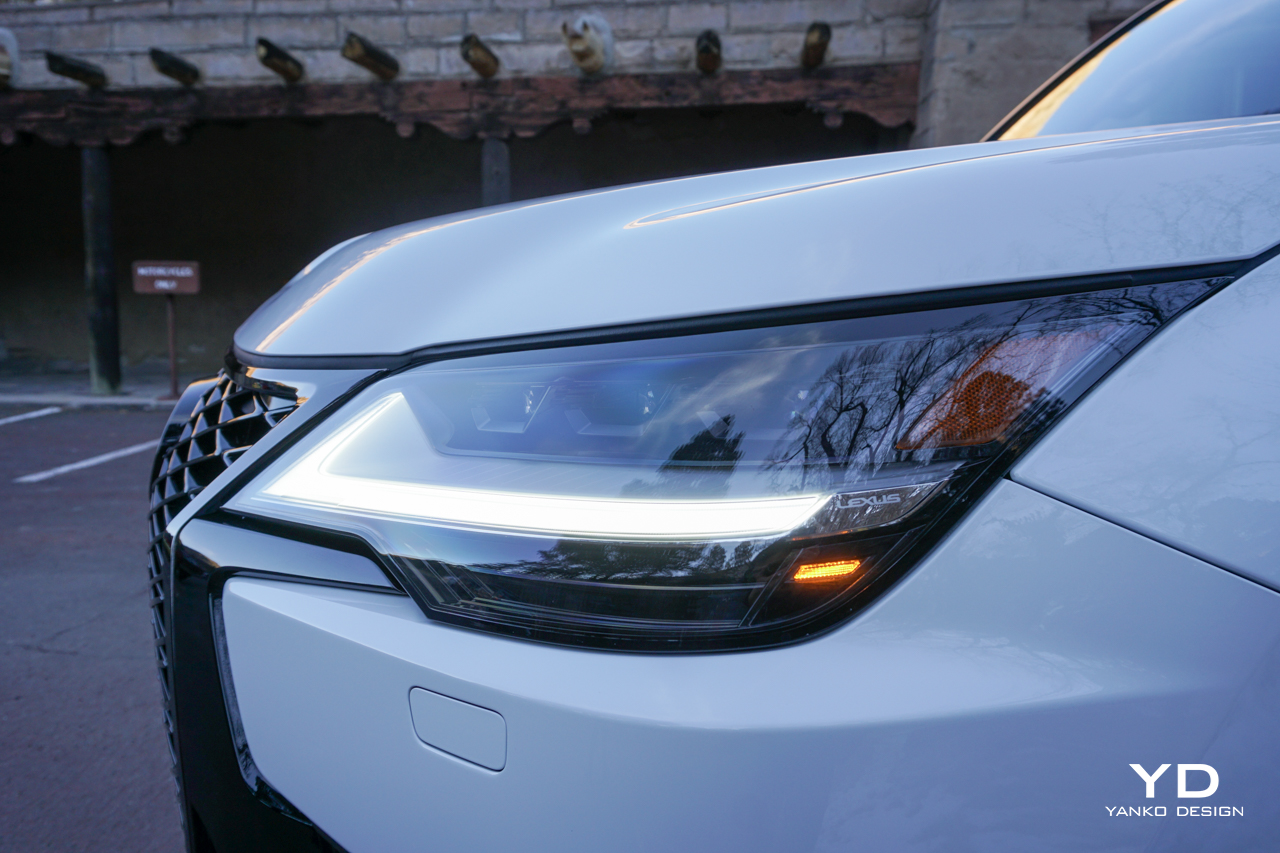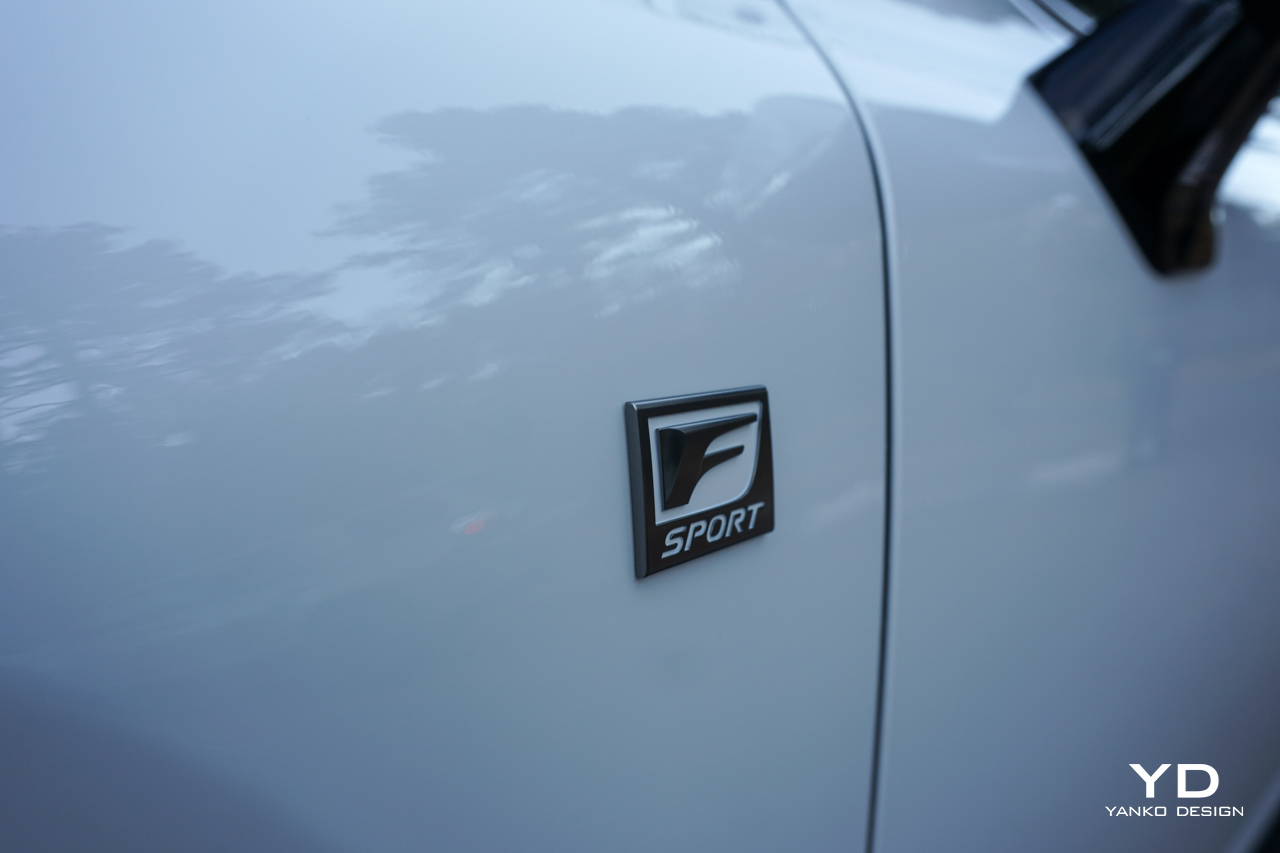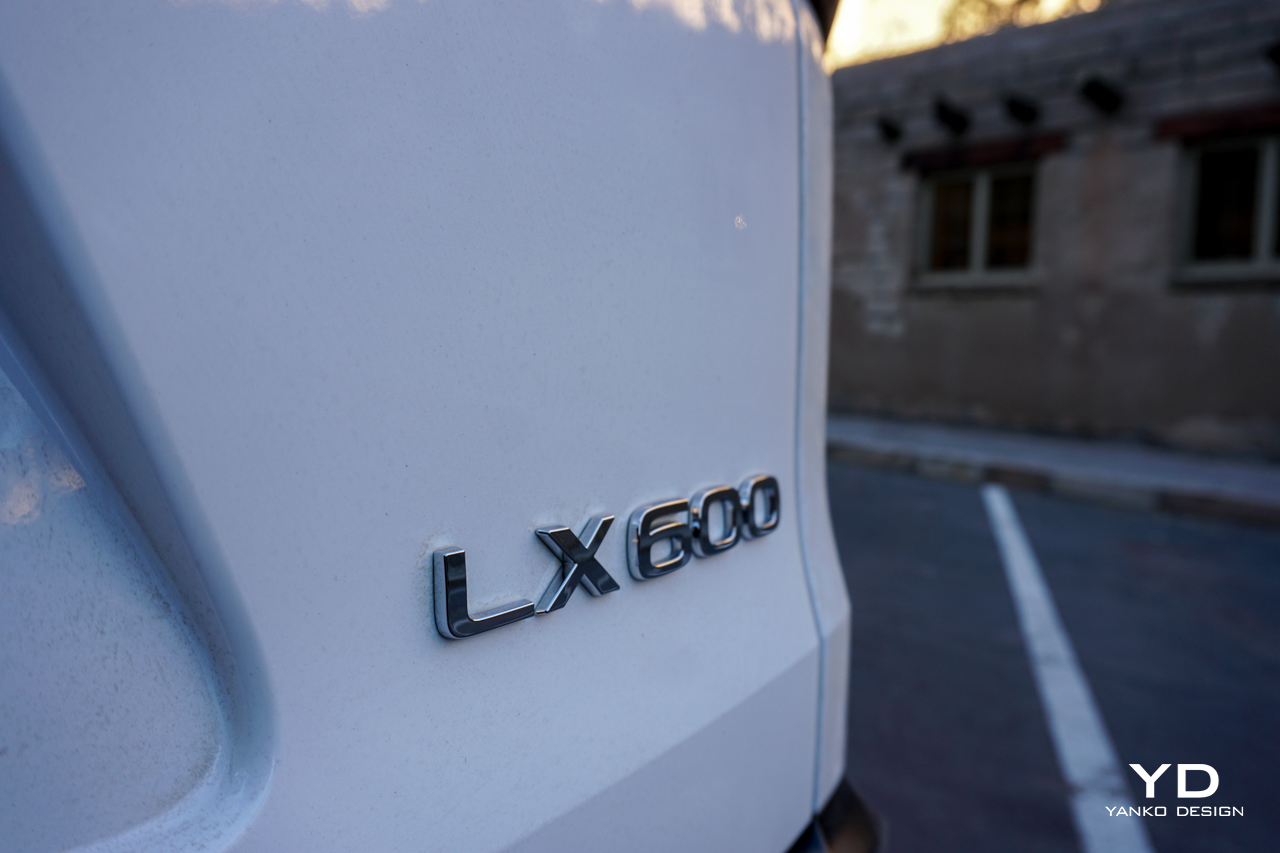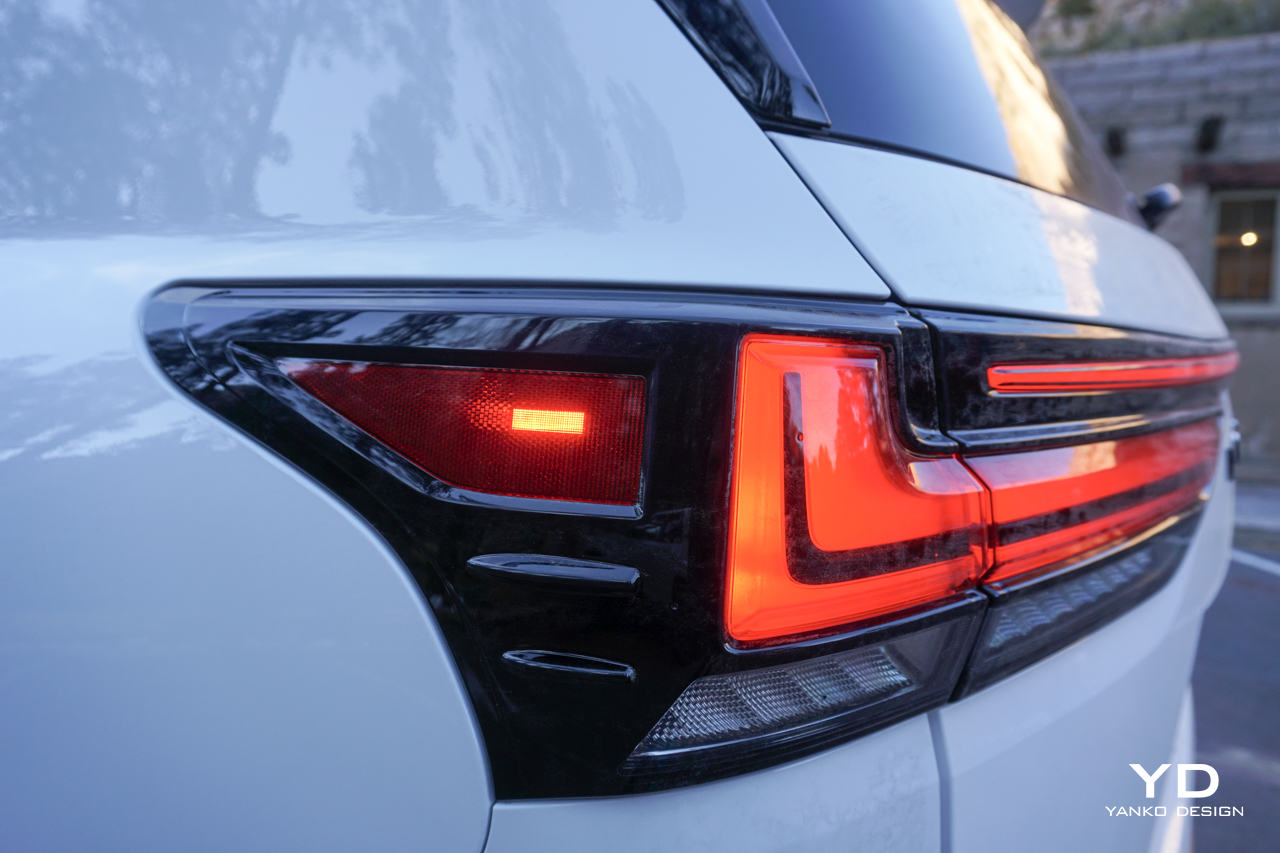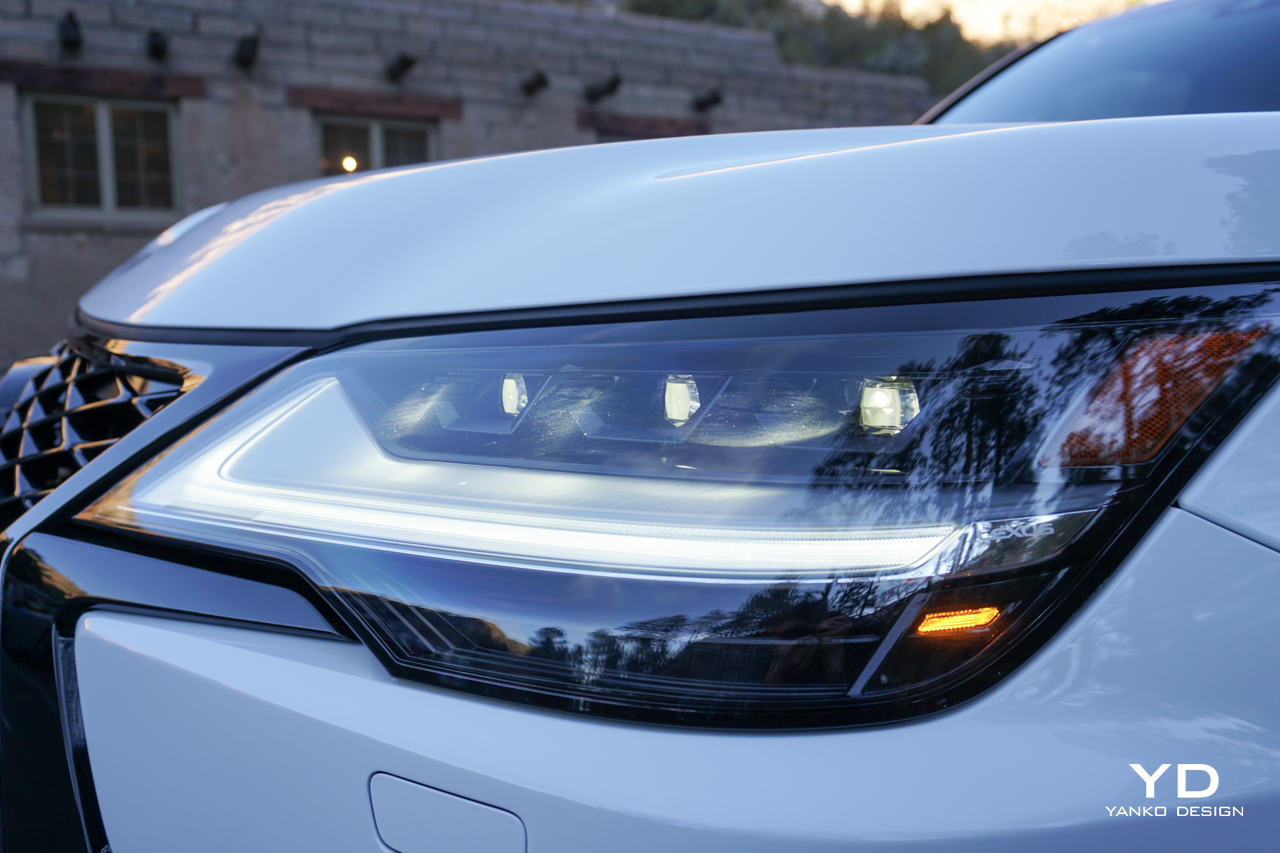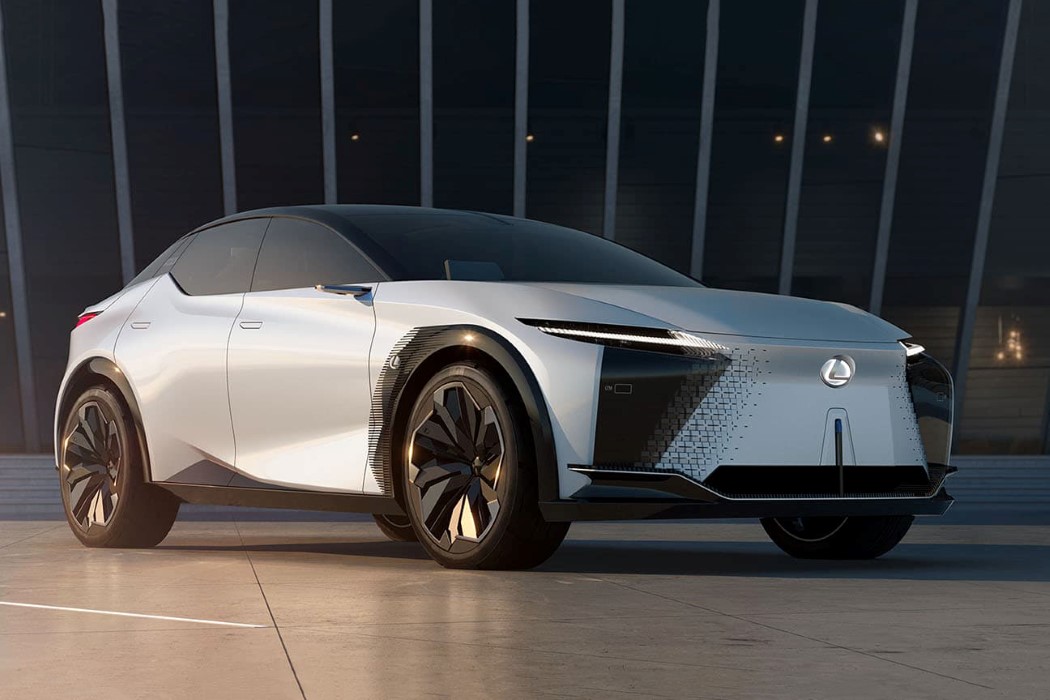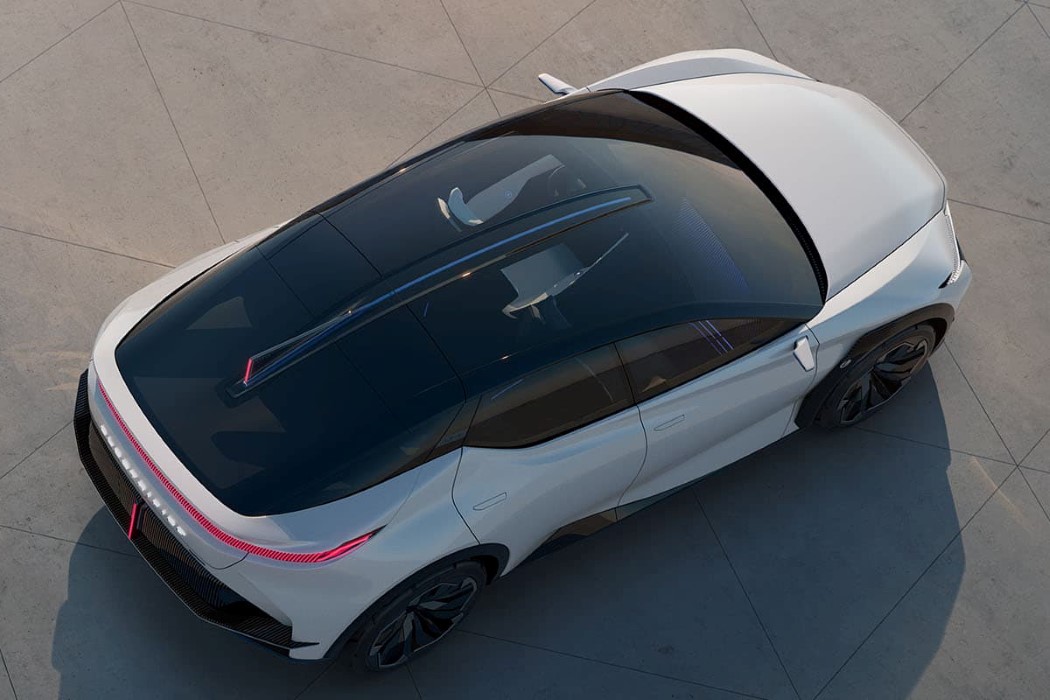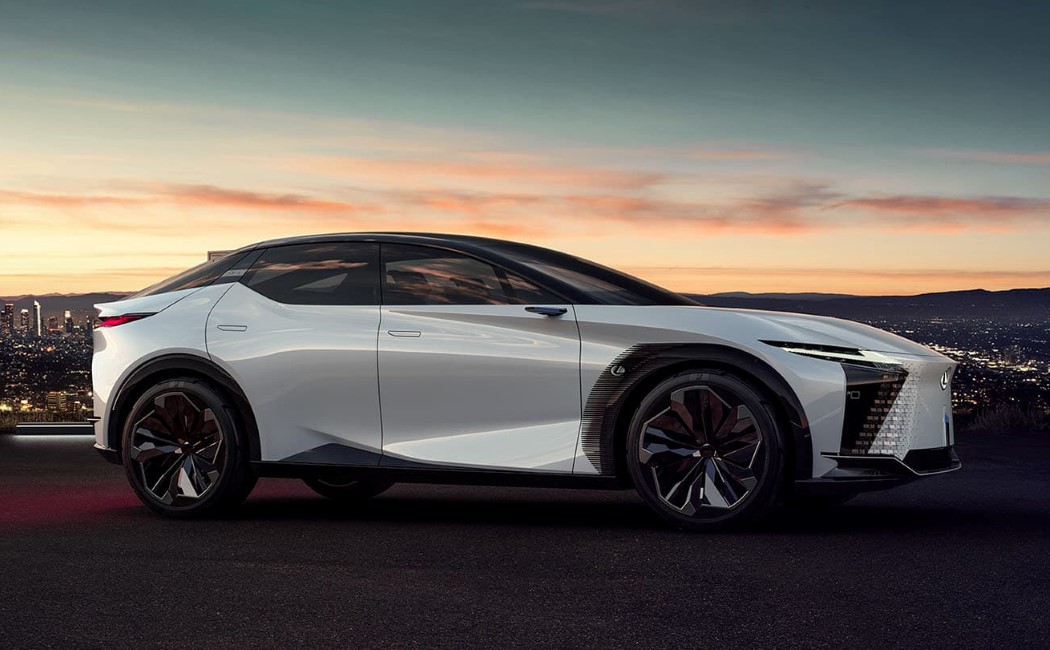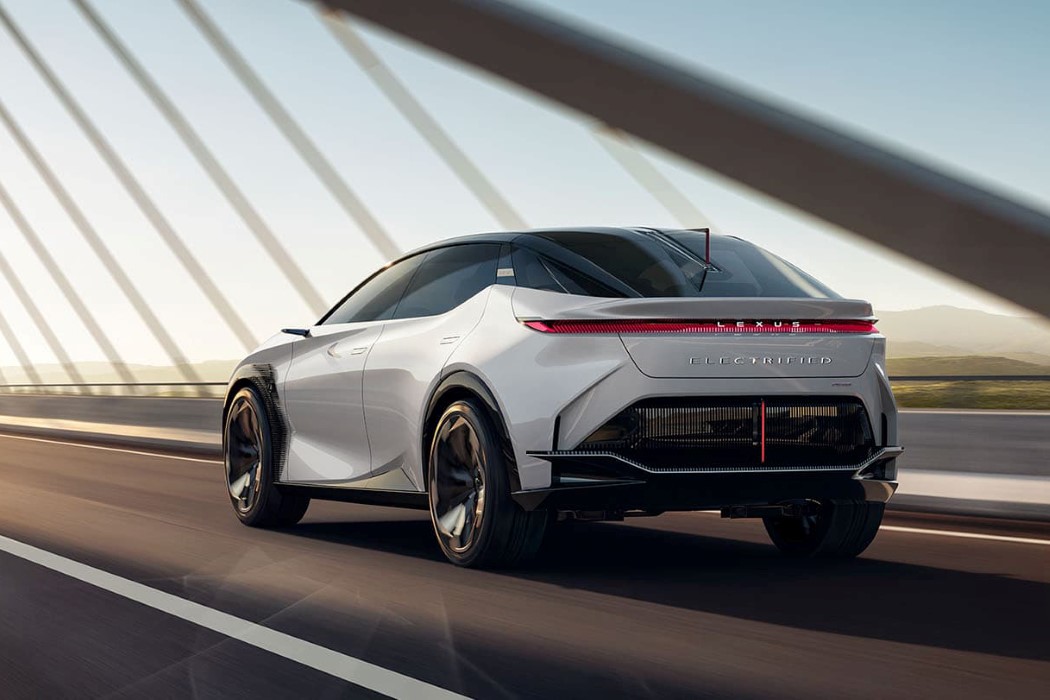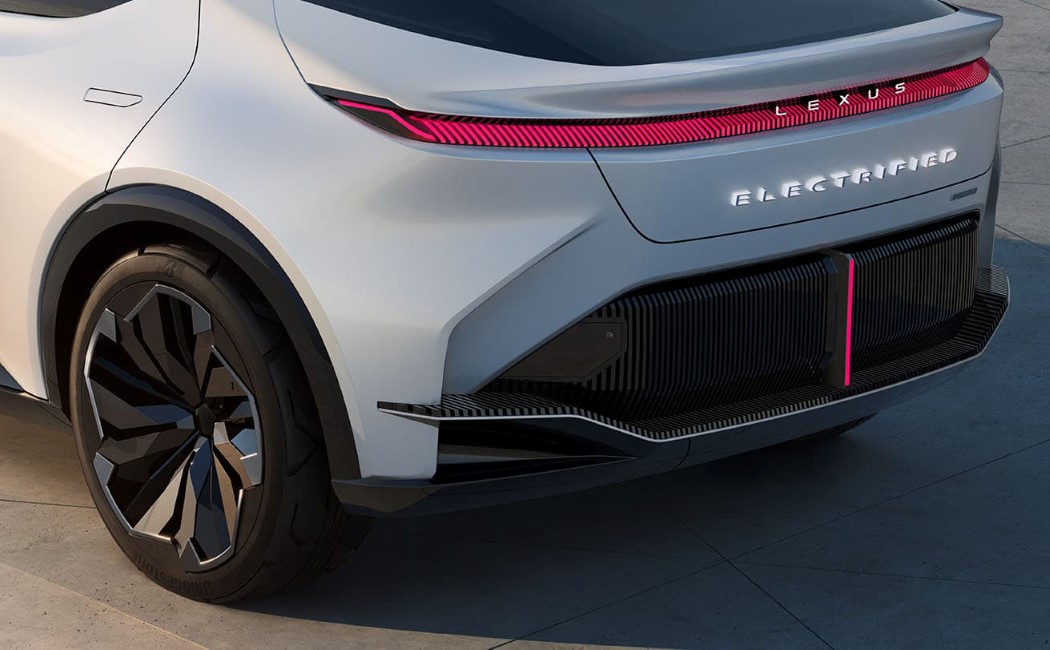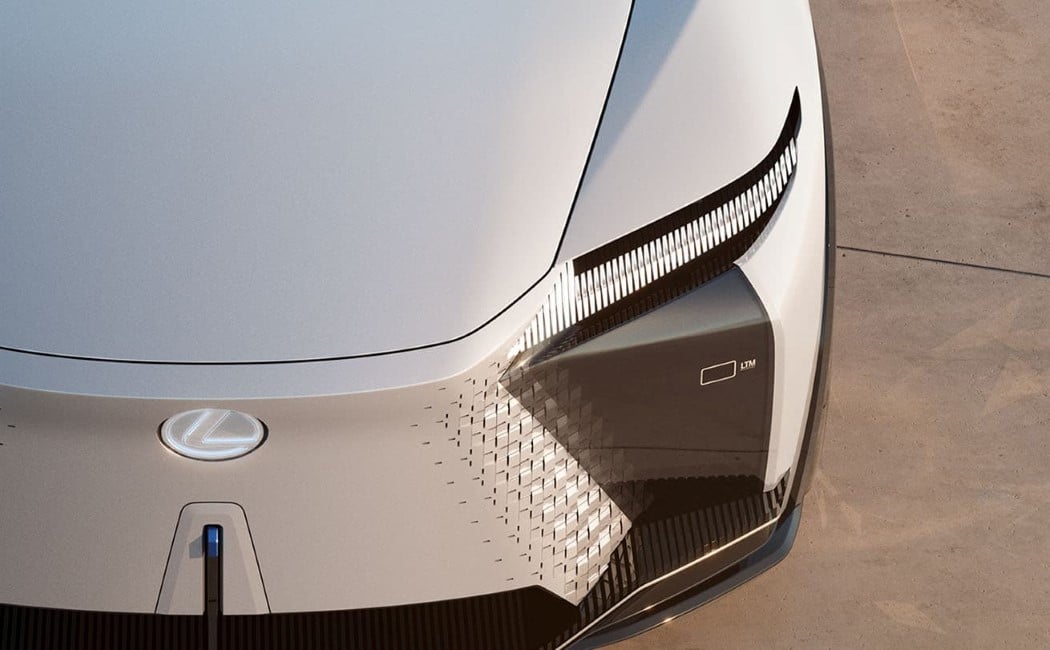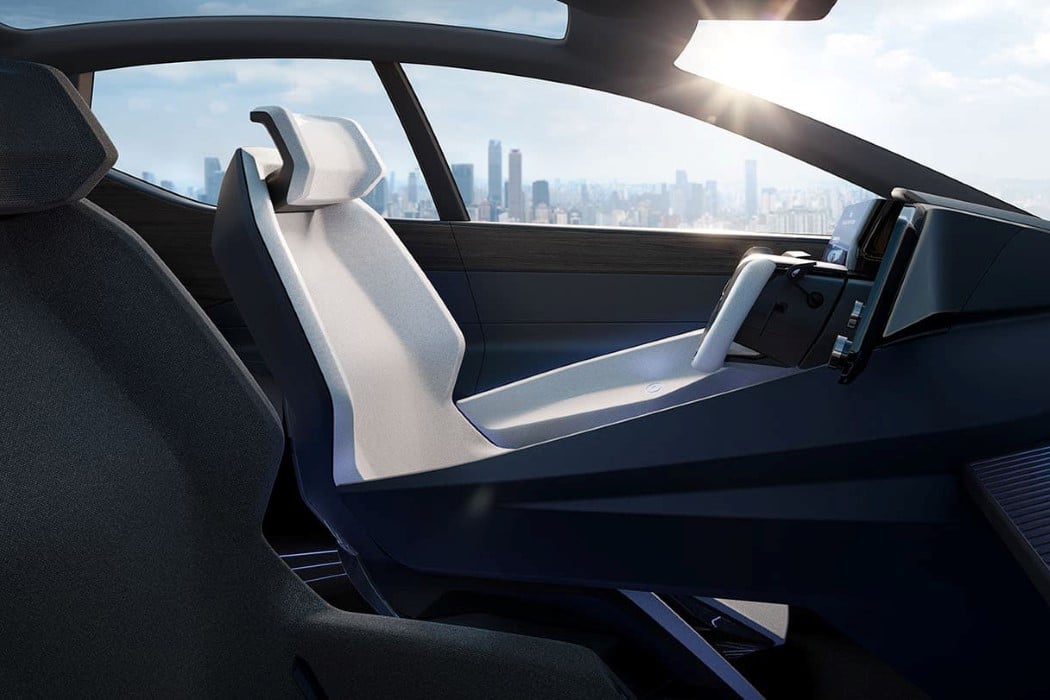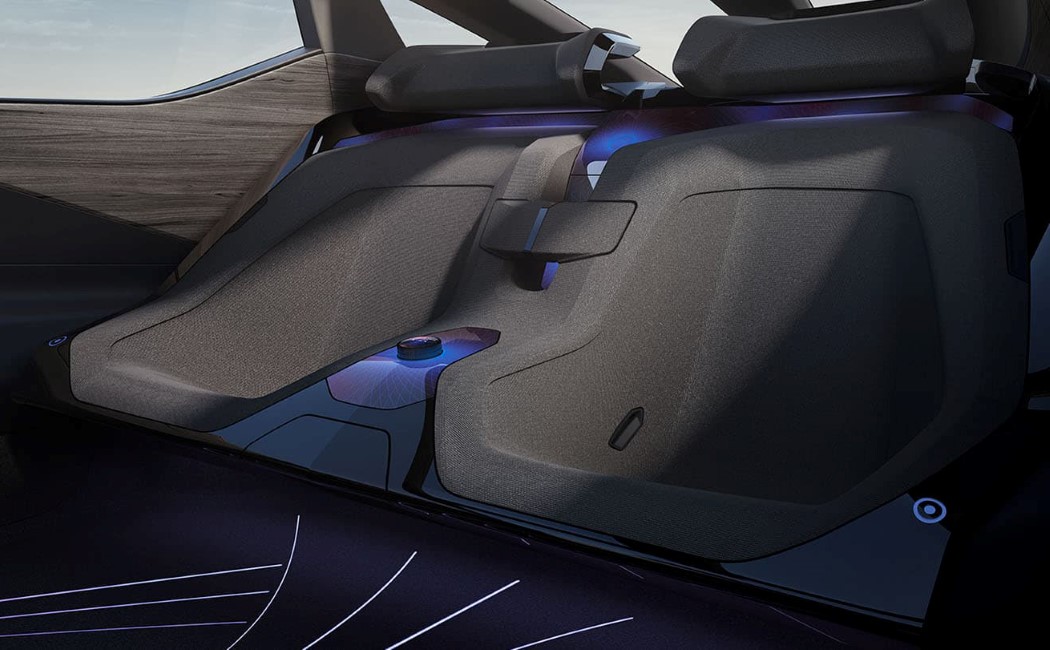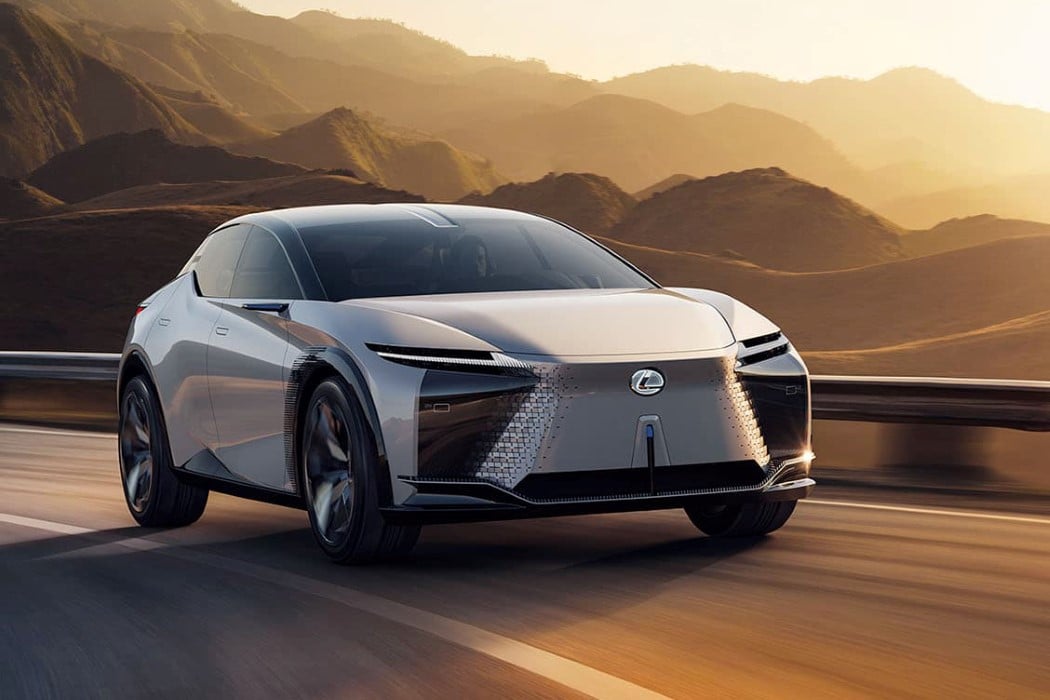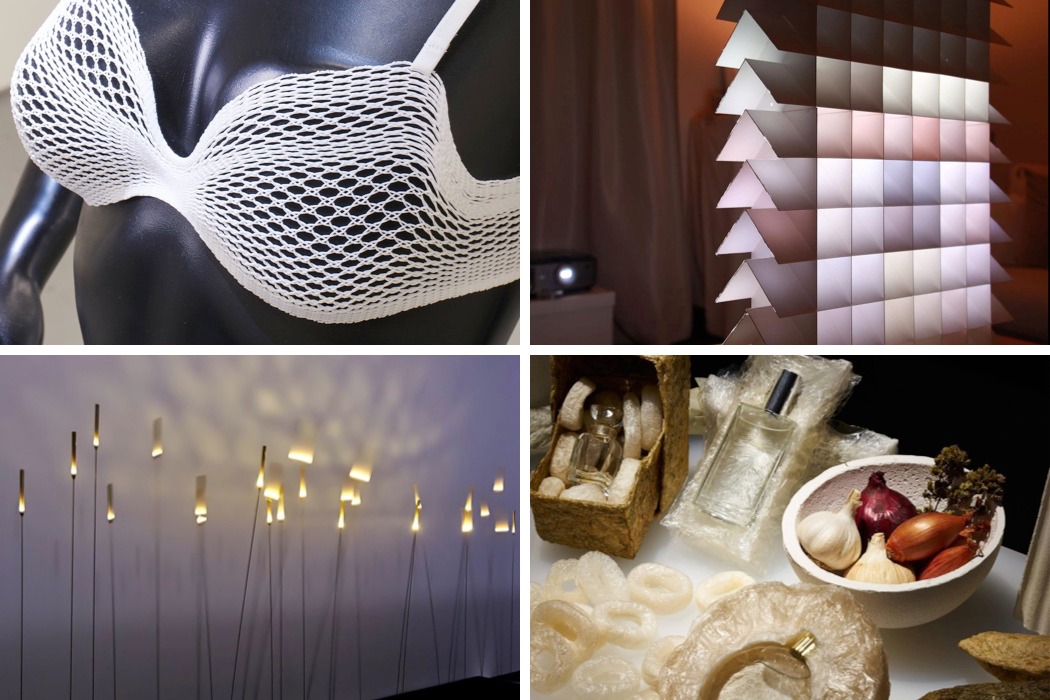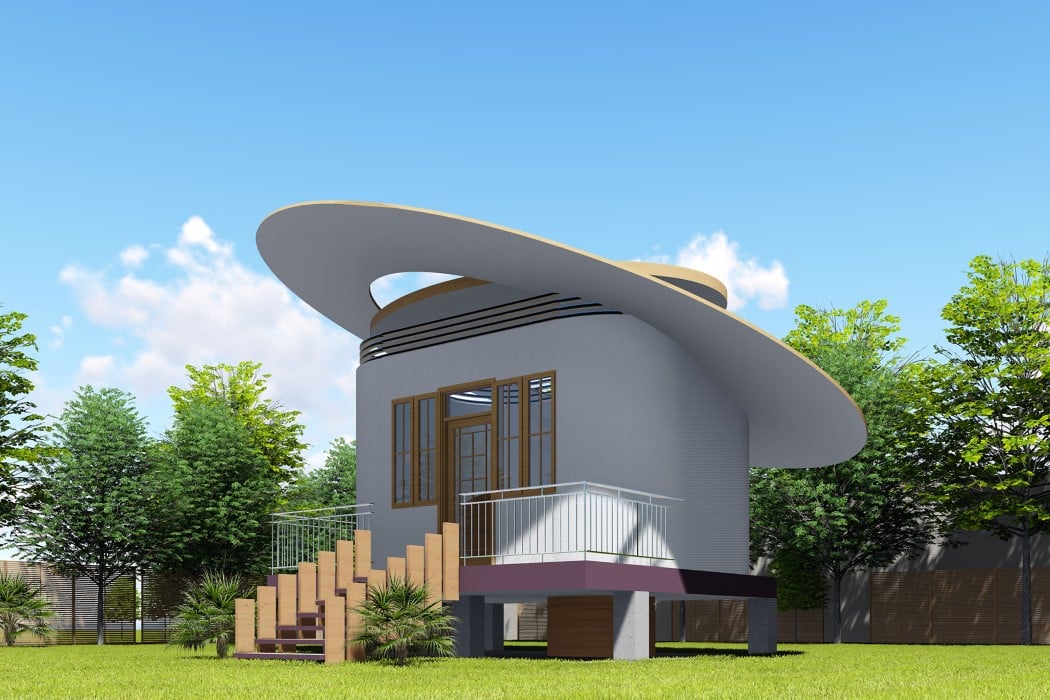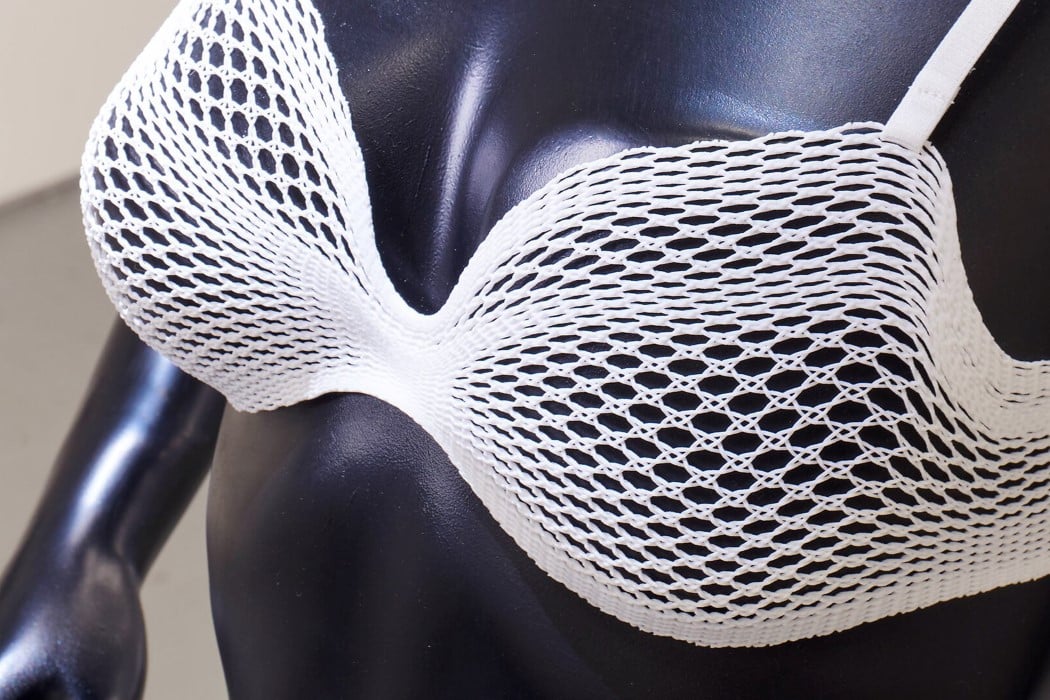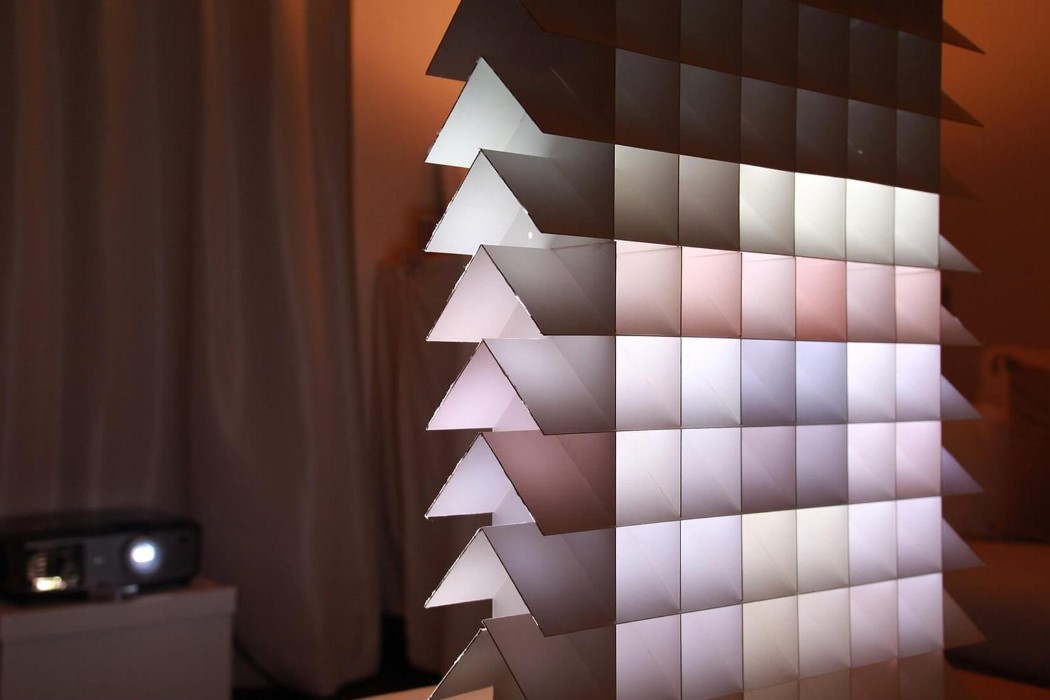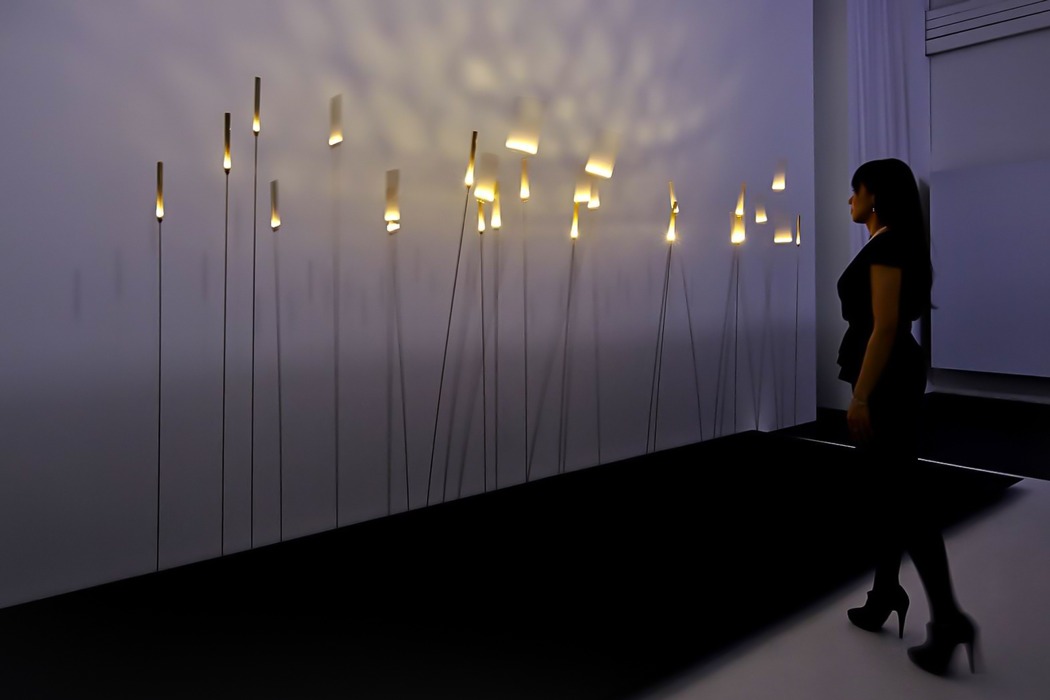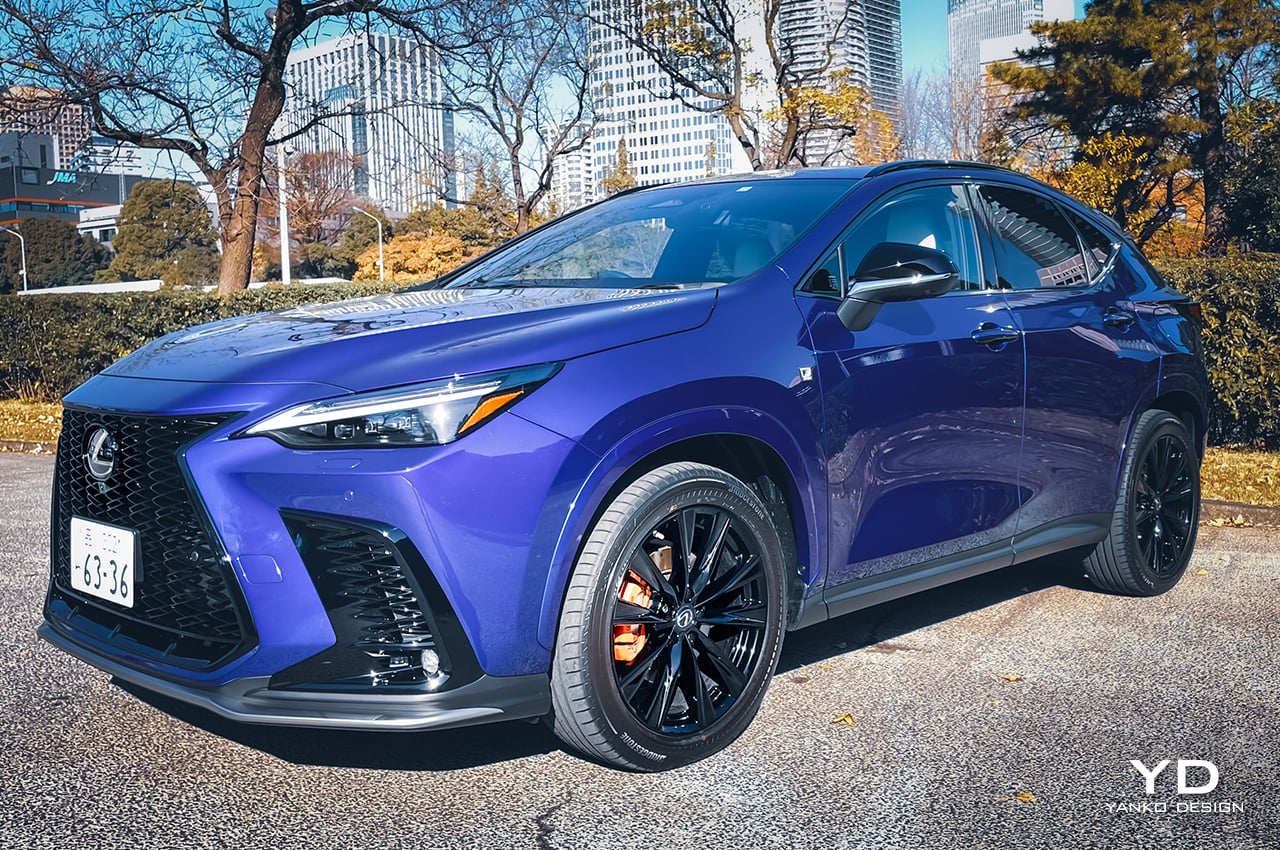
The all-new NX450h+ joins the Lexus lineup by making some pretty big claims. Firstly, and most critically, this flagship model of the new NX range is the luxury brand’s first-ever plug-in hybrid vehicle (PHEV) which is surprising given that Lexus has offered electrification through hybrids for so long. It also gets Lexus’ first-ever interface boasting a huge 14-inch touchscreen that totally dominates the dashboard. According to Lexus, this electrified SUV also just happens to be the first of 20 new products slated to appear in the range over the next four years.
The model we’re testing today is the 450h+ F Sport all-wheel-drive which is the top-of-the-range model and is new from top to bottom.
According to Lexus, this second-generation NX is the most comprehensive redesign in their 32-year history. And it needs to be after the brand was caught napping in the electrification and tech arenas. While rival brands such as Mercedes Benz, BMW, and Audi forged ahead with PHEVs, Lexus was content just to offer basic hybrids. Now, however, as we will see, it offers one of the best in its class.

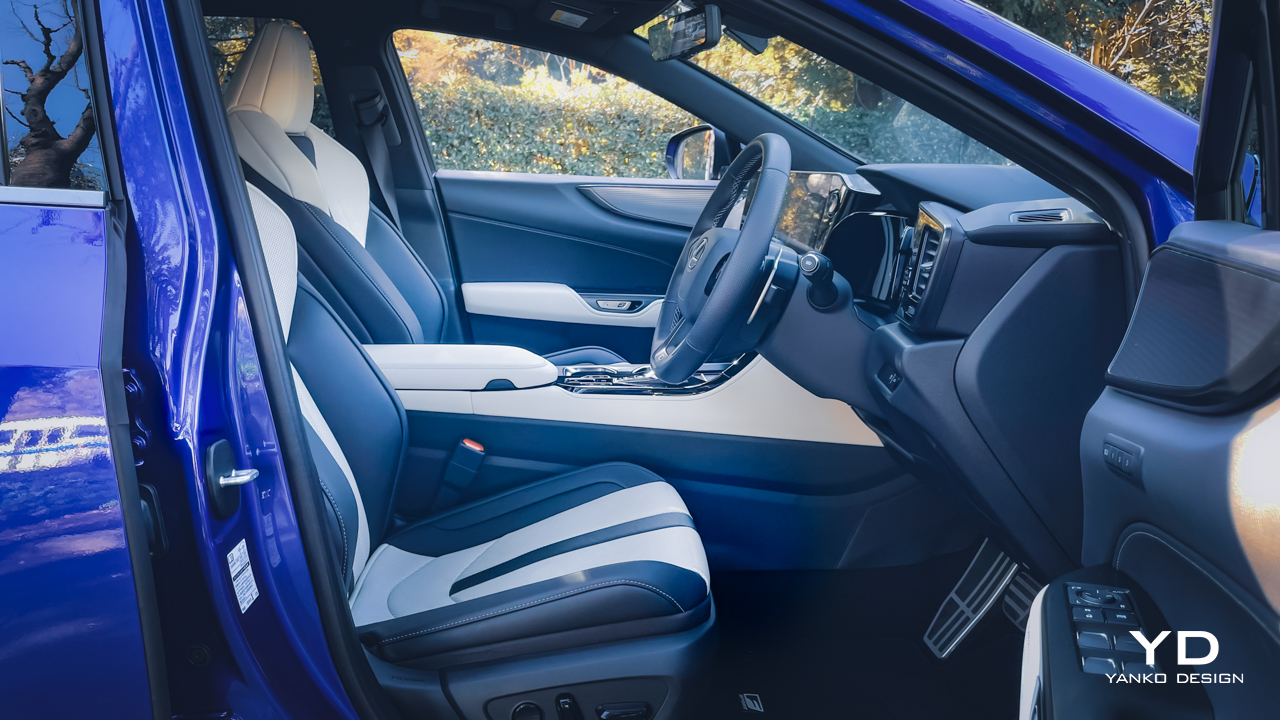
New NX gets more mature, subtle refined look
The NX’s exterior design is a result of an evolutionary process but you will find new parts wherever you look. Firstly I do like the beautifully styled optional triple beam LED headlights with the integrated daytime running lamps which kind of remind you of a Nike swoosh. I retain the same positive feedback for that humungous signature ‘spindle grille,’ a shape that often has me grimacing. The reason? I’m not normally a huge fan of that grille shape, but I do think the stylists did a great job in finishing it with a gloss black treatment which tones down the impact of the grille and gives it a more subtle, mature and refined look.
After all this time, it would seem as though Lexus designers have finally found a happy medium between seeking a strong identity—through that grille—while giving it the subtlety it desperately needed. I also give the thumbs up to the brake ducts, once again finished in gloss black, which are functional and actually work to suck air in and cool the brake assemblies. The LED fog lamps and the silver front splitter work superbly to contrast with the black accents on the front of the vehicles.
The gloss black treatment on the 20-inch wheels is chic, especially when set off nicely by those bright orange brake calipers. And one design feature I especially like is the reluctance of designers to use black wheel arch surrounds that seem too common on many SUVs today. On our test car, the wheel arch surrounds are a deep blue, the same color as the rest of the body. This feature, in my opinion, makes the NX look classier and more luxurious.
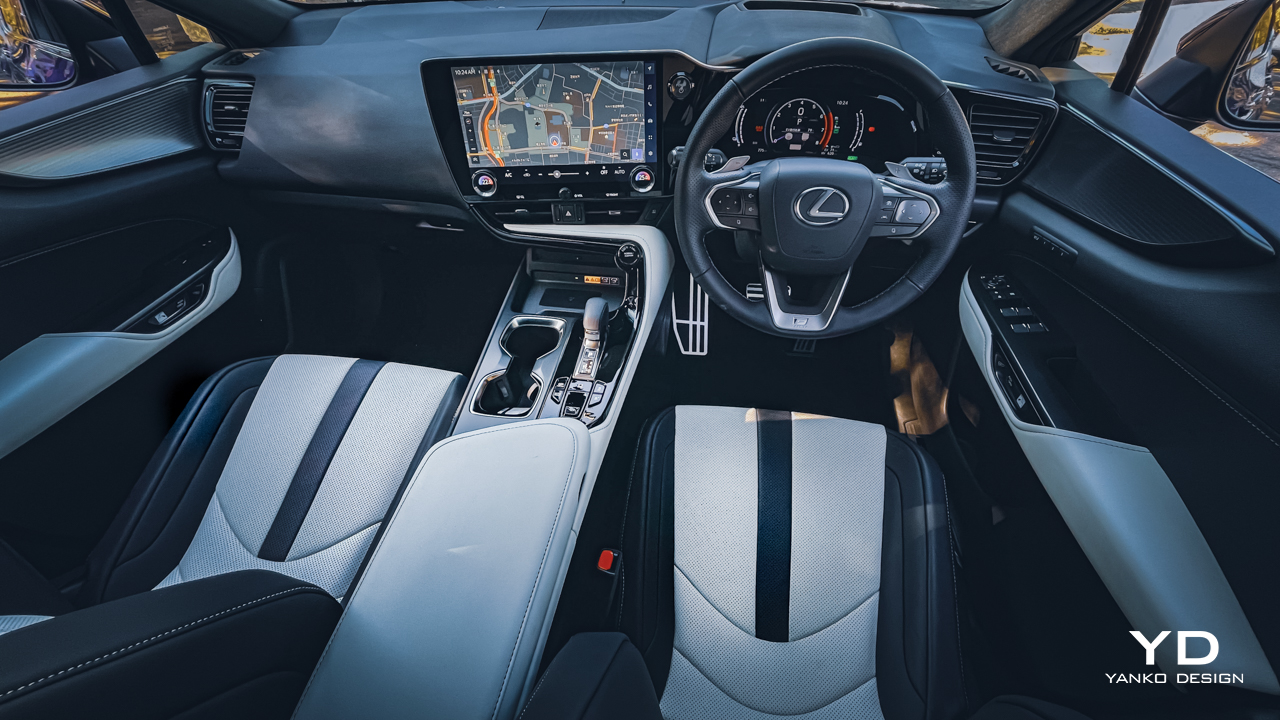
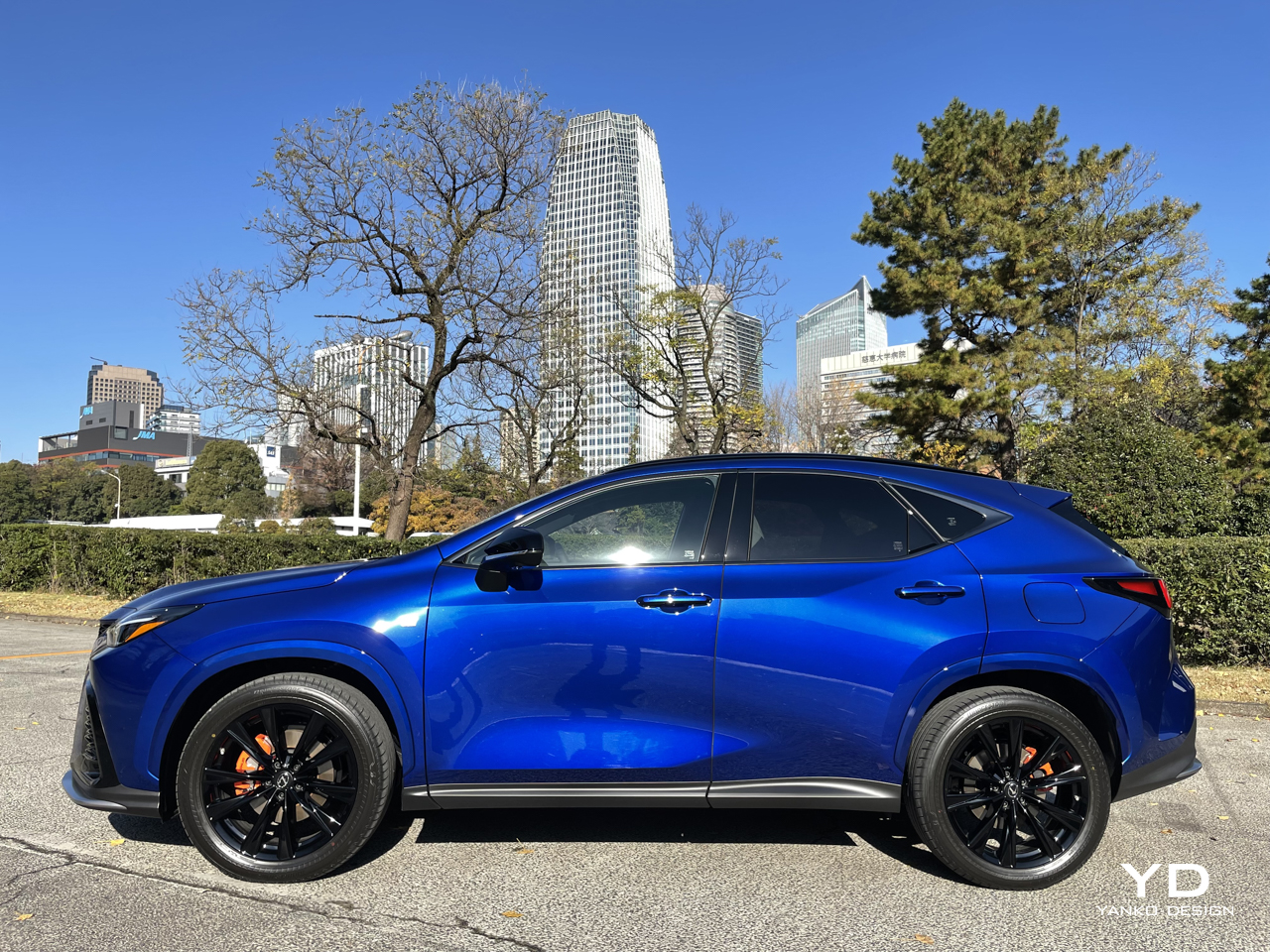
Between the A and C pillars Lexus has fitted some subtle dark chrome finished window surrounds and gloss black-capped door mirrors that employ new 360 degree full surround camera technology. As for the door handles, they too are totally new. On the second generation NX, you do not pull on the door handles to open the door. Instead, you insert your fingers inside the handle and push the switch on the inside to open the doors. Along the side of the SUV, you have a character line that flows from just below the A-pillar backwards through the front door handles and then, from around the middle of the rear doors, heads north towards the angled C-pillar.
At the rear of the car, you have some very stylish lines that match the front end. The wrap-around brake light assemblies stretch from just aft of the fuel filler caps to one-third of the way across the rear door, connected by a full-width red LED bar that gives the NX a futuristic look. It’s just a shame that stylists did not hide the rear wiper under the roof spoiler as it would have cleaned up the tail end look no end.
Below the wiper, designers have done away with the Lexus logo and replaced it with the new Lexus font. And below that you have the model badging — NX450h+ AWD, which is what every 450h+ offers. Then at the lower extremity of the rear bumper you have a silver accent on the bumper flanked on either side with fake exhaust outlets, just for show.
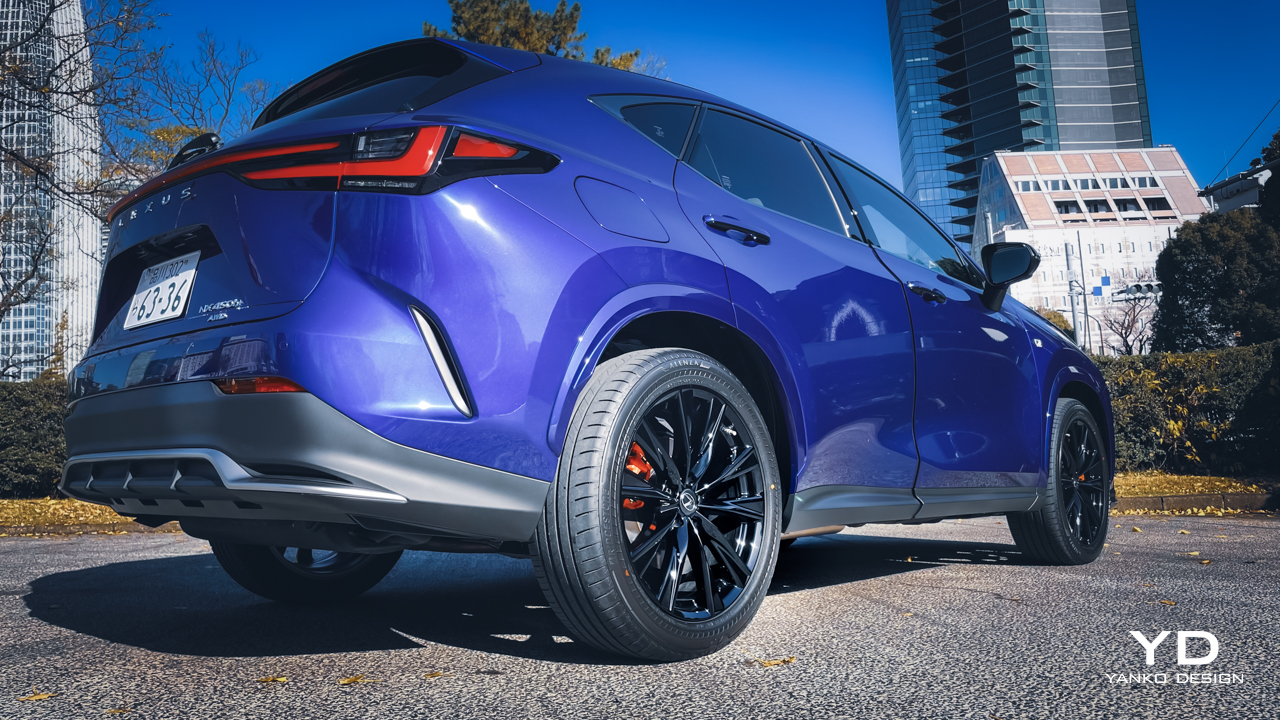
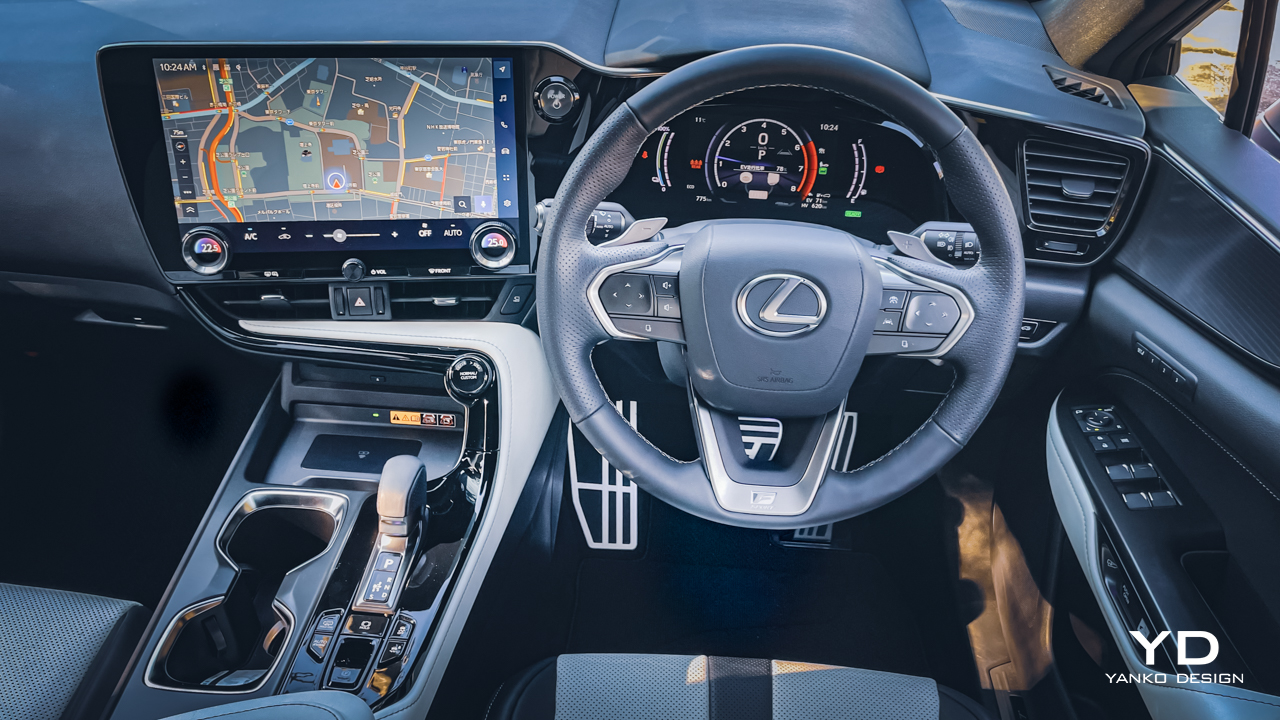
The new 14-inch touchscreen redefines Lexus interiors
Inside the car is as innovative as it is on the outside and under the hood. The dashboard is luxurious and futuristic, highlighted by a massive 14-inch infotainment touchscreen. Gone is the fiddly touchpad, replaced by an easy to use screen that offers wireless updates, and wireless Apple and Android compatibility. It also boasts Lexus’ new ‘Hey Lexus’ voice activated feature that allows you to do everything from asking your car—while not taking your hands off the steering wheel— to turn on the wipers, change radio stations, switch on seat heaters and turn the air-con up.
Notably, this system is intuitive and as smart and responsive if not smarter than most of its rivals. I also like the way that designers have decluttered the dash and halved the number of switches and dials making the interior look more luxurious and classier. The Mark Levinson audio system is also specially designed and fitted for Lexus and delivers a truly excellent sound experience.
Before you take off, you can also push a button on the dash that will give you a quick 360-degree scan of the environment around your vehicle, to allow you to check for any stray kids or pets or obstacles that might be lurking just out of view. And of course, when you select reverse, your rear view appears on the monitor in full HD quality with trajectory lines that allow easy reversing.
Just below the touchscreen, the NX offers a USB port, a USB-C port, and a wireless charging tray that is actually a lid hiding a secret compartment. Around the gear shifter, you will also find some luxurious gloss black treatment with aluminum accents around the two centrally located cupholders.
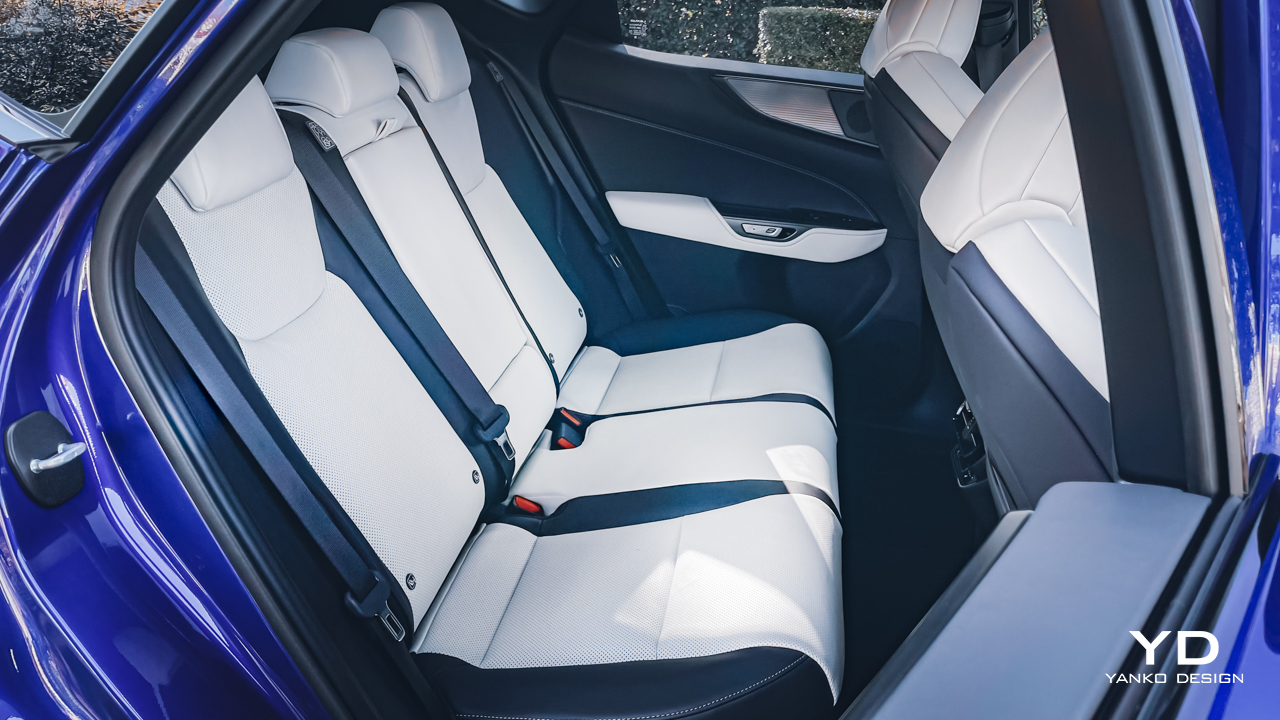
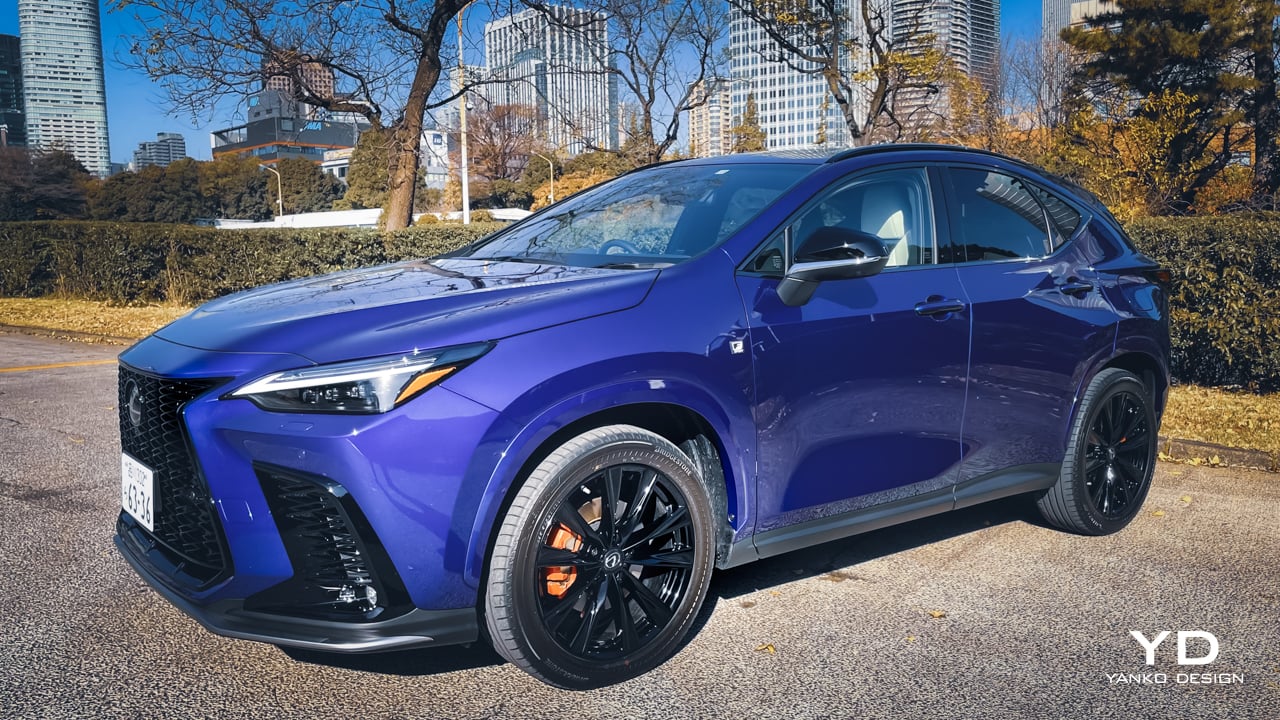
The two-toned seats offer excellent lumbar and back support and are artistically contoured and sexy, featuring some subtle F Sport badging. Drivers also have a choice of using the standard rearview mirror or a newly fitted digital mirror, which is high definition and clear but does take some getting used to. What is pleasing to the eye and to the touch however are the stitched dual leather steering wheel, full digital display, and aluminum paddle shifters and pedals. I really liked the super clean graphics inside the driver’s instrumentation showing power readout, digital speedometer, fuel and battery gauges, and level of charge. It also offers different gauges depending on what mode you use.
In the back, you have plenty of headroom and legroom and the seats are supportive and comfortable. The floor is flat meaning that three people can enter and exit easily while rear seat passengers get their own air-con vents as well as two USB-C ports for charging smartphones. In the luggage area, you have 22.7 cubic feet of space with the rear seats up. Fold them down, and you’ll create 46.9 cubic feet which is comparable with German rivals.
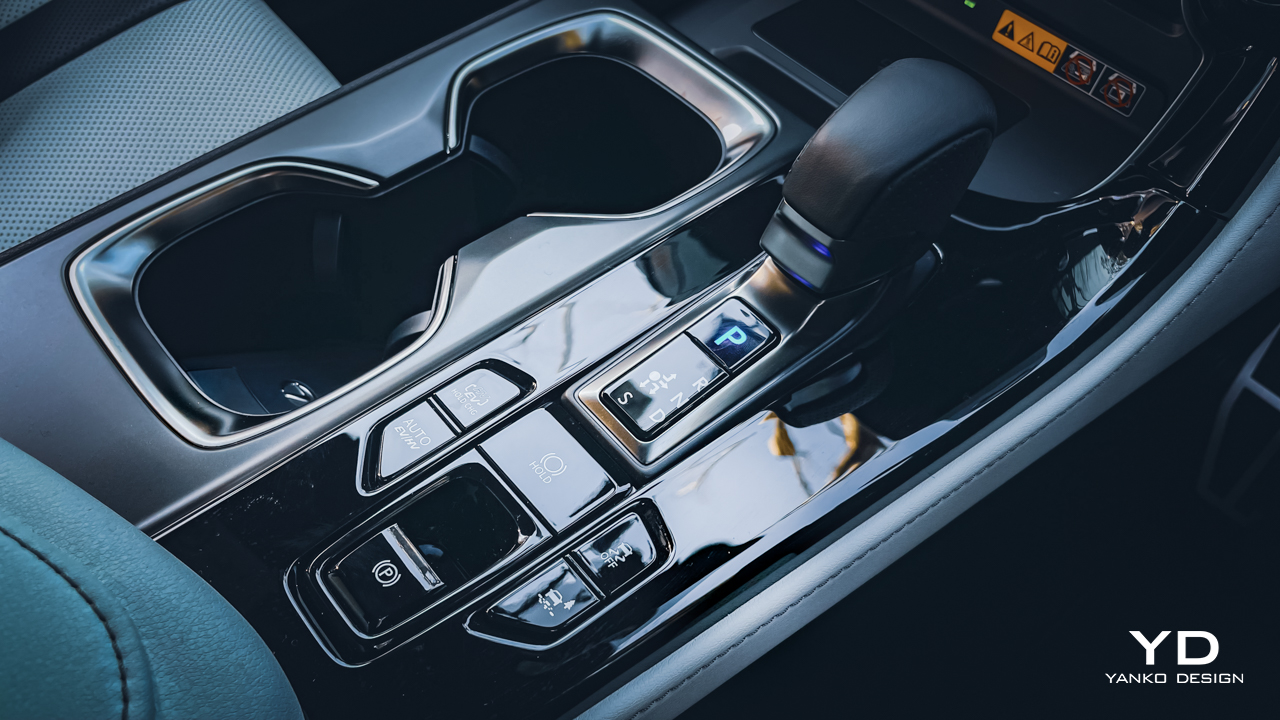
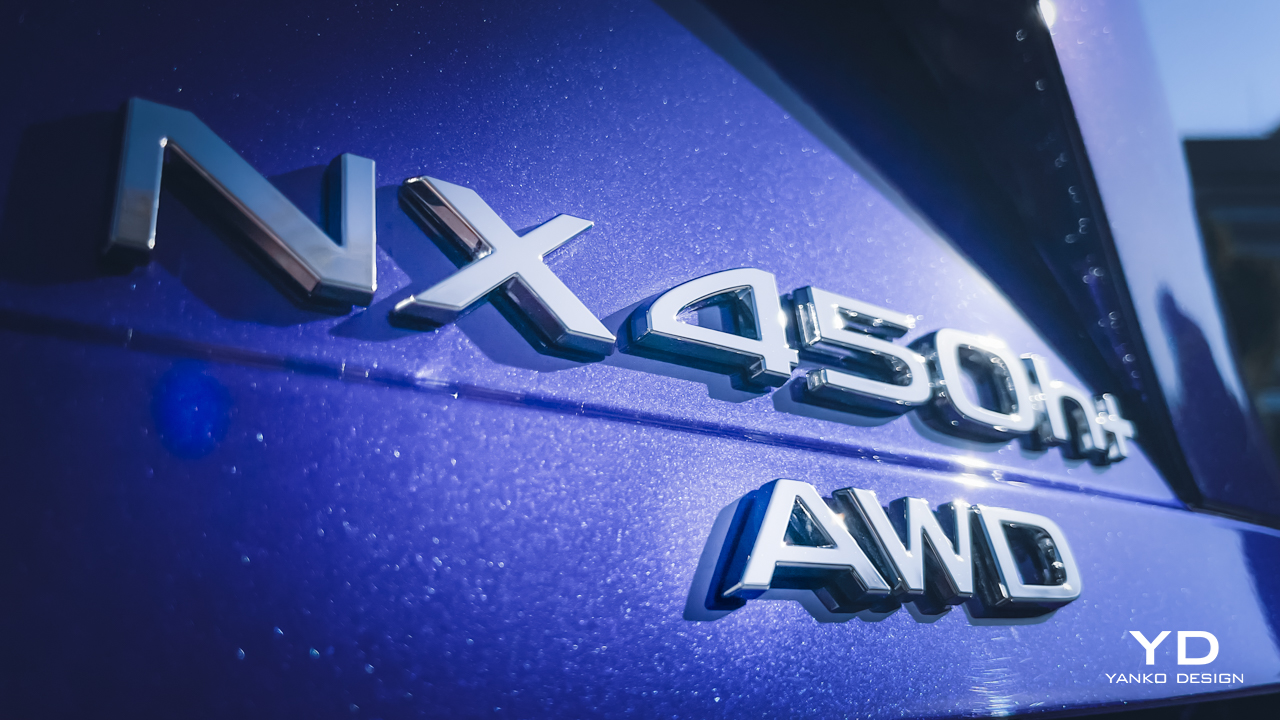
In keeping with the vehicle’s innovative underpinnings and features, the new NX now gets bespoke door handles that require finger pressure to open them. On the inside, you have a choice of either pushing a button that automatically opens the door or if you need to get out quickly or your battery fails you can open the door manually with a handle as well.
The exterior might get a choice of 11 colors, including the heat blue contrast on our test vehicle, but inside buyers will have a choice of no less than seven trim color combinations. These include the ‘F Sport bespoke white’ and black trim on our test car in addition to an F Sport flair red, a hazel, black and rich cream, dark rose, and a black. I also liked the contrasting white stitching on black leather and the soft materials throughout the cockpit. This NX is also fitted with the Lexus’ new safety system 3.0 which offers features such as automatic steering corrections when needed and emergency braking.
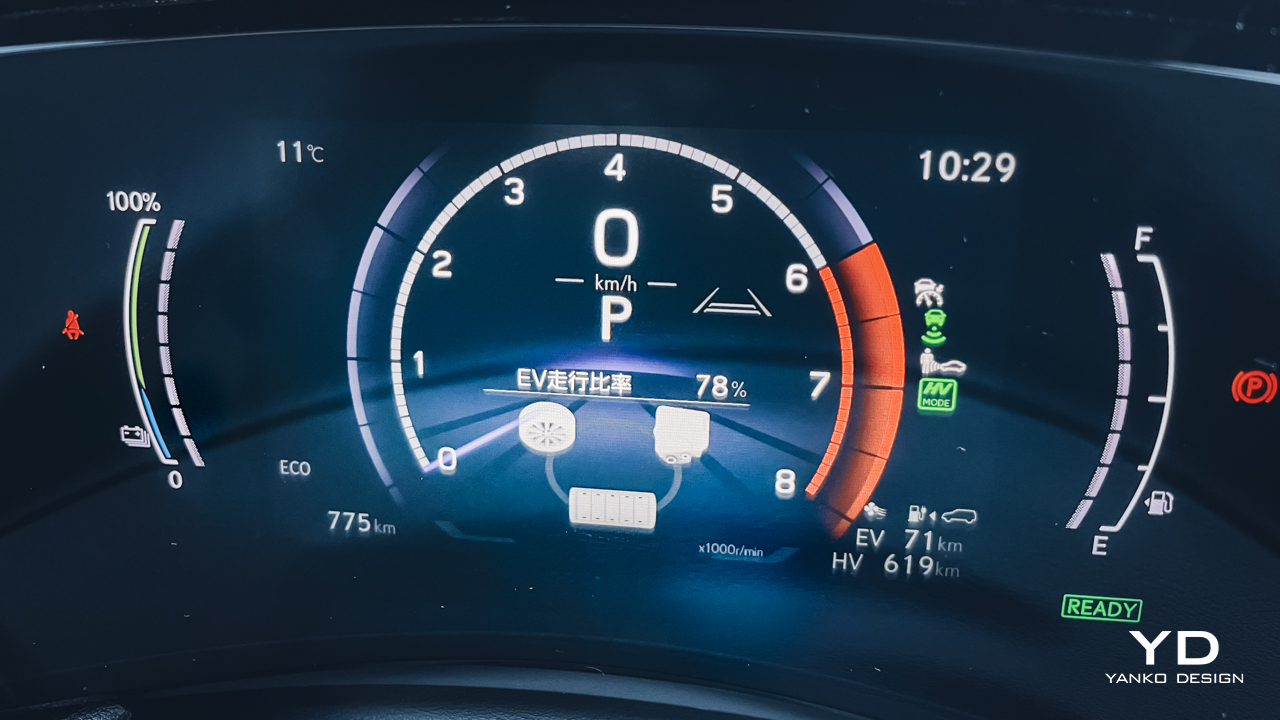
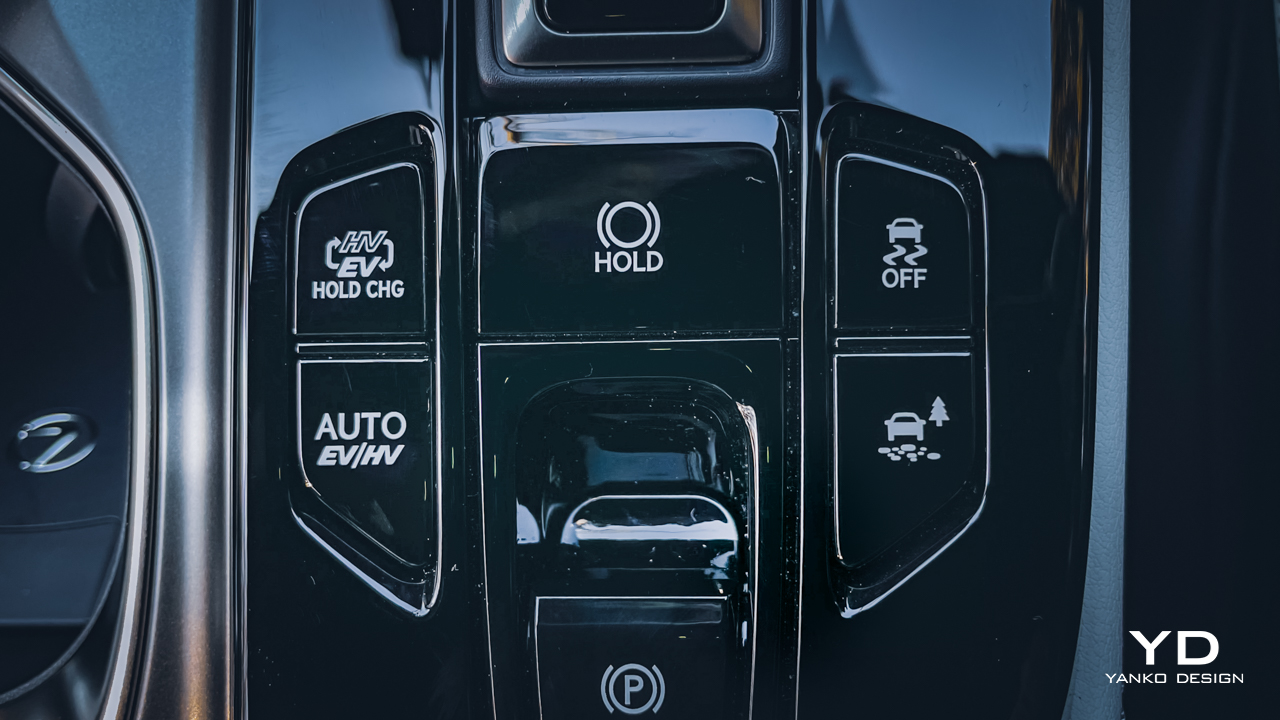
The Driving Experience
So the 450h+ might be the brand’s first PHEV, but it actually shares its TNGA-platform with the Toyota RAV4 as well as its 2.5-liter four-cylinder gasoline engine and CVT. The 450h+ gets two electric motors, an 18.1kWh battery pack, and up to 40 miles or EV driving range. One feature the NX450h+ does not have is a quick charging port. Lexus explains that its strategists decided that this PHEV did not need a quick charging port and that a standard 200V port would suffice. I beg to differ as many owners, I’m sure, would like to have the option to quick charge their car when a quick charger is available.
Boasting a total power output of 302hp, the 450h+ can jump from zero to 60mph in just 6.0 seconds which is more than quick enough in this segment. Given that the NX is based on the RAV4’s underpinnings, the throttle response and steering feel are almost identical, which is no bad thing given the RAV4 has sharper steering than many rivals. But, as expected of a Lexus, the NX is more refined, comfortable, and rides better and quieter without sacrificing body control. It will easily cruise on the electric motor only up to 83mph for zero-emissions driving. In hybrid mode, the NX delivers strong battery-assisted driving as it works hard to manage how the battery is efficiently deployed.
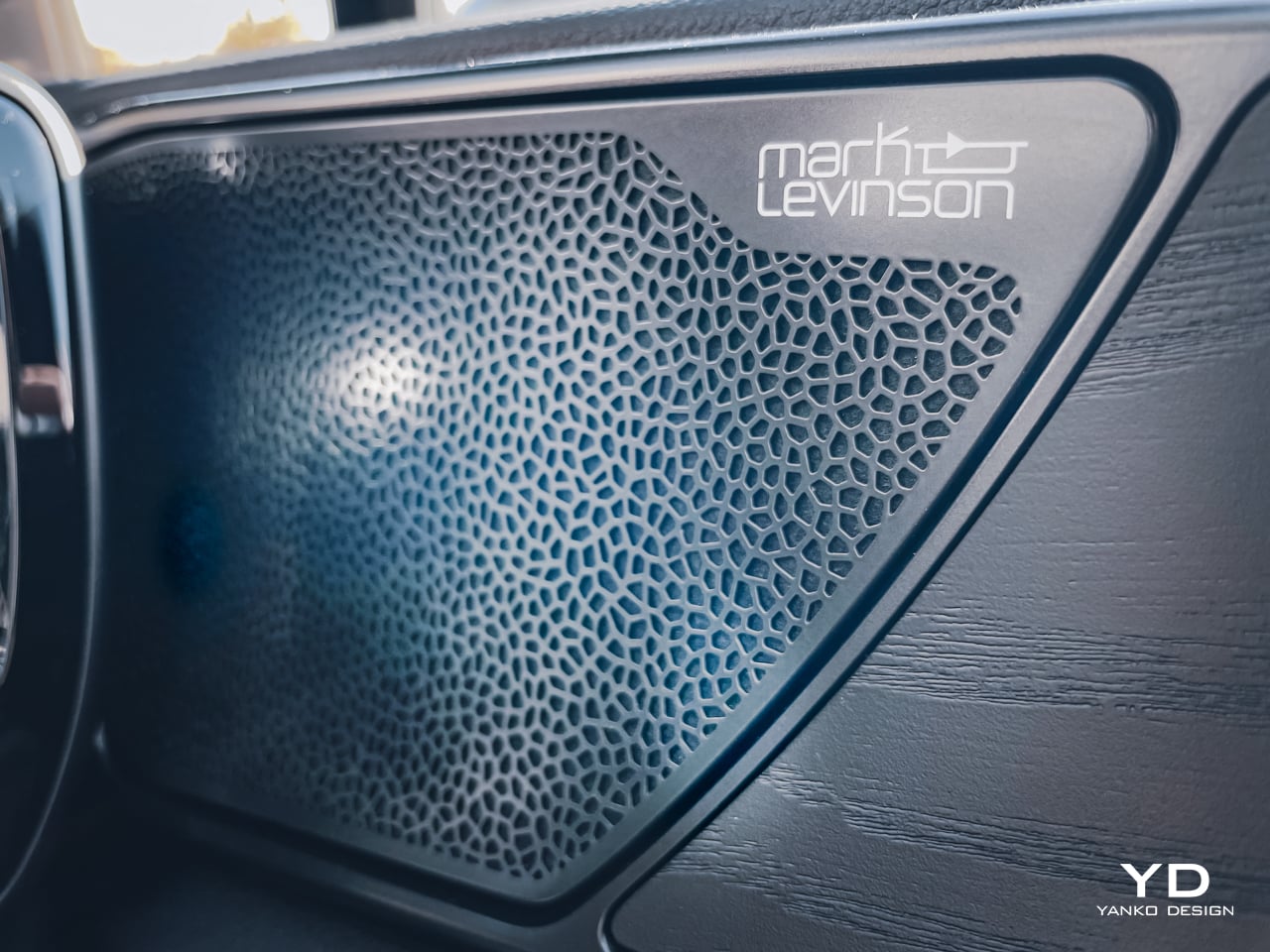
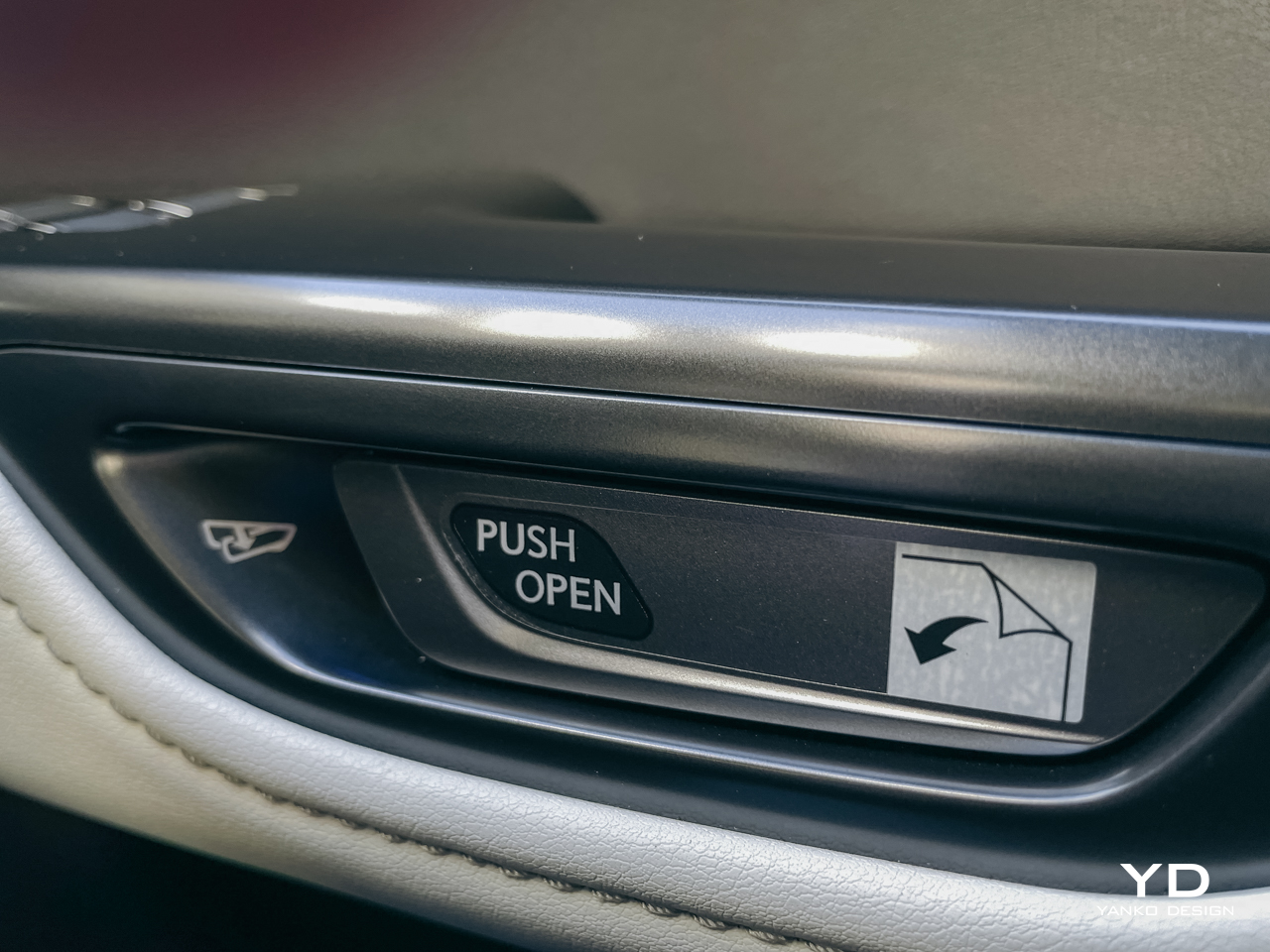
The 450h+ is fitted with the F Sport suspension set-up that adds performance damping and a two-step variable adaptive suspension system to the MacPherson strut front-end and double-wishbone rear, and the resulting high levels of grip and comfort are what you expect from Lexus. It also uses a different braking system, with the traditional booster set-up replaced in our test car for an electrically-boosted system, complete with larger orange front brake calipers offering 340x38mm front discs in contrast to the 328x34mm rotors in the non-plug-in hybrid.
Of course, below the 450h+ you have the 350h model which employs a hybrid system in contrast to the more hi-tech, more efficient, heavier PHEV system. The 450h+ raises the weight of the car from the 350h’s 1790kg to 1990kgs, which comes from the larger battery pack, power electronics, and cooling system for the batteries. On the road, the NX is smooth and quiet and handles surprisingly well for a heavy SUV. The ride quality is far better and organized than its predecessor, but the biggest improvement is that the electrical power running through the e-motors means the 2.5-liter engine can rest more often, and exert itself less whenever it’s forced to stir into action.
Flick the drive mode switch on the dash from S to S-sharp and you will notice your instrumentation changing instantly as your dampers stiffen, your throttle response quickens and your steering gets sharper. While the NX tries to stay in EV mode as much as possible, once in S-sharp, you are needing more responsiveness from your powertrain so the engine will cut in more often with a slight buzz from the engine bay to let you know that you are running with the engine and motor together.
Price and Options
Starting at around $55,900, the 450h+ F Sport qualifies for the $7,500 tax credit which means that you can purchase the car for under $50,000, making this SUV a very desirable car.
Compared to its main rivals in the BMW X3, the Audi Q5, and the Volvo XC60, we feel the new NX is a more current and better-looking SUV overall with higher levels of interior quality and stronger street cred. Meanwhile, in terms of PHEV credentials, we also think this particular NX outperforms the Range Rover Evoque PHEV, BMW X1, and the Volvo XC40 Recharge and delivers quieter, smoother running in EV mode and even when the gasoline engine fires up to charge the batteries. Potential buyers will have the option of the lower-spec (9.8-inch touchscreen) and cheaper 350h priced at $41,000. But we feel that the 450h+ driven here, given its performance, luxury levels,
interior features and that huge 14-inch touchscreen, plus the 450h+’s prestige value and $7,500 tax credit, make the 450h+ F Sport the better buy.
Lexus successfully identified where the new NX needed to improve and in what areas it had to catch up to its rivals. The NX450h+ is efficient, quick when it needs to be, comfortable, practical, refined, and relaxing to drive in EV mode or not. It will redefine the Lexus brand and give it that much needed plug-in hybrid status.
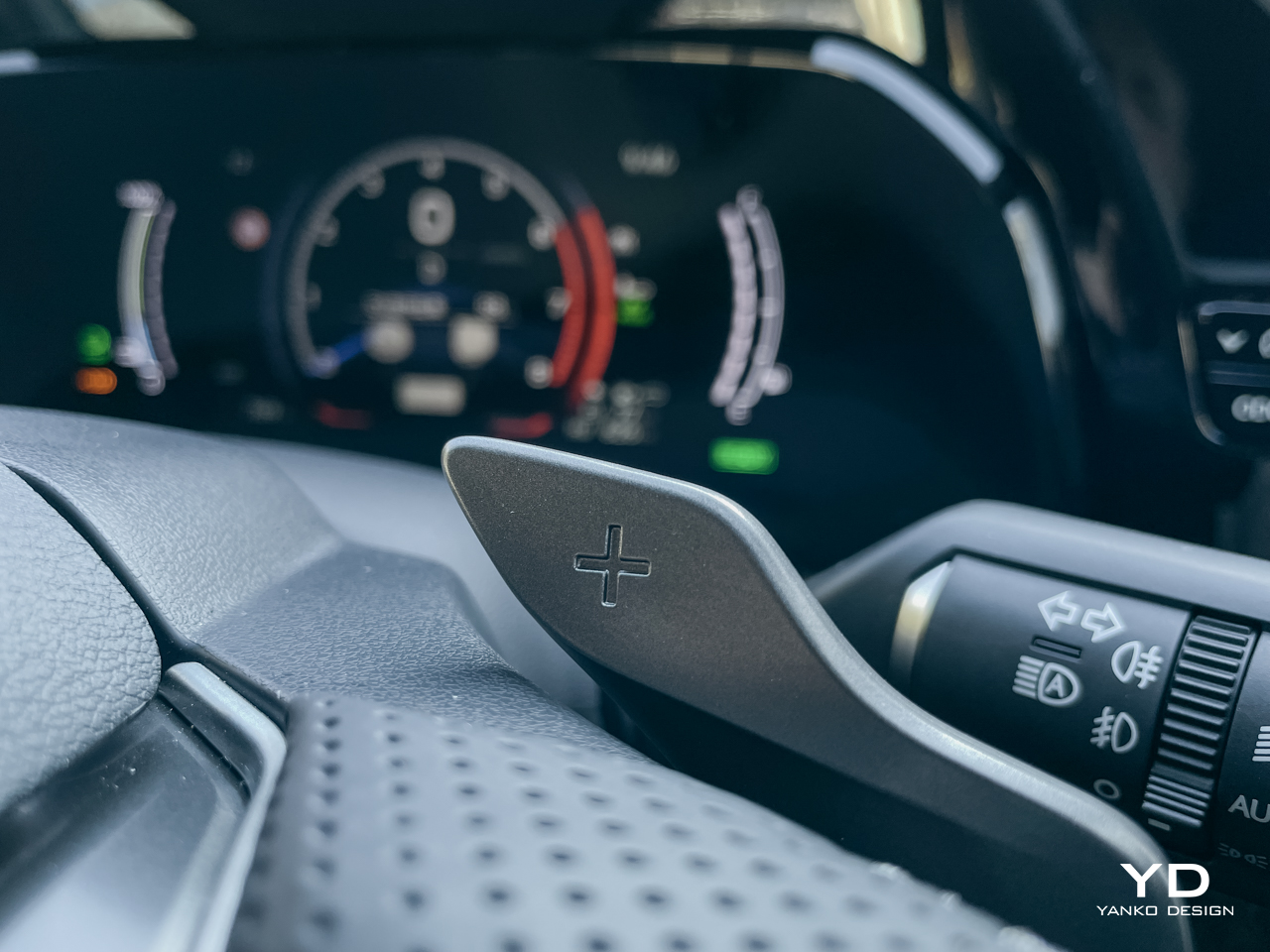
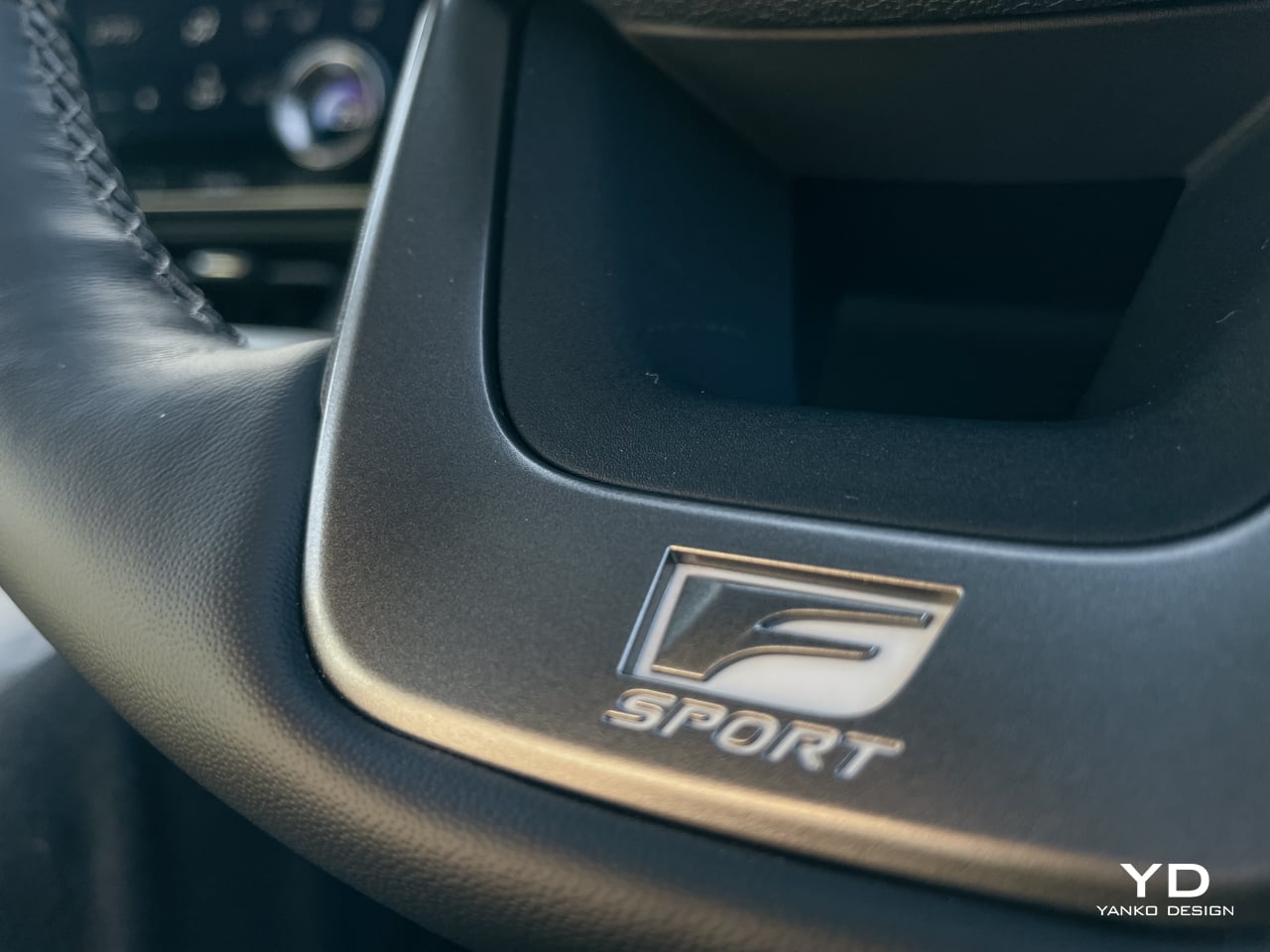

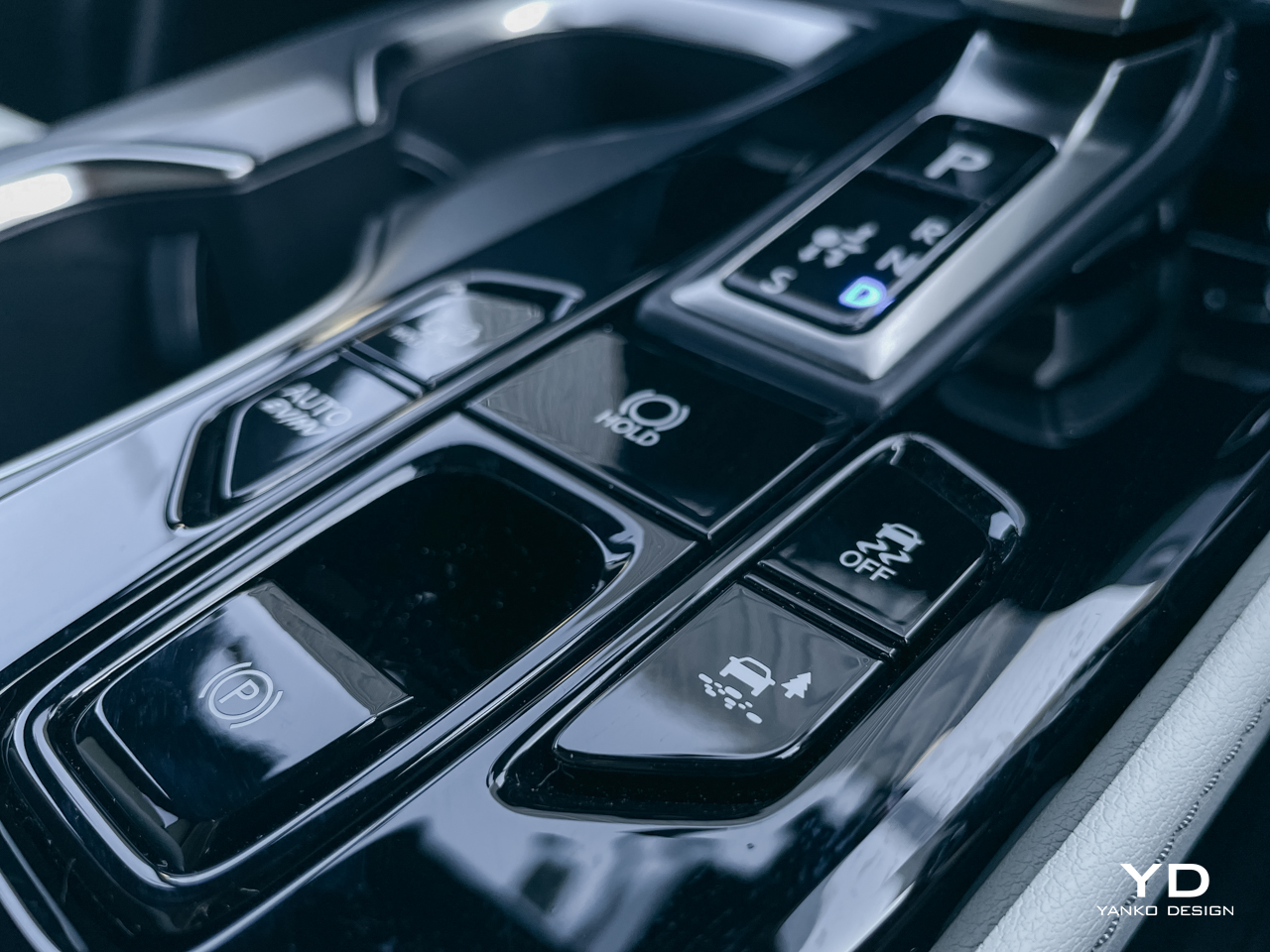
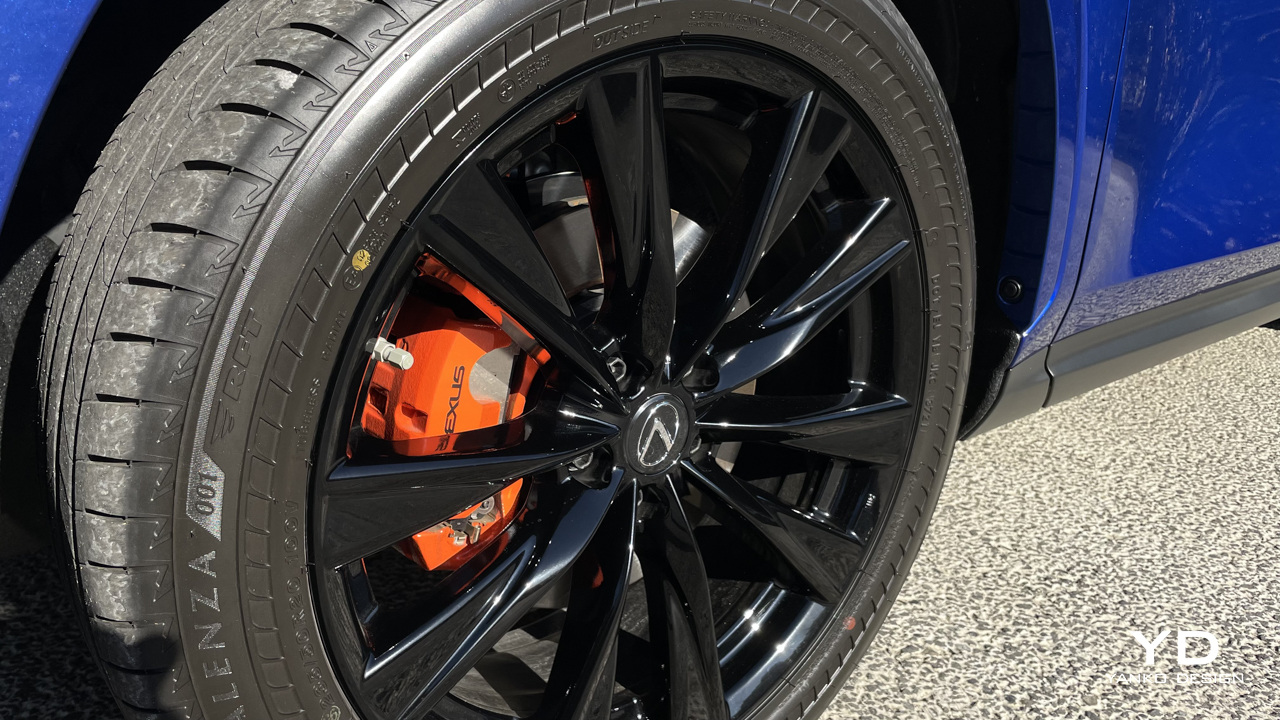
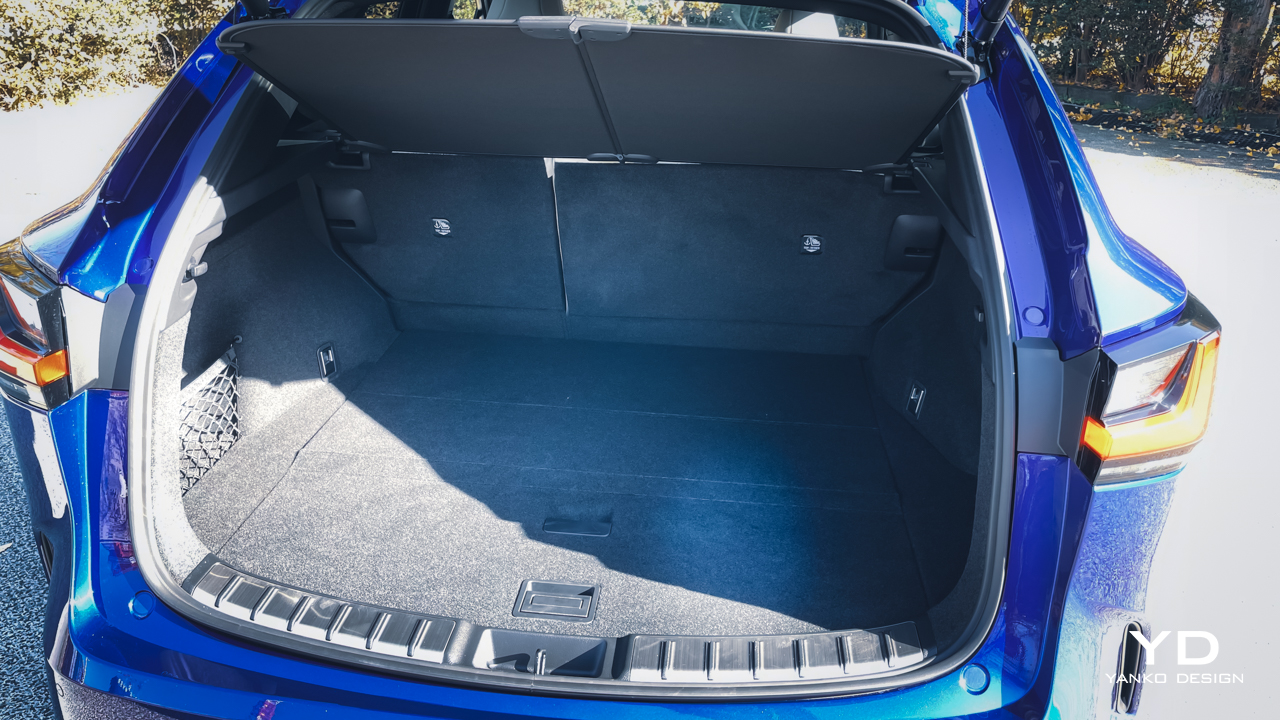
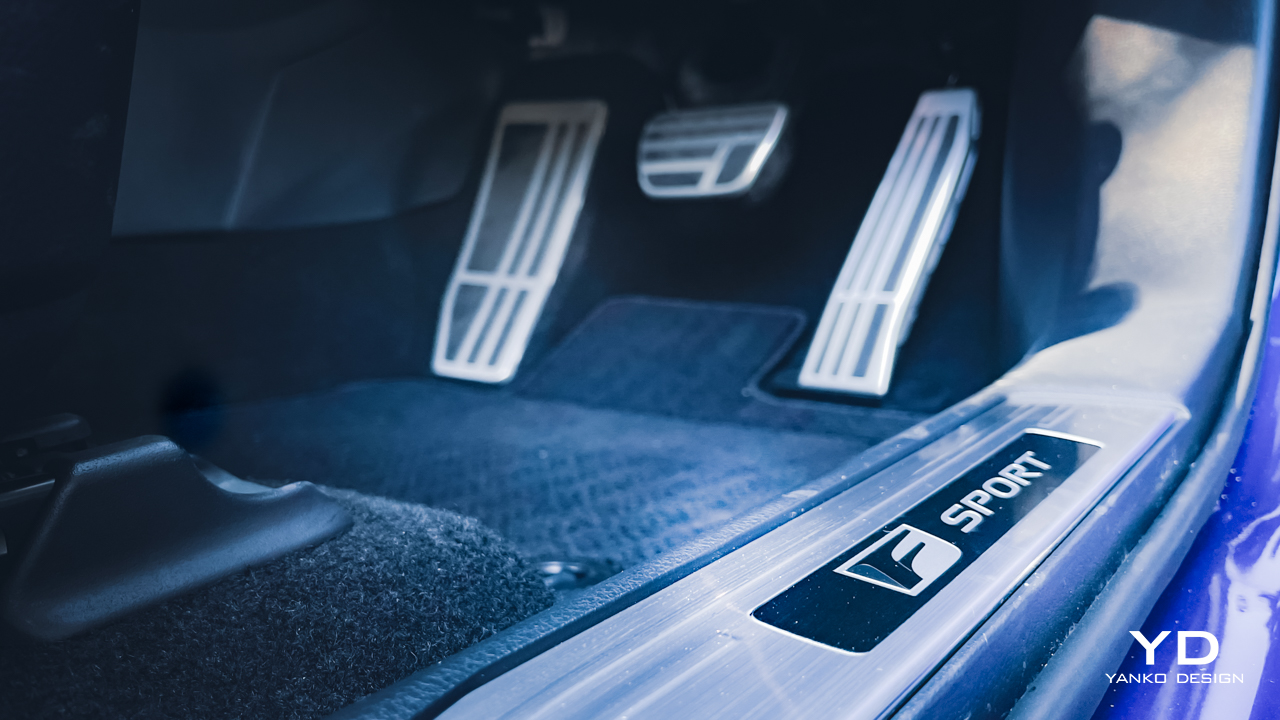
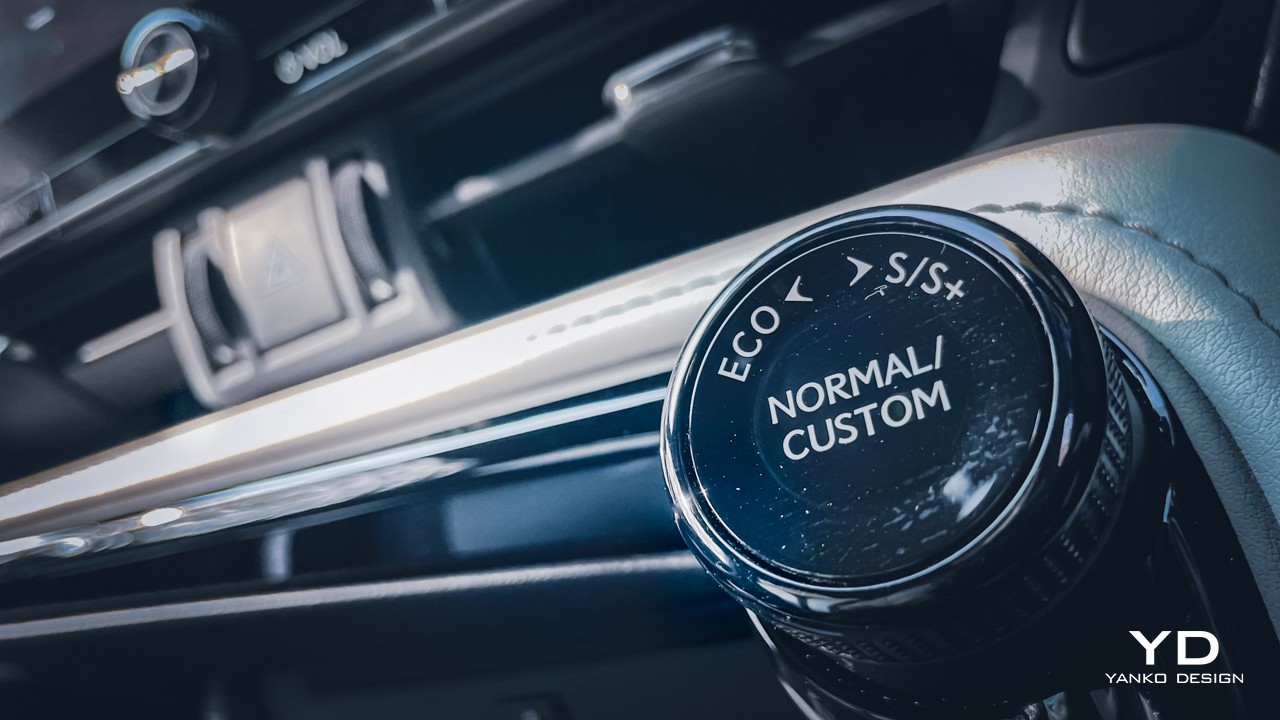
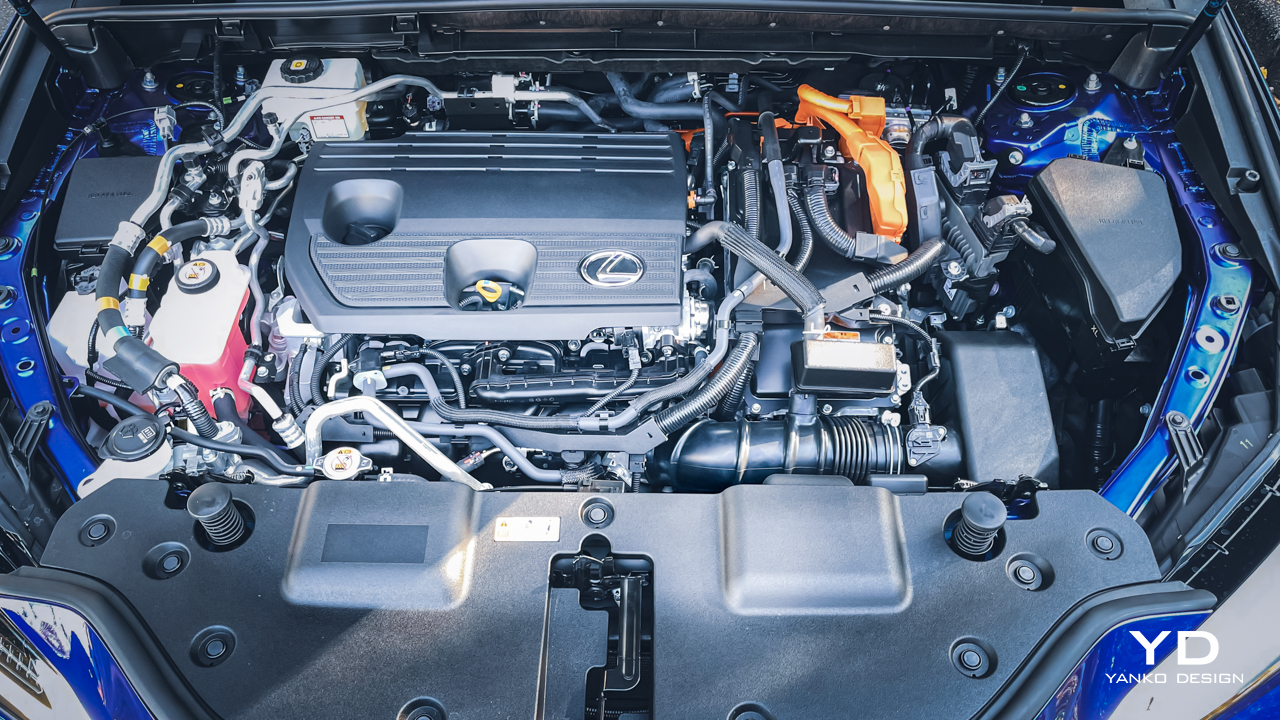
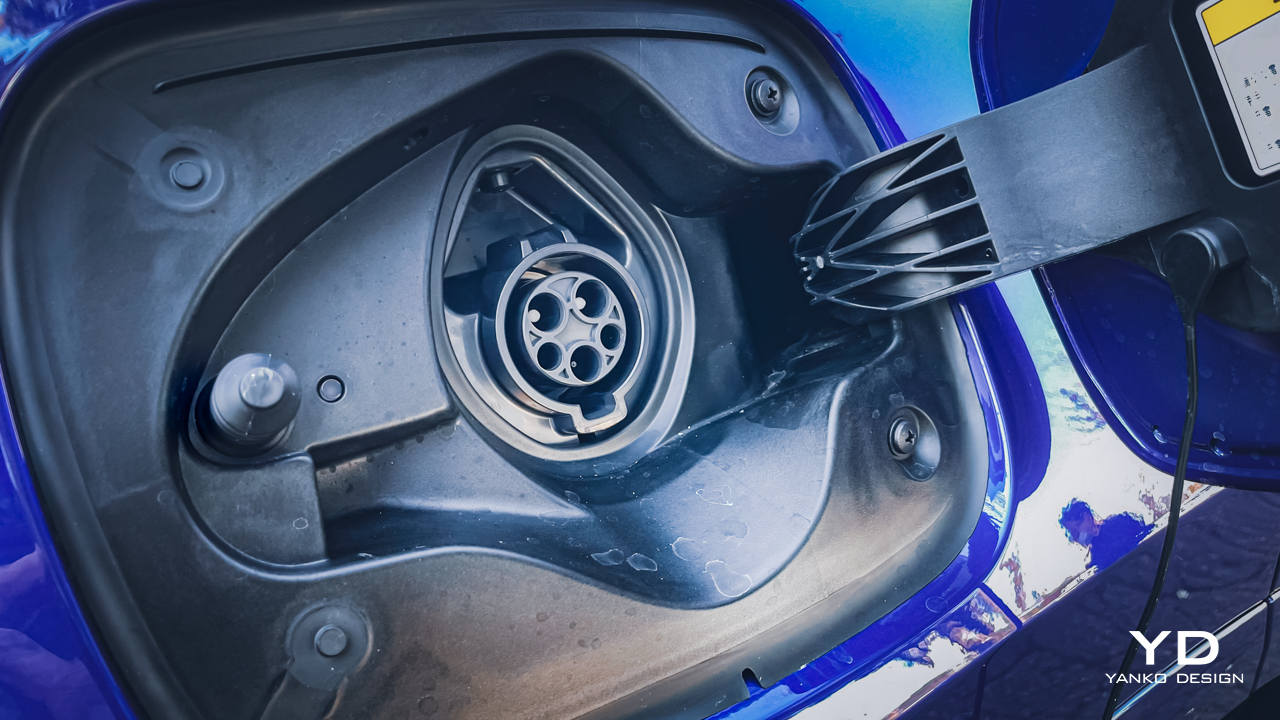
The post LEXUS NX 450h+ Plug-in Hybrid Review first appeared on Yanko Design.
